Sally and I decided to head north to put our Afrispoor Wildcat through its paces – besides we were getting bored sitting at home with the winter weather. We also wanted to check out a campsite in Mozambique close to the Pafuri border post between the Kruger National Park and Mozambique.
Our Route:
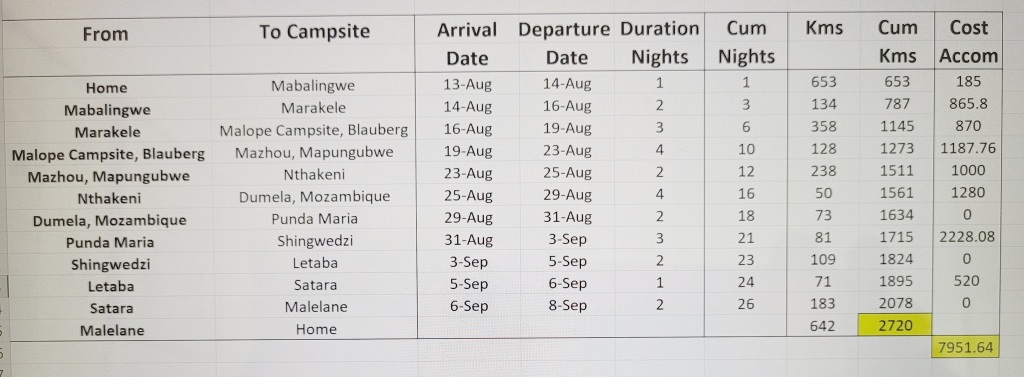
Mabalingwe
13 to 14 August 2023
Mabalingwe was chosen as an overnight stop on our way to Marakele. There is quite a lot of smart accommodation but It only has a 4×4 camp with 4 campsites.

On arrival we chose campsite “Olifant”. You can see from the video that it was rough going to get there.
Here is the entrance to the campsites with the ablutions on the left. It looks rough and ready but it was clean and had a donkey boiler.

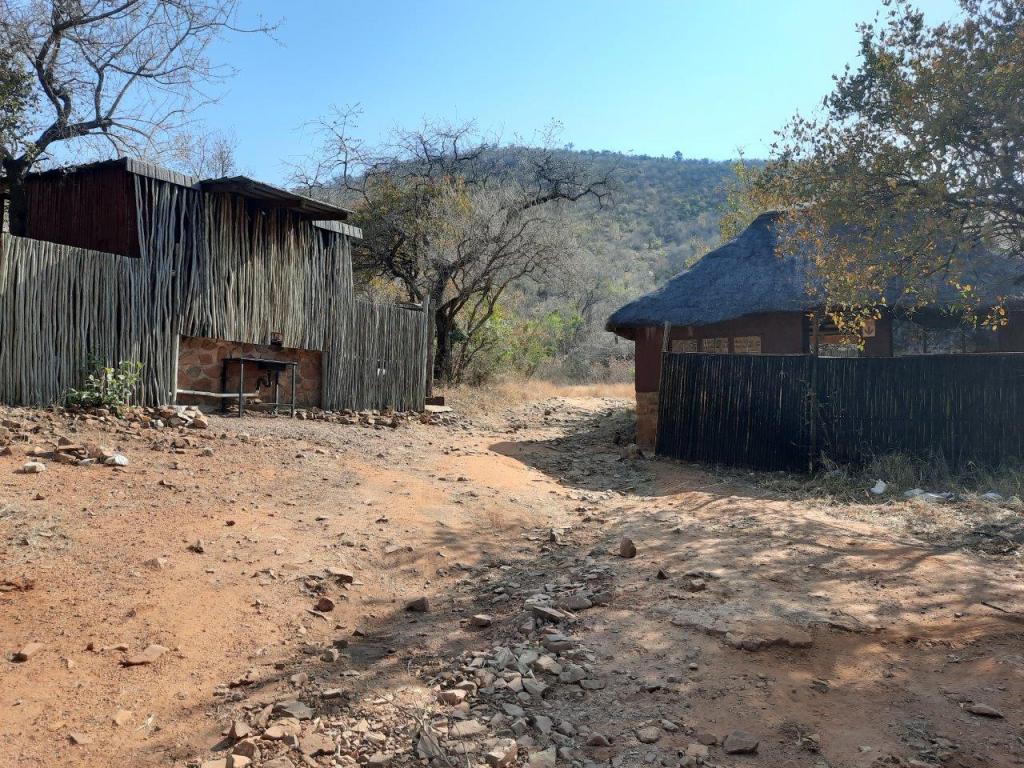
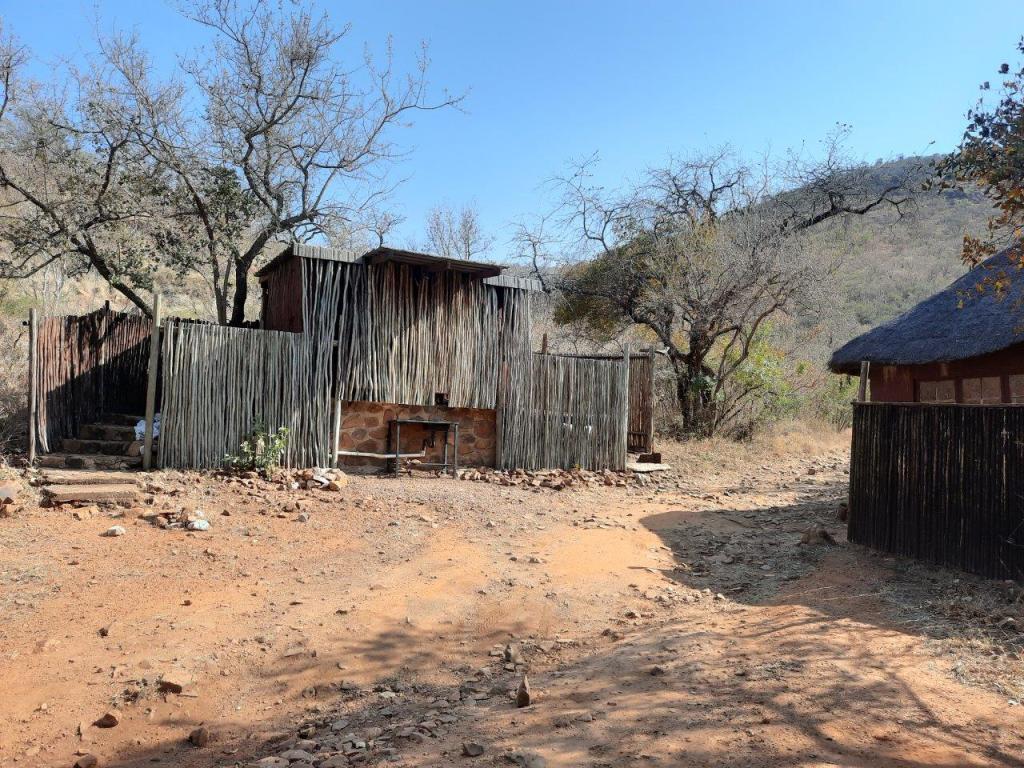
And our campsite:
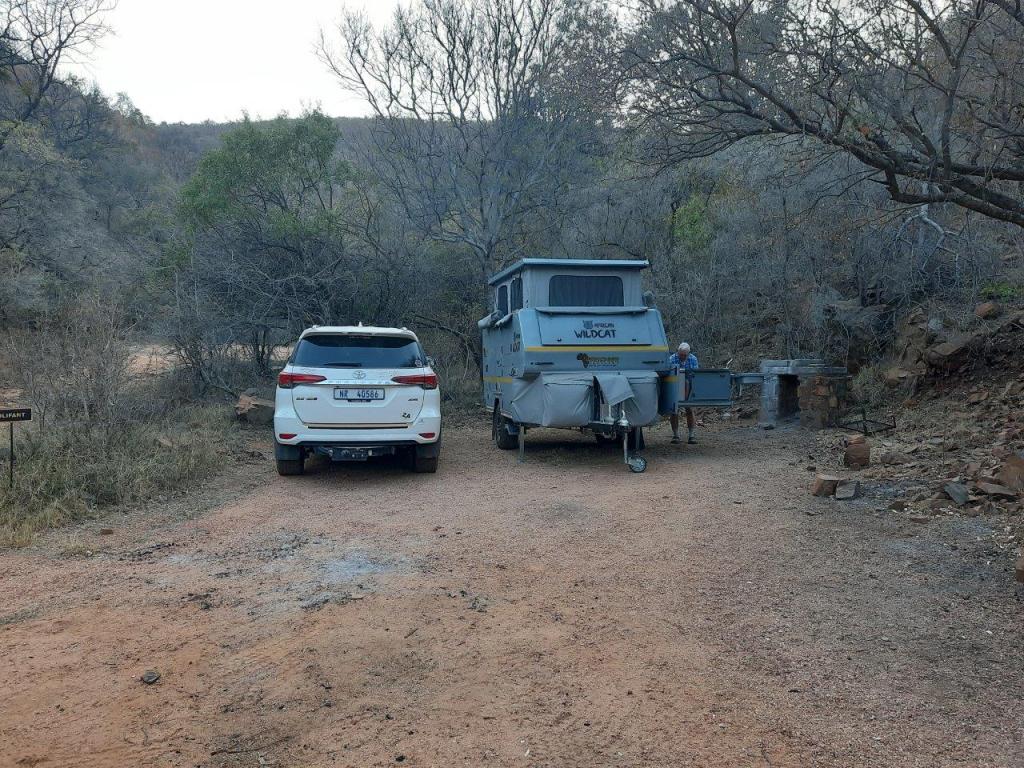
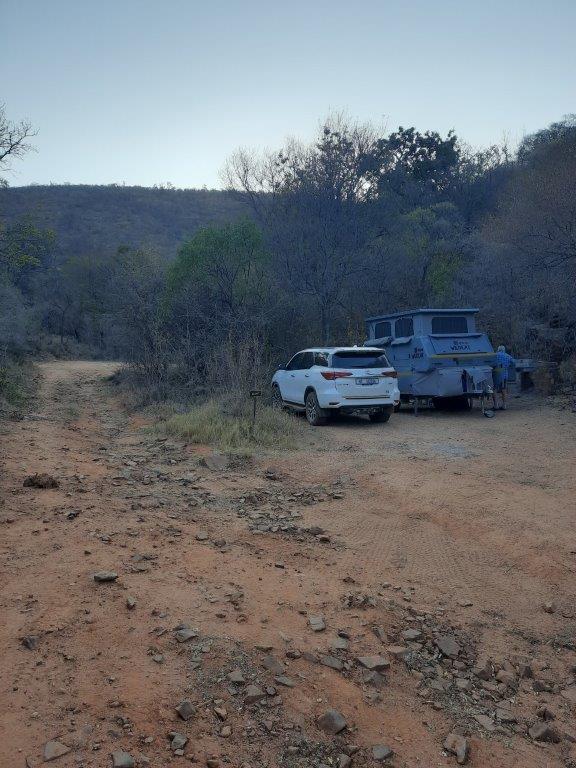

The game viewing area is relatively small but it does have a variety of habitats to explore.

Since we had a late afternoon and early morning there, we were unable to explore fully. However we did manage to travel north to see all the dams. Here are some of our photos from the time there – mainly of birds seen.
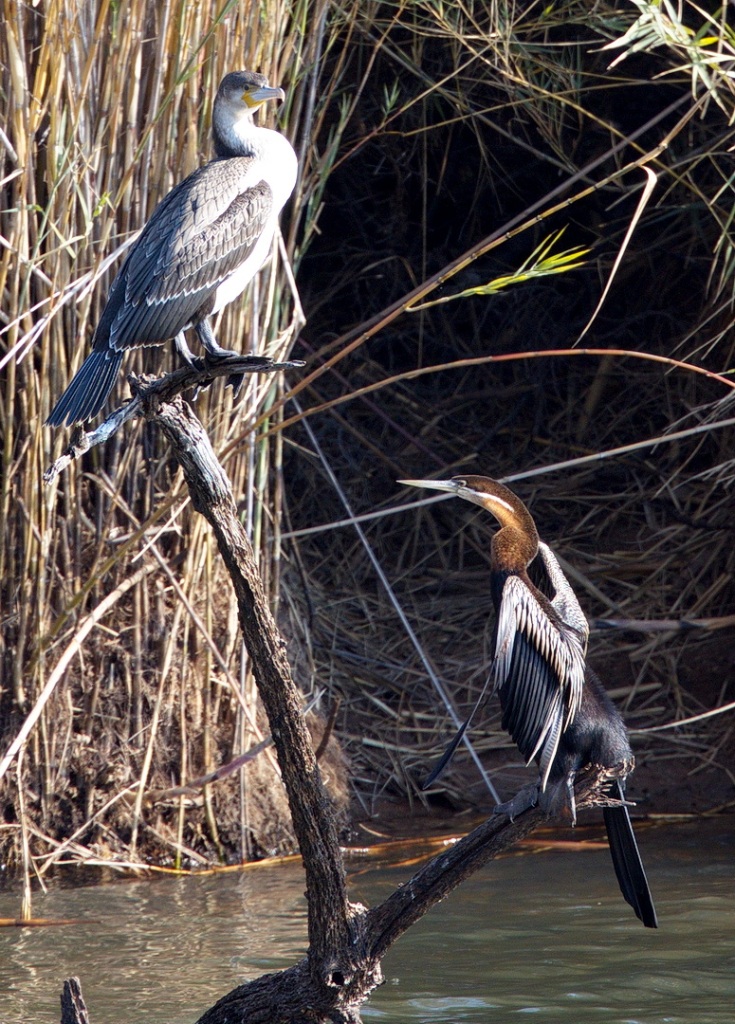


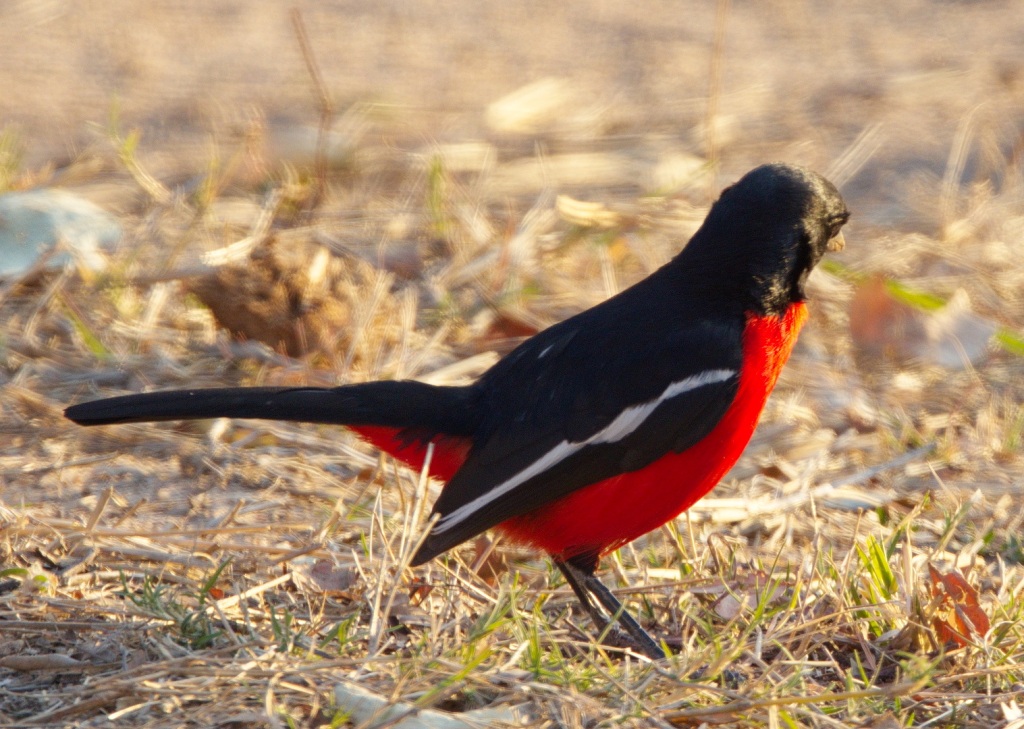


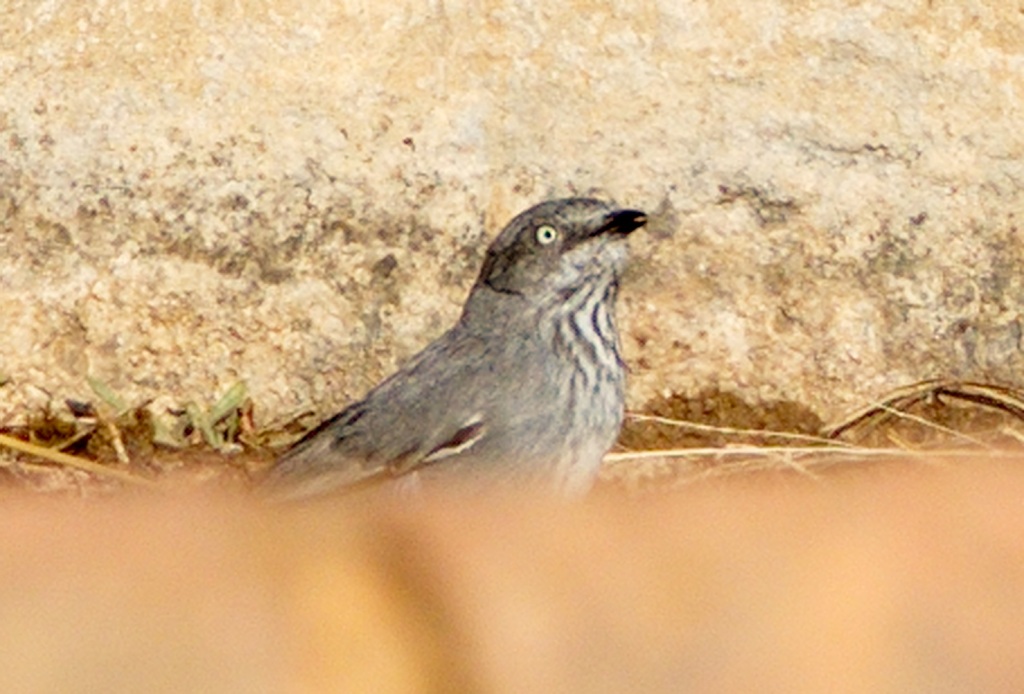
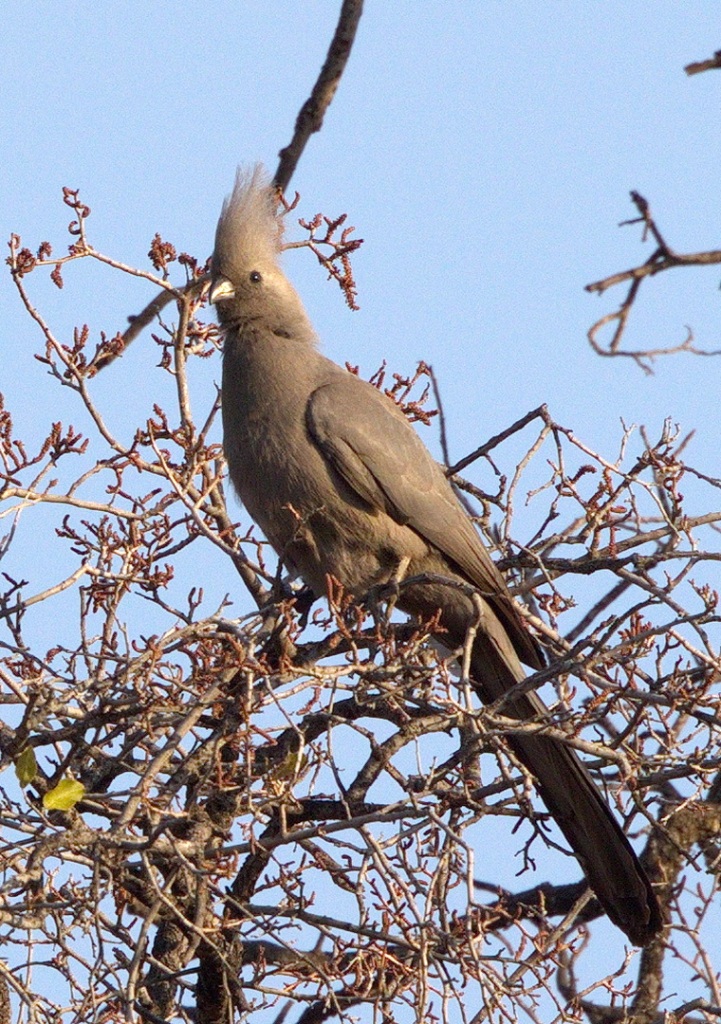
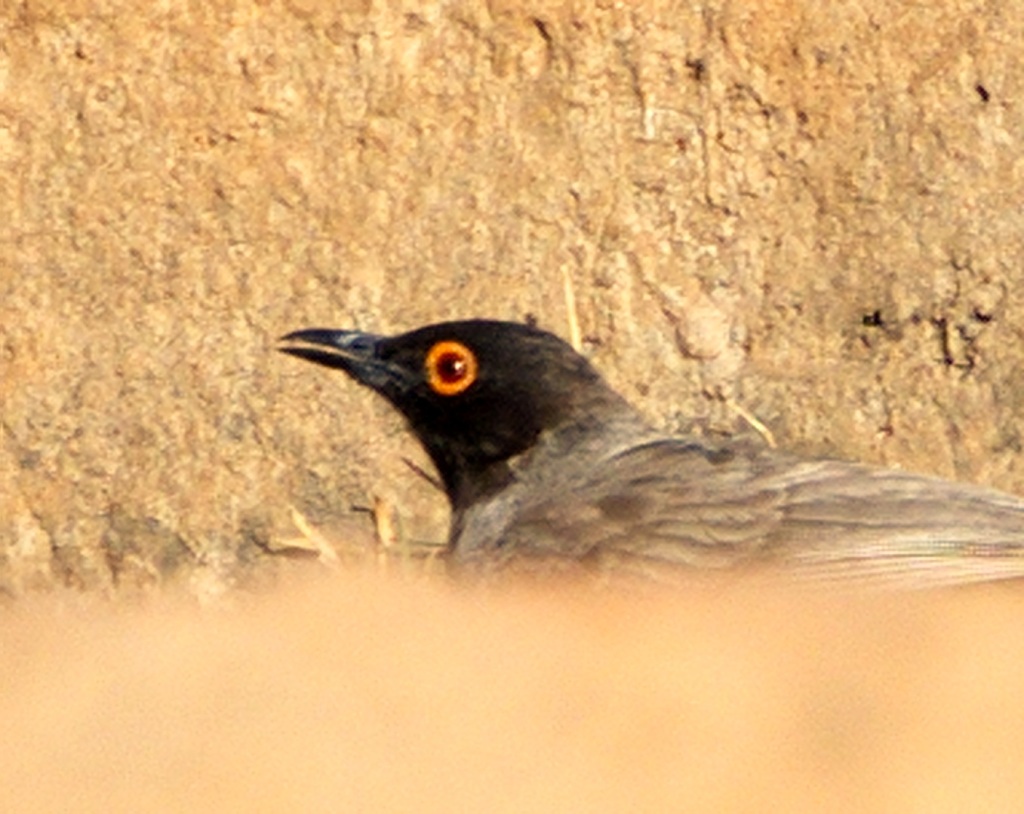
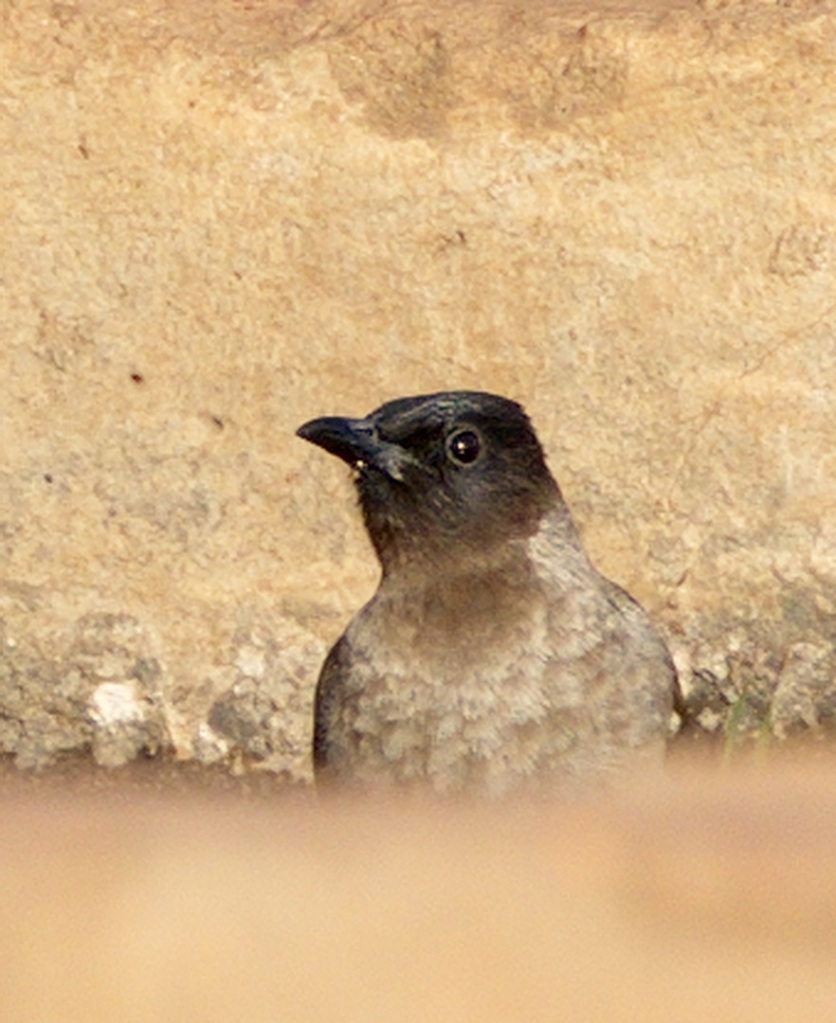


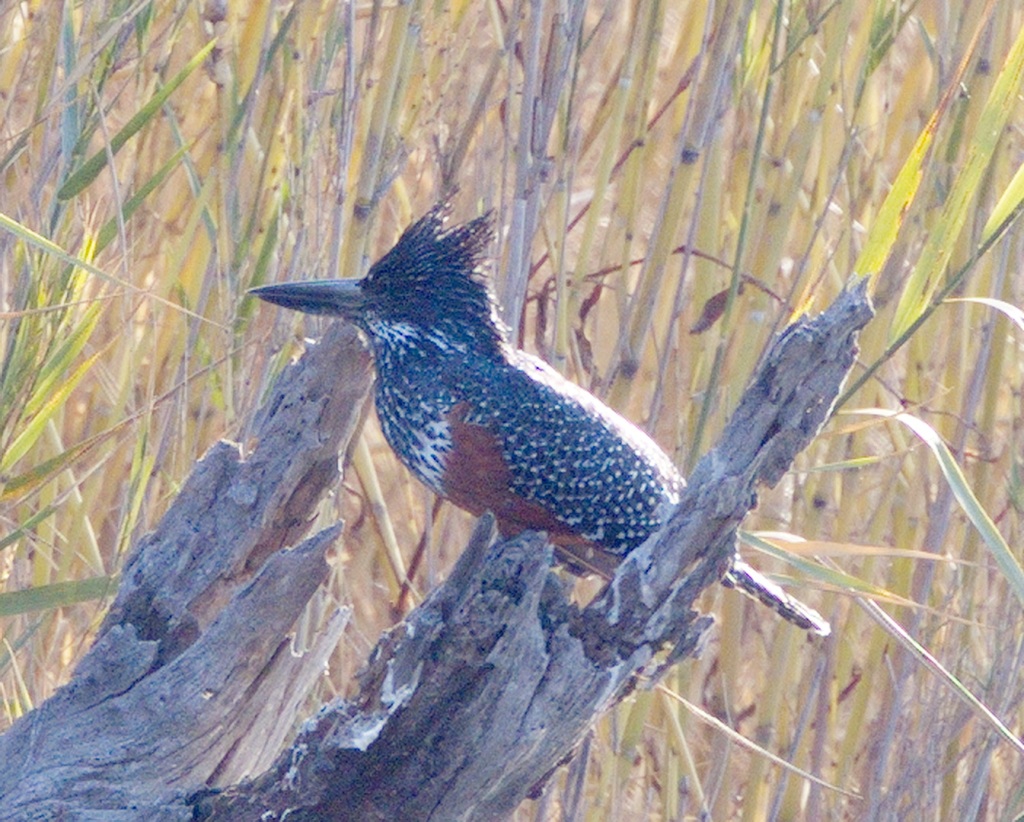


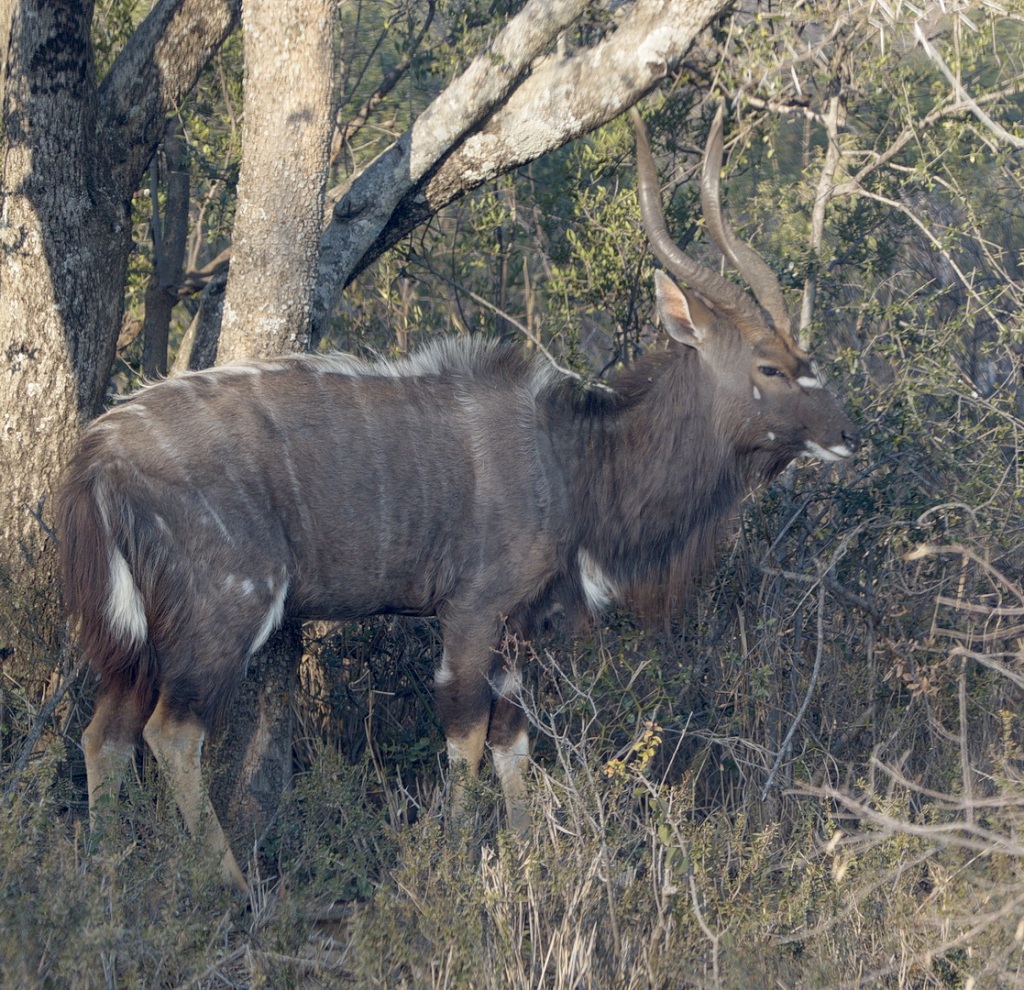
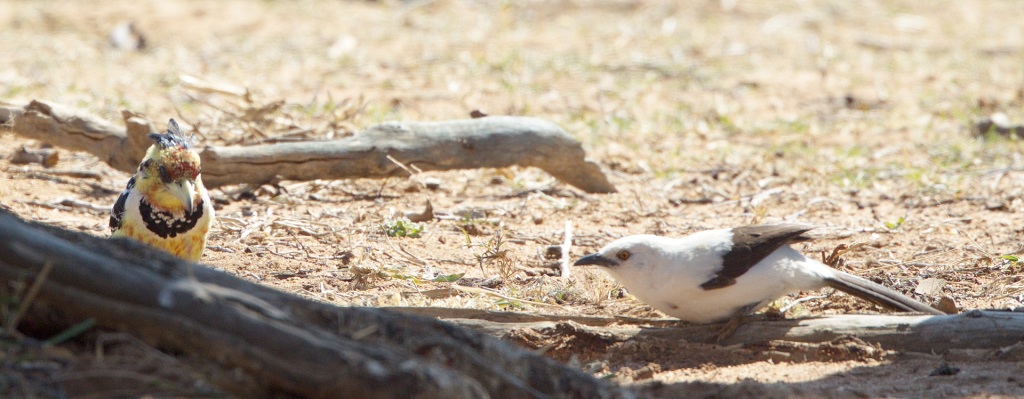
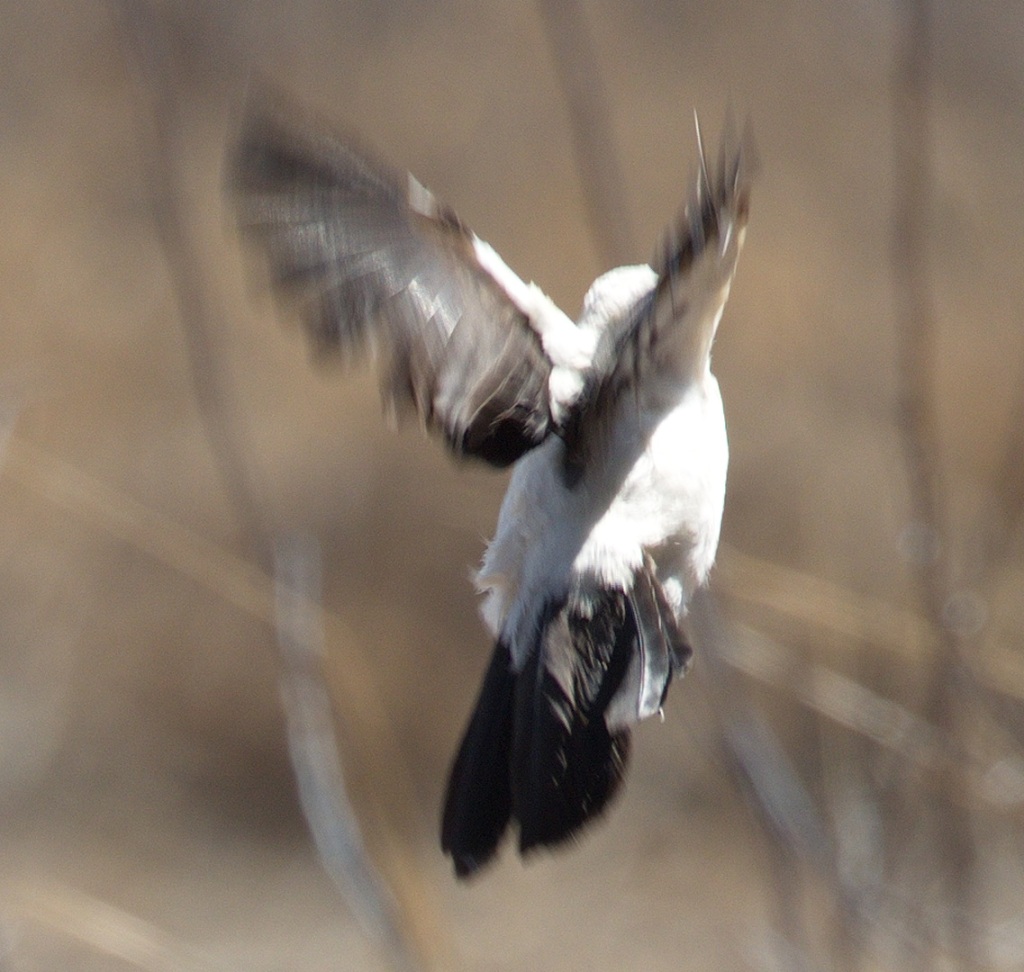




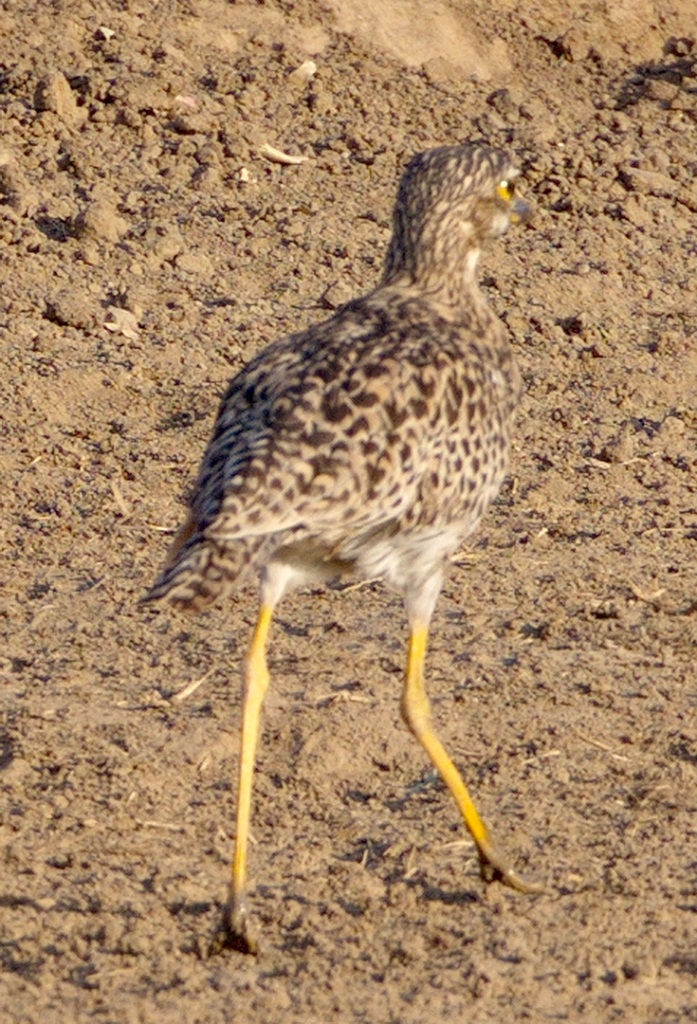
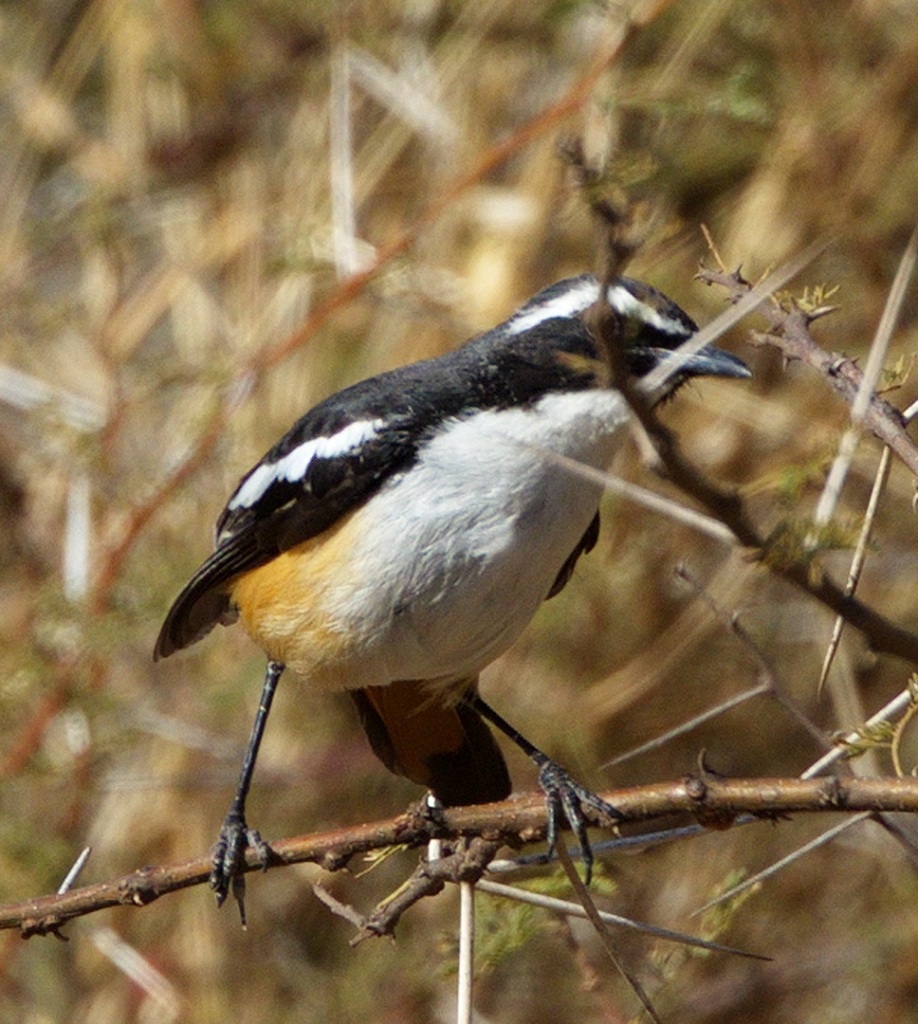
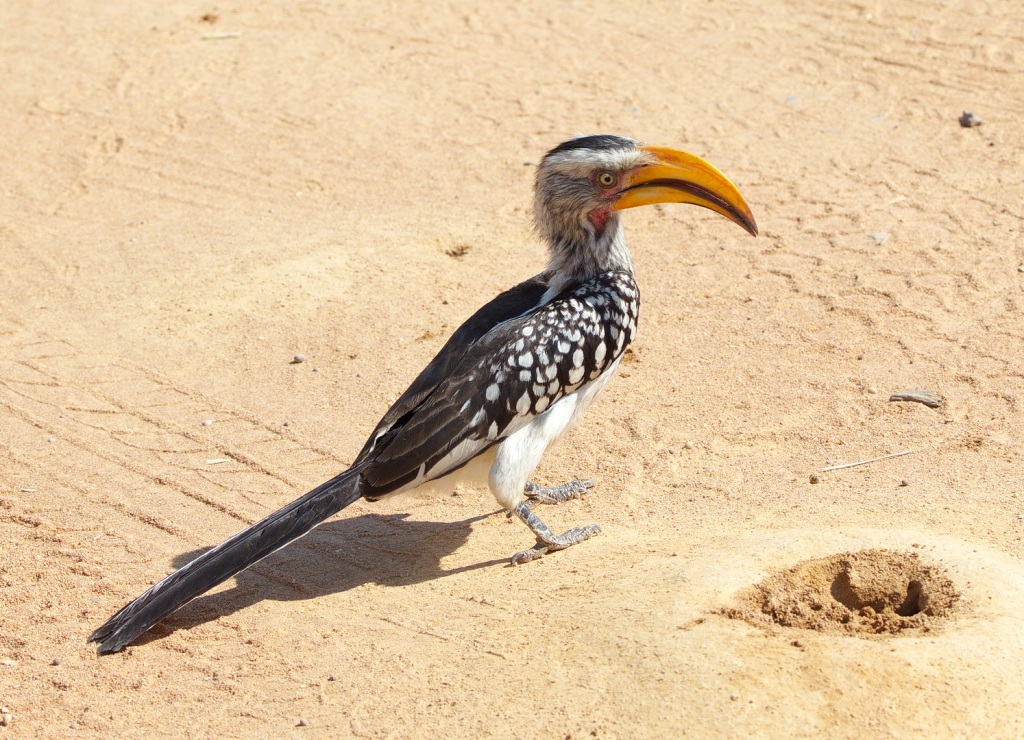
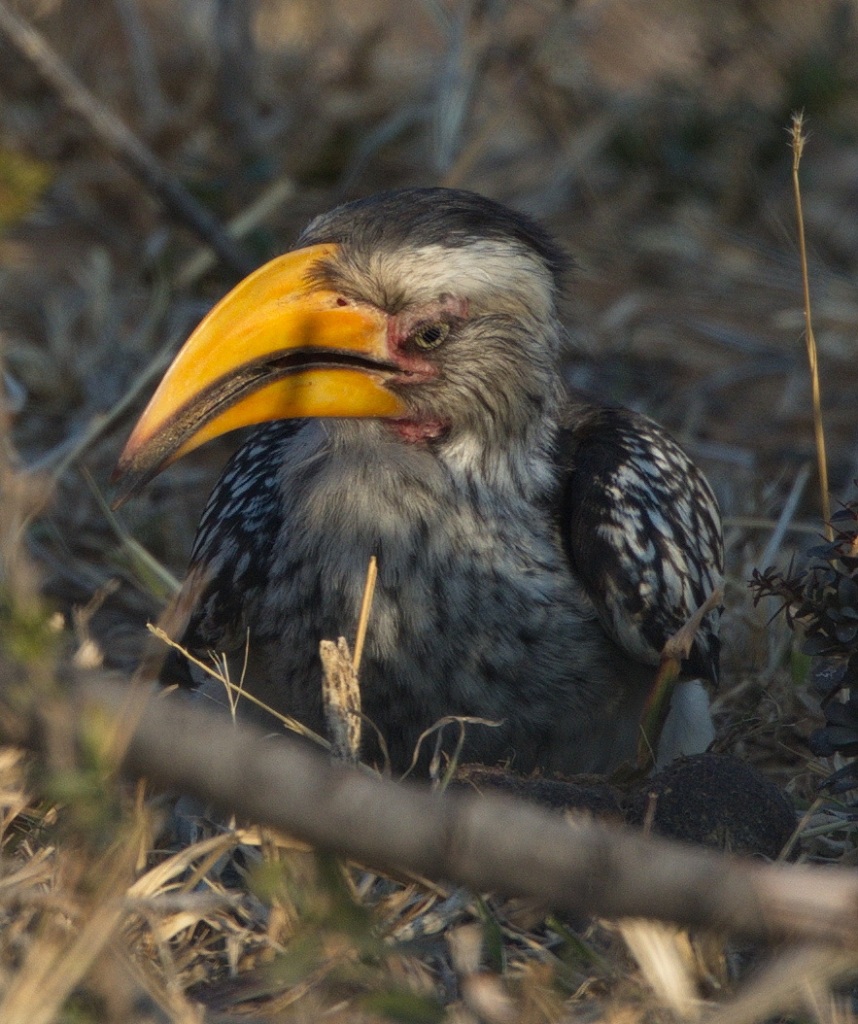
And then there were these splendid Violet-eared Waxbills.


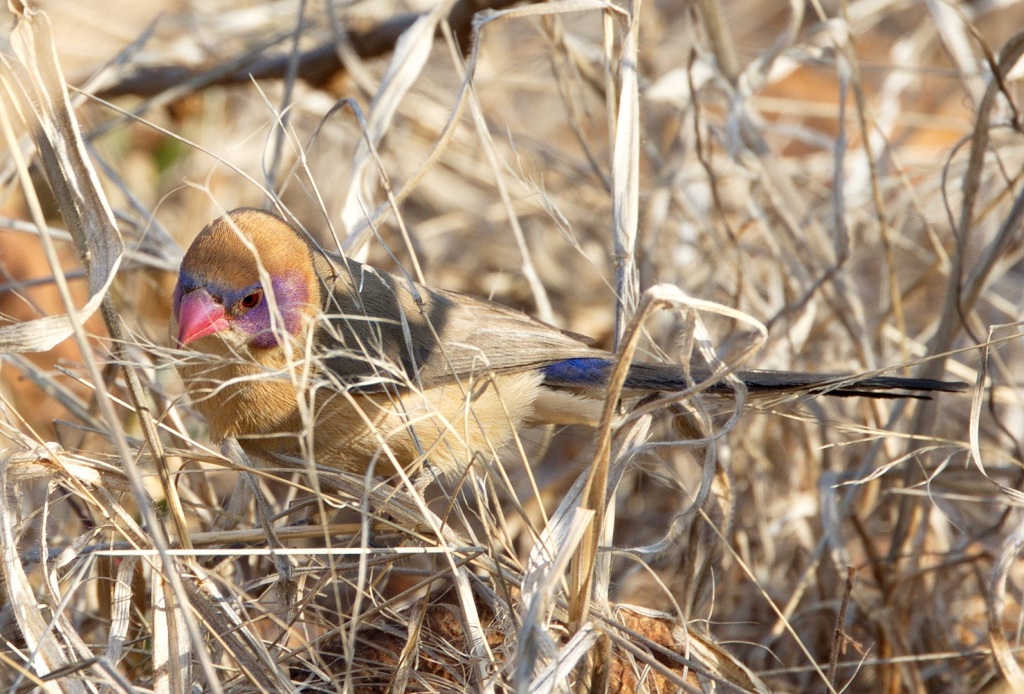
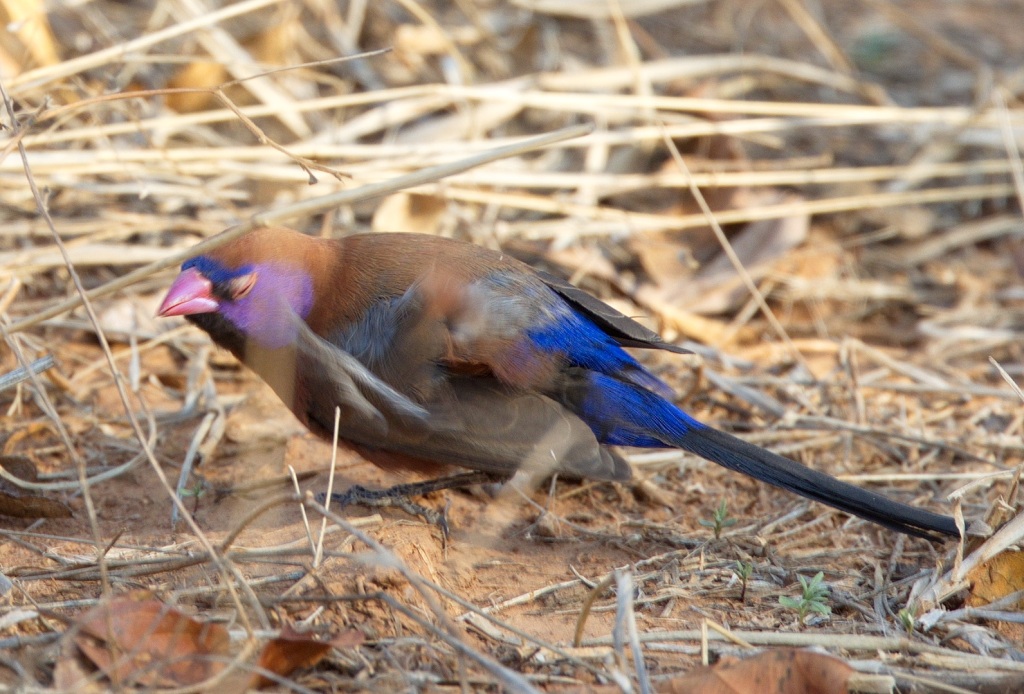
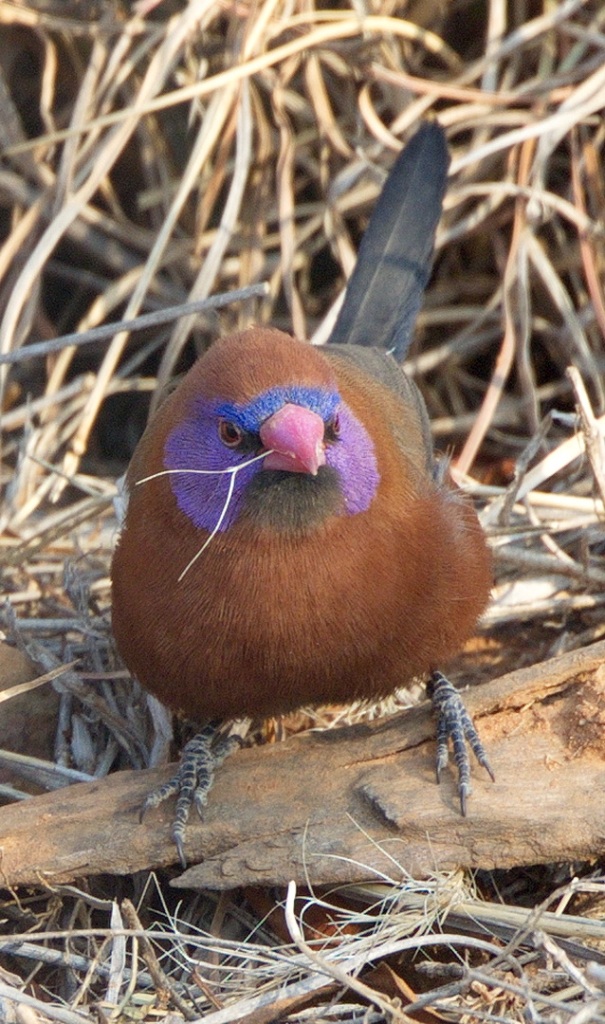
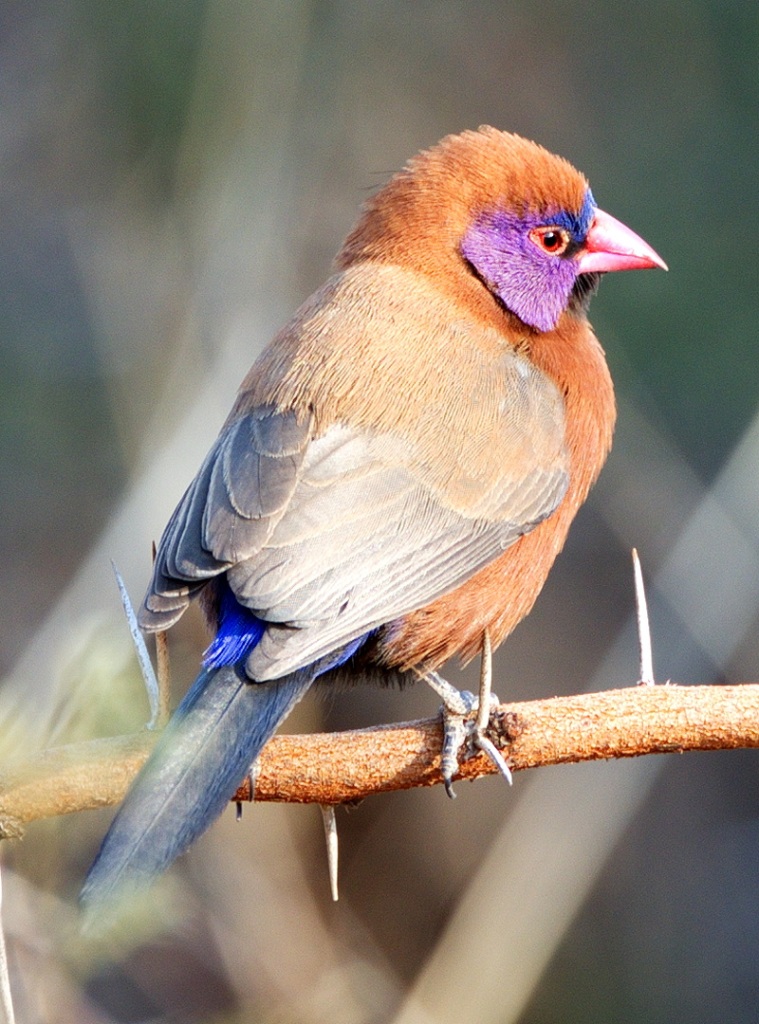
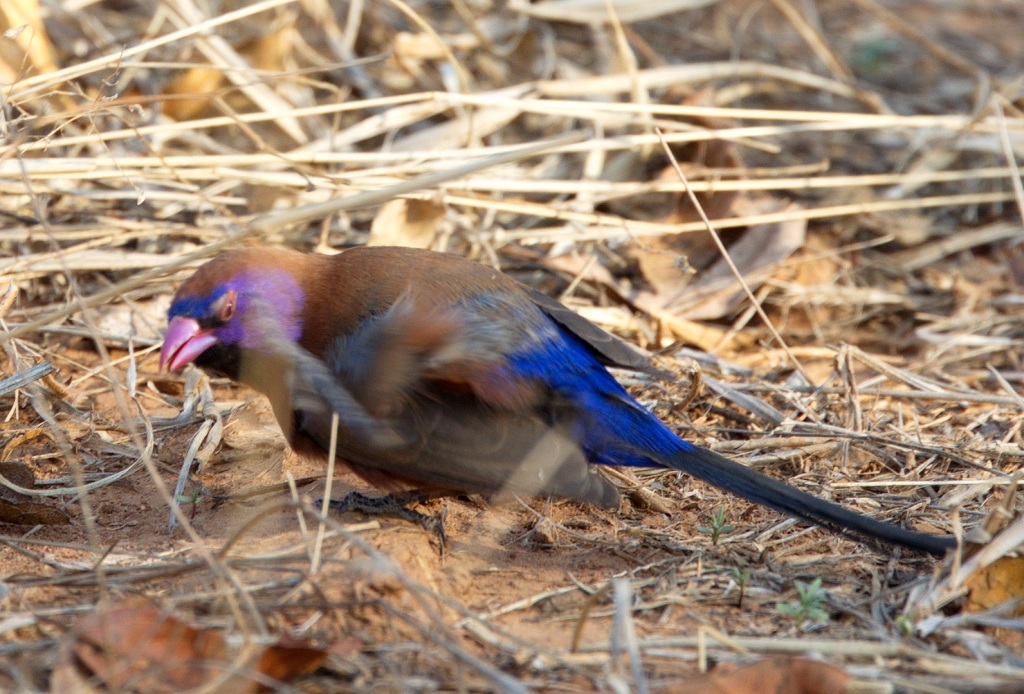
It seemed like no sooner had we got there that we were leaving. In future we would consider a 3 nigh stay to have a couple of days to explore more fully. In the short time we were there we recorded 55 different bird species.
Marakele
14 to 16 August 2023
Marakele National Park falls into two parts separated by a tunnel under a road heading north south. The campsite is on the western side of the park.
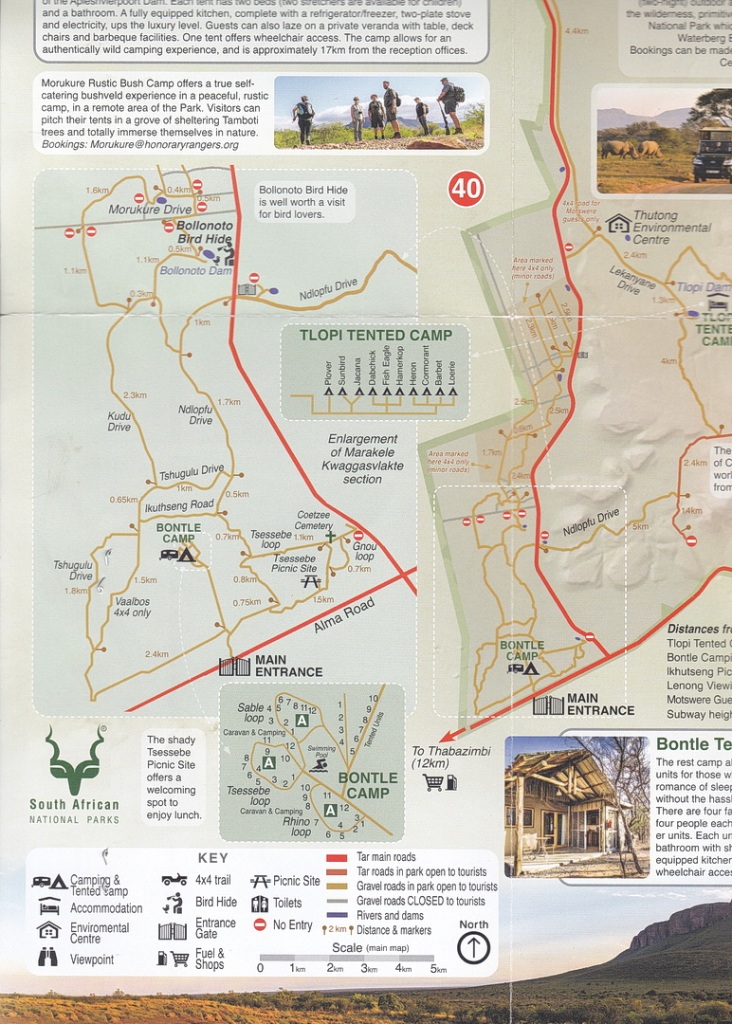

Bontle Campsite is shown in the left image. In the right image the road heading north near the entrance separates the two parts of the park. Ndlopfu Drive passes through the tunnel from the camping area heading to the Lenong Viewpoint up a steep and very narrow road. At the top you have an incredible view of the surrounding area.
The campsite is well kept with clean ablutions and hot water. The campsites all have power. There is also a pool.
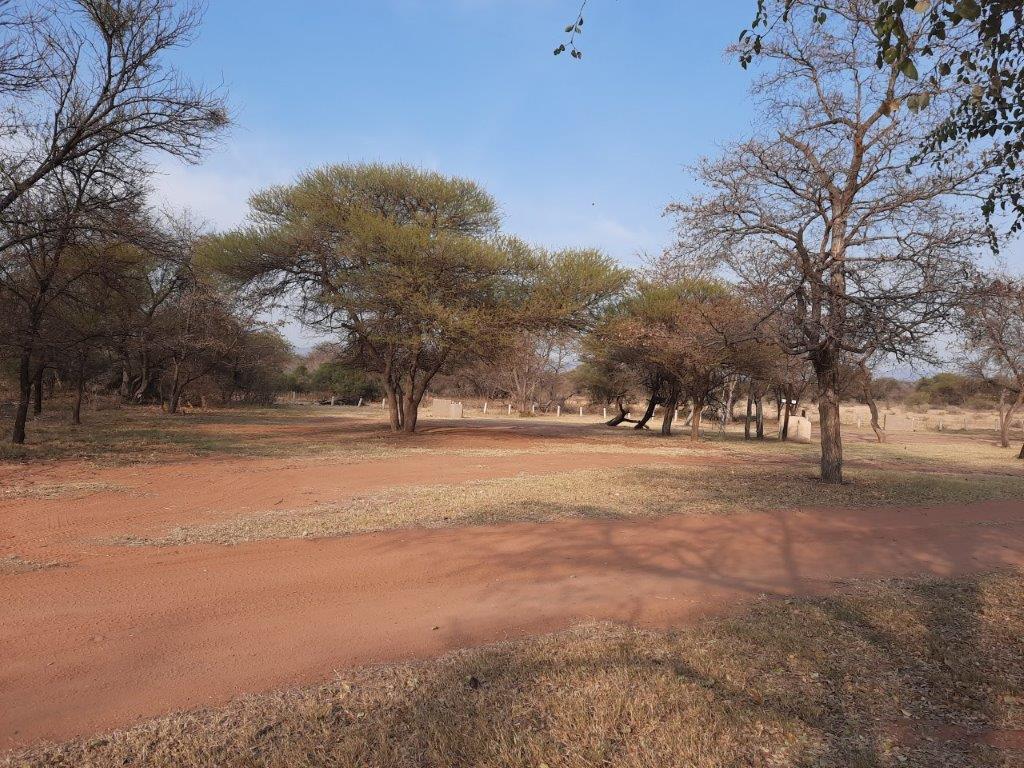


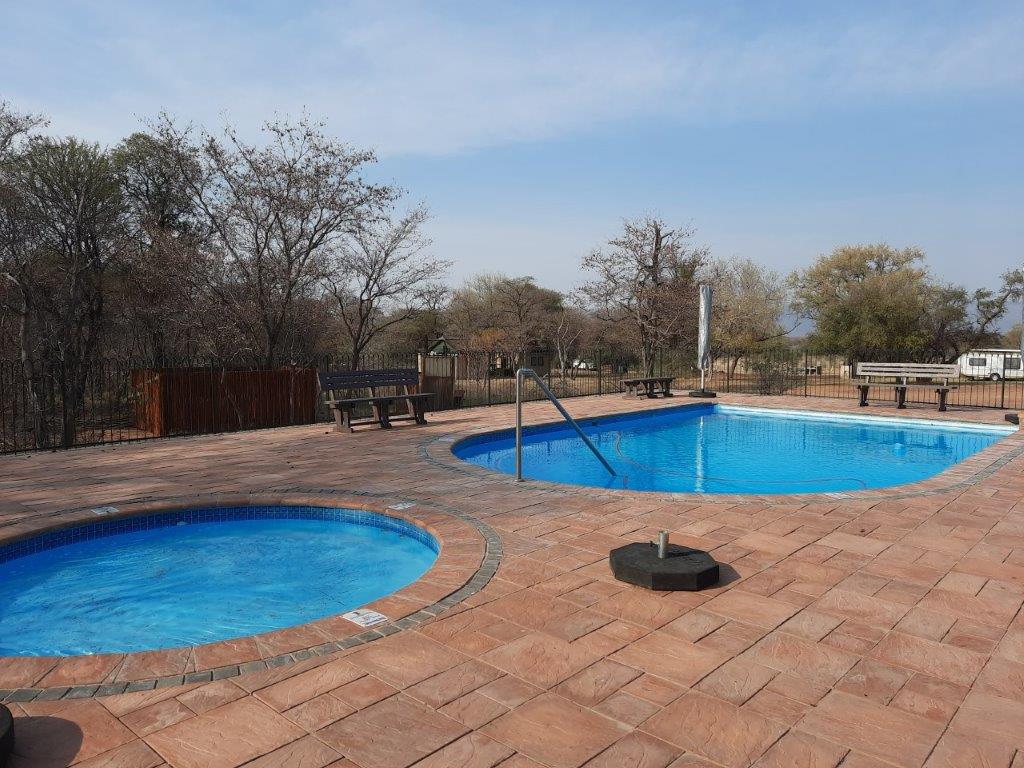
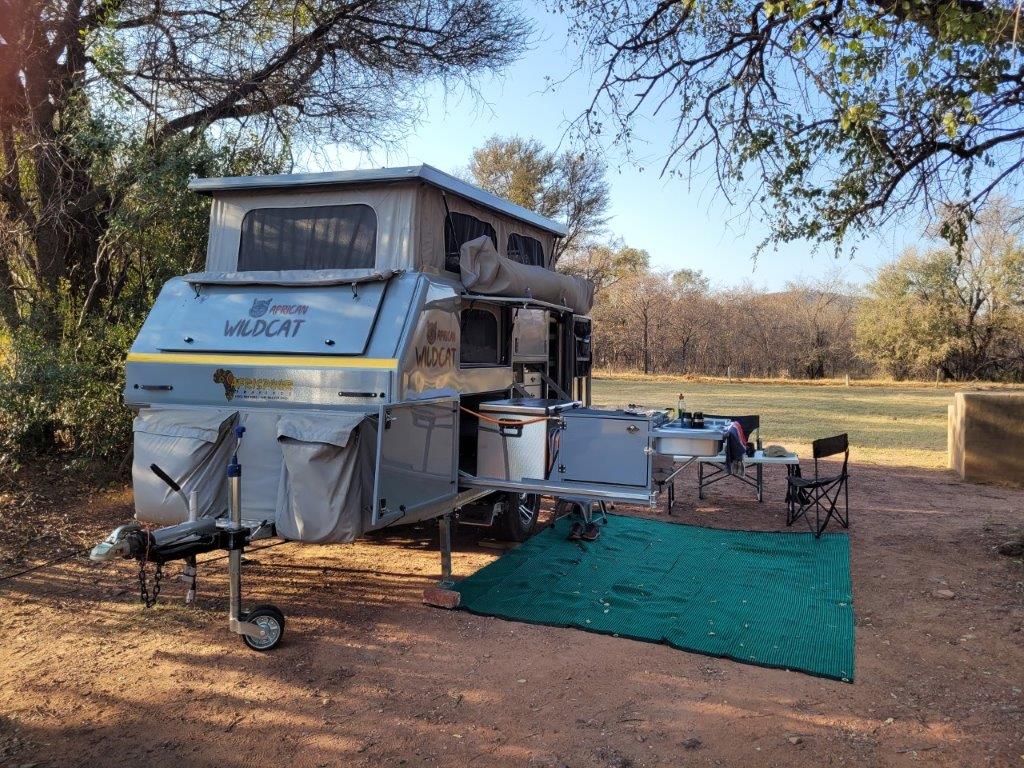
Once we set up camp we had that afternoon and one full day to look around. We spent the first afternoon on the western side. The habitat was very dry and dusty. Not surprisingly there were few animals about.
The following day we headed to the tunnel to take Ndlopfu Drive to go to the Lenong Viewpoint. As we got close to the tunnel, we let another vehicle pass. It too was headed our way. When we arrived at the tunnel, we saw that they had stopped immediately after the tunnel, and we wondered why. As we exited the tunnel we realised they had waited for us to come through.
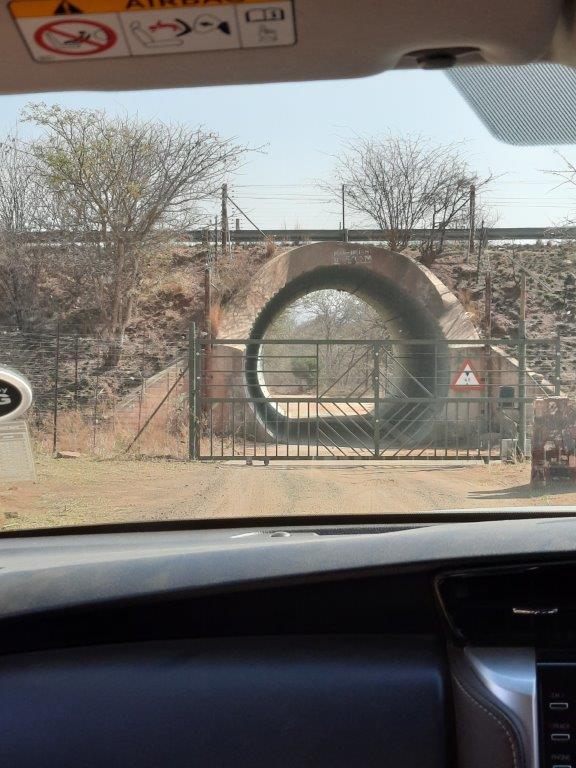
And the reason why became apparent. Lionesses were trotting up the road ahead which quickly disappeared into the bush. Not far, further along, we bumped into five Buffalos scampering through the bush beside us. A little further White Rhinos were grazing on a hillside.

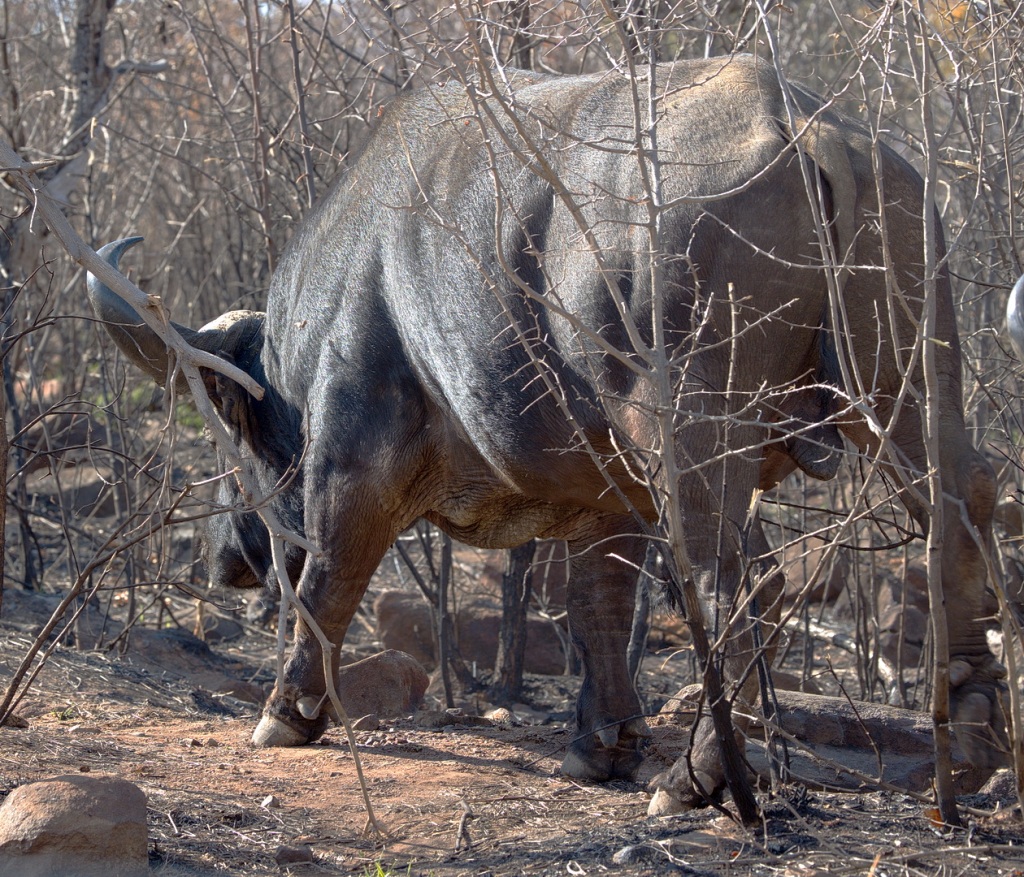
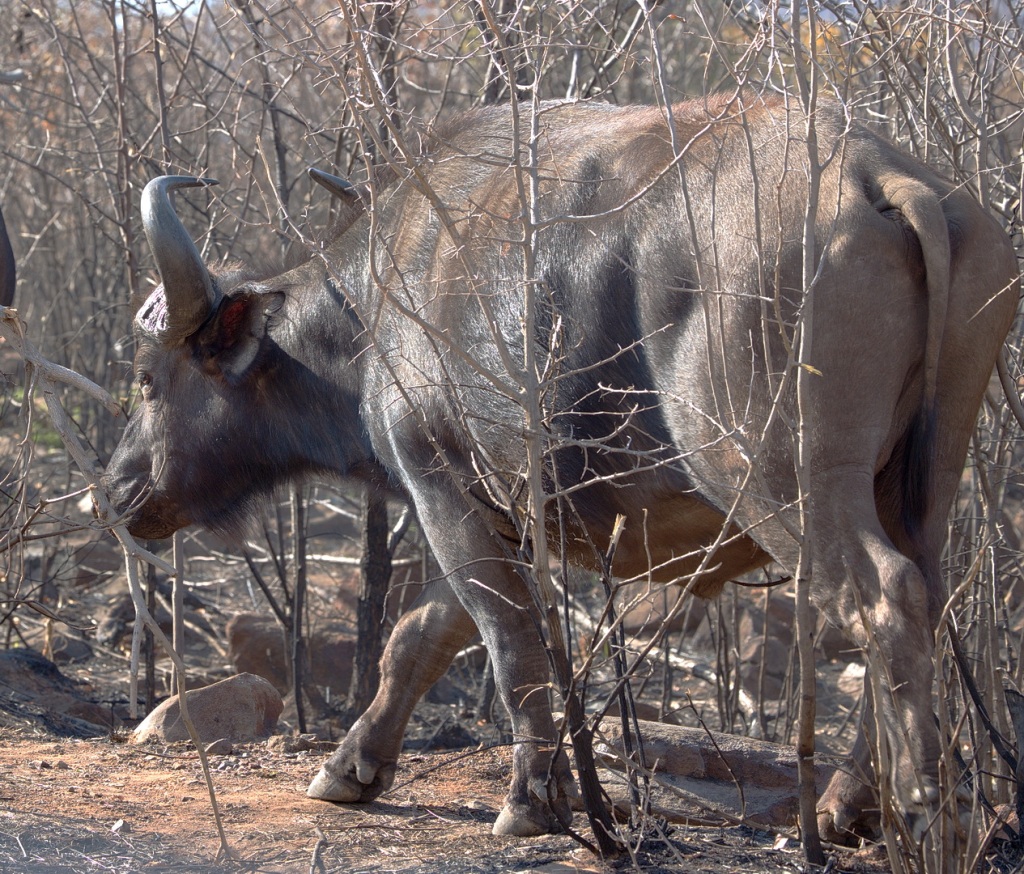

Then came the drive up the narrow and steep road to the summit. Wide enough for one car with the odd area where the road had been widened to allow two cars, coming in opposite directions, to pass.
And then we got to the top. Windy and cool. Great views all round.
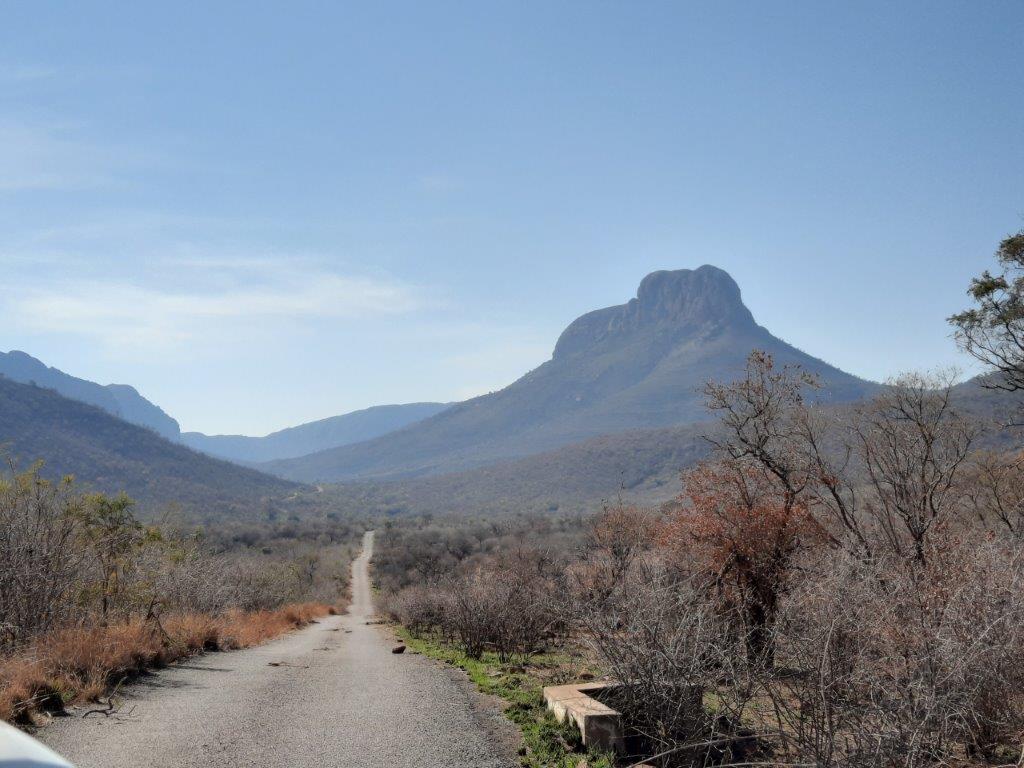
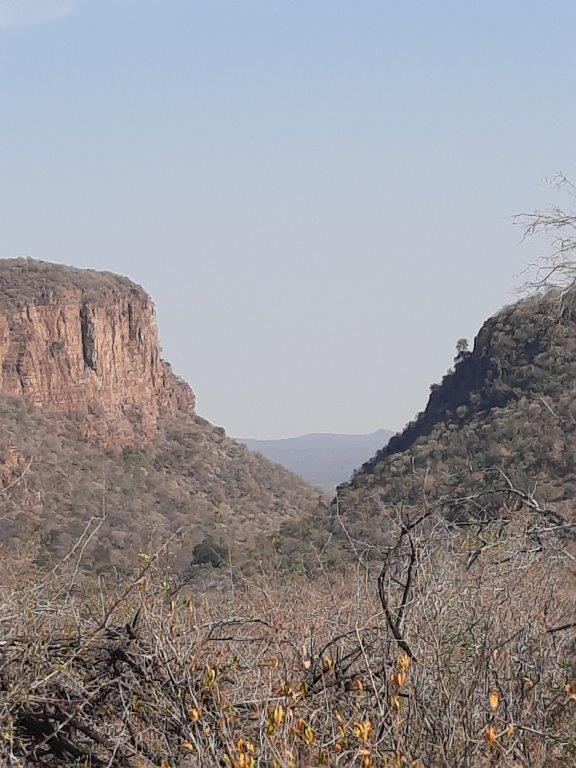
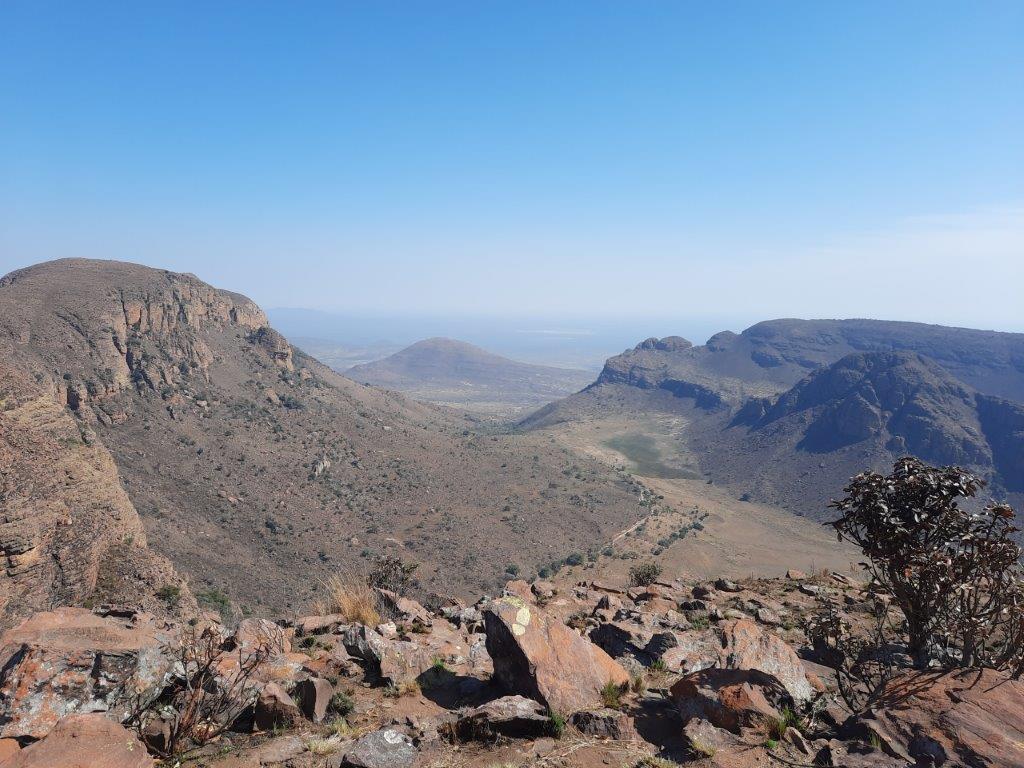


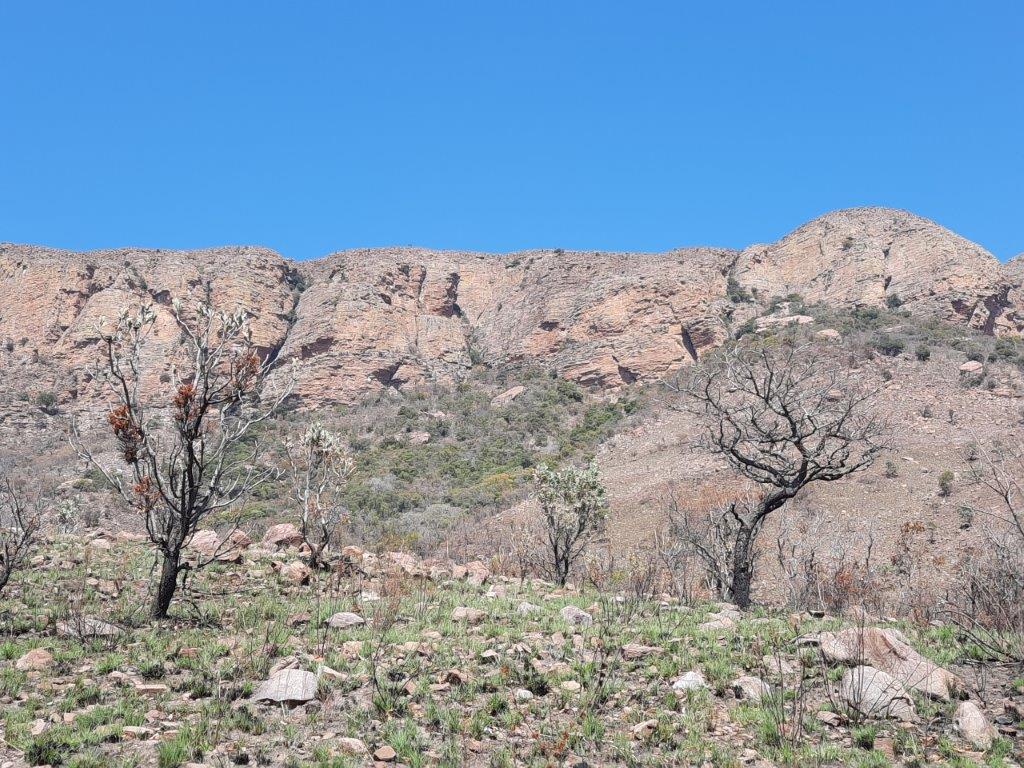
The only birds we saw at the top was a small gathering of Cape Vultures
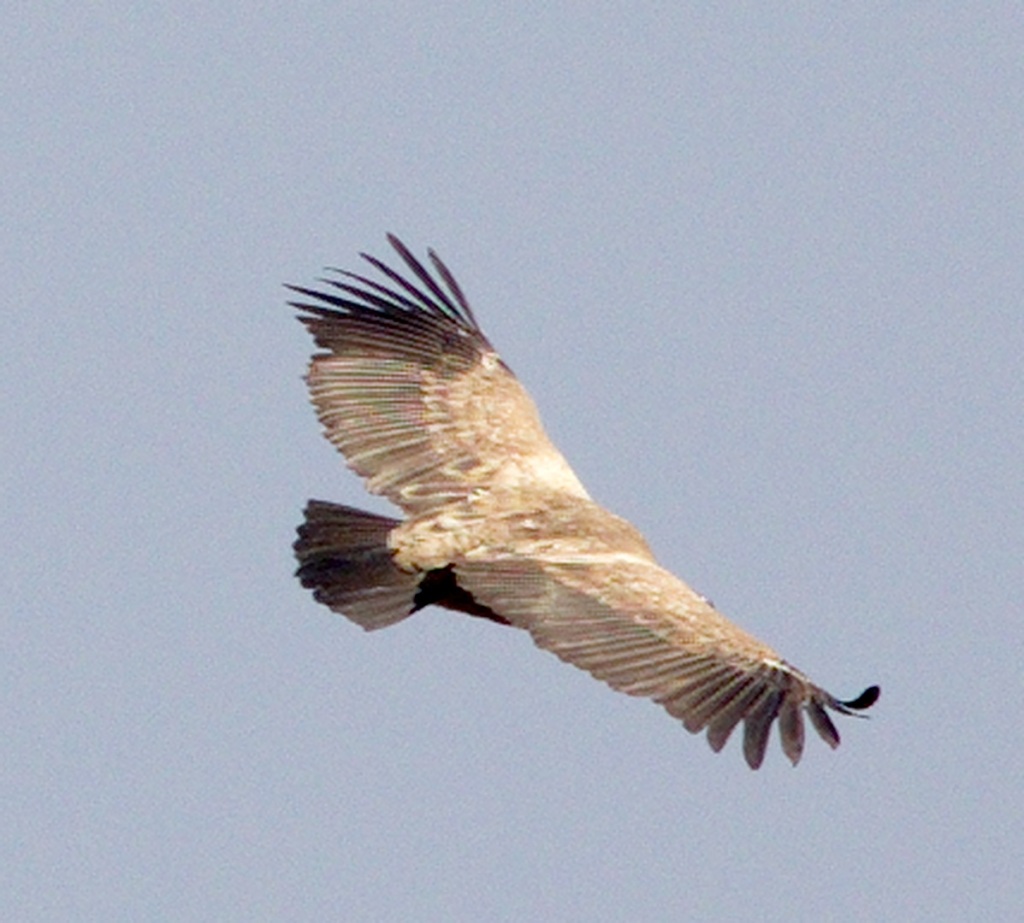
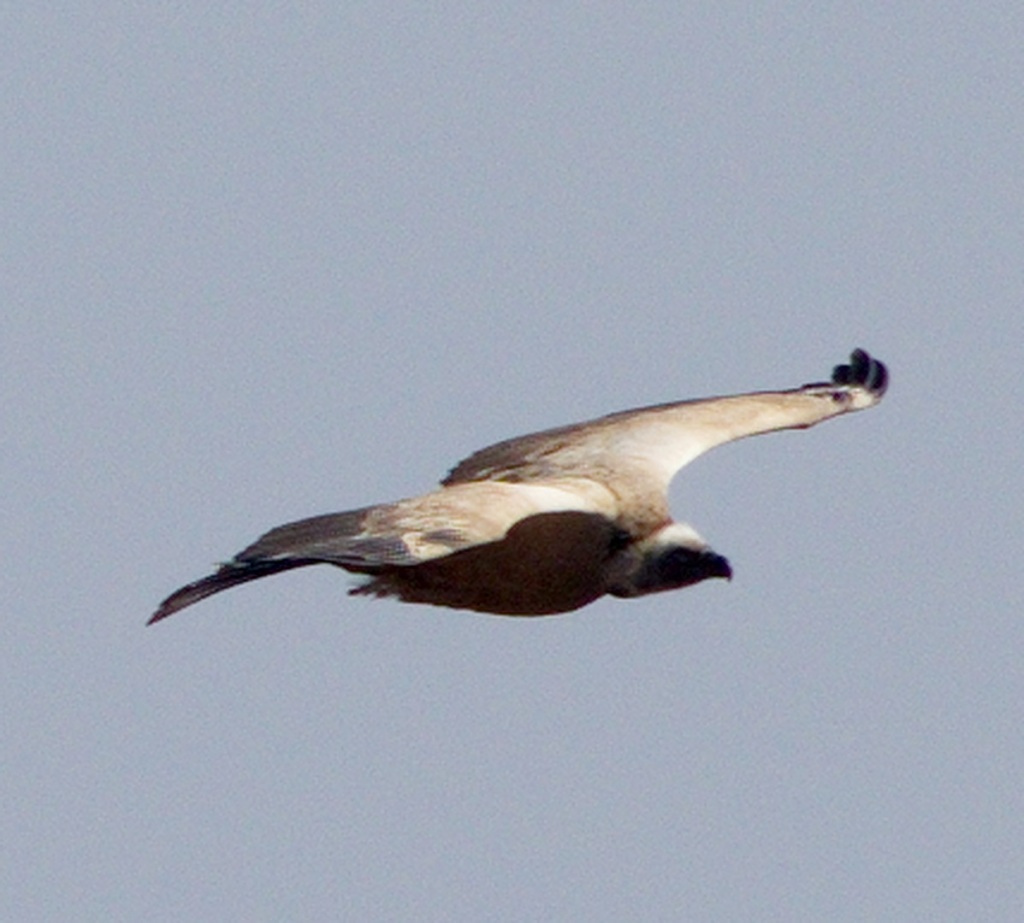
Coming down:
On the way down, near the bottom, elephants off to our lower side. Not bad seeing some special species considering we saw few other animals! Followed by a Kudu and yet more White Rhinos. And on one of them a Nosepecker!!
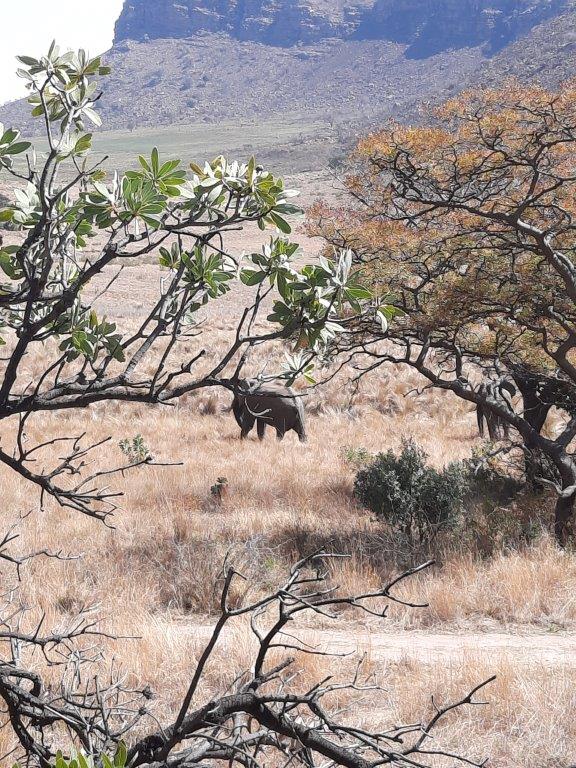
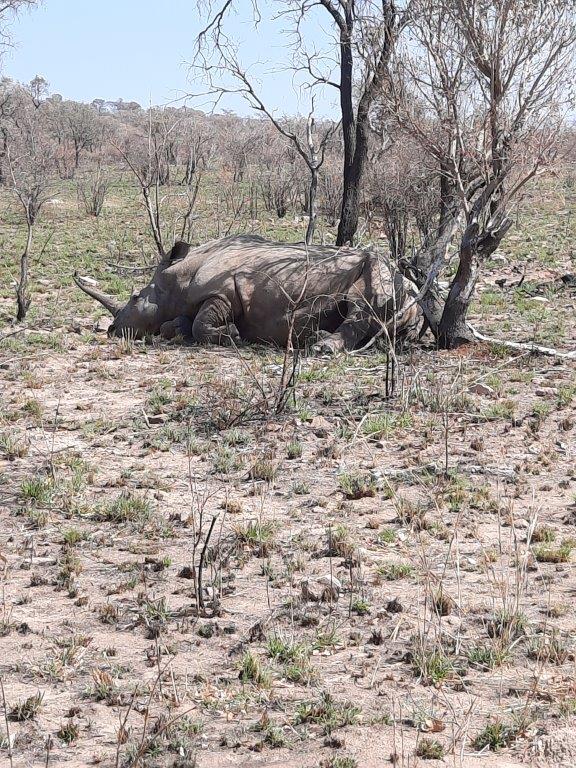

And here are some photos we took of other animals and birds in the time we were in Marakele.
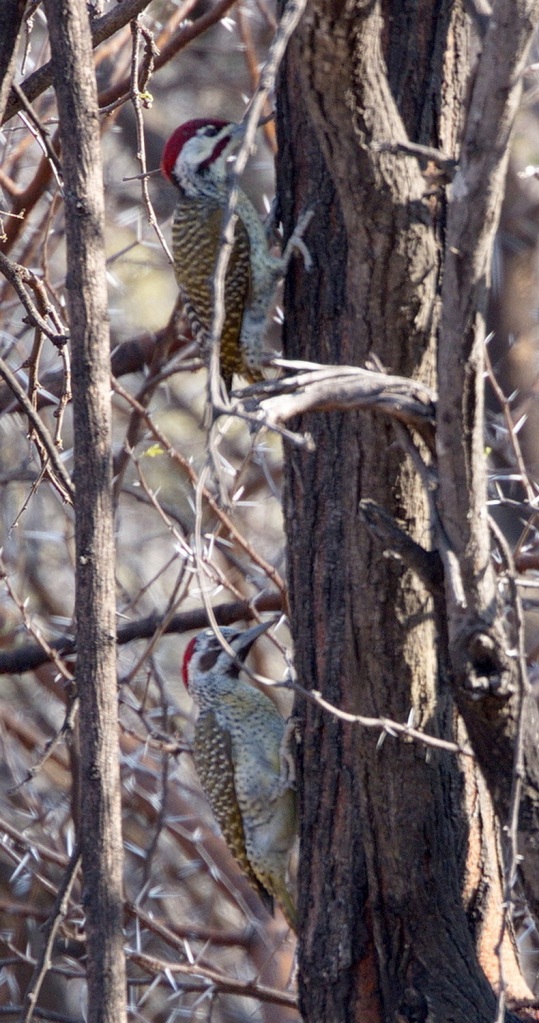


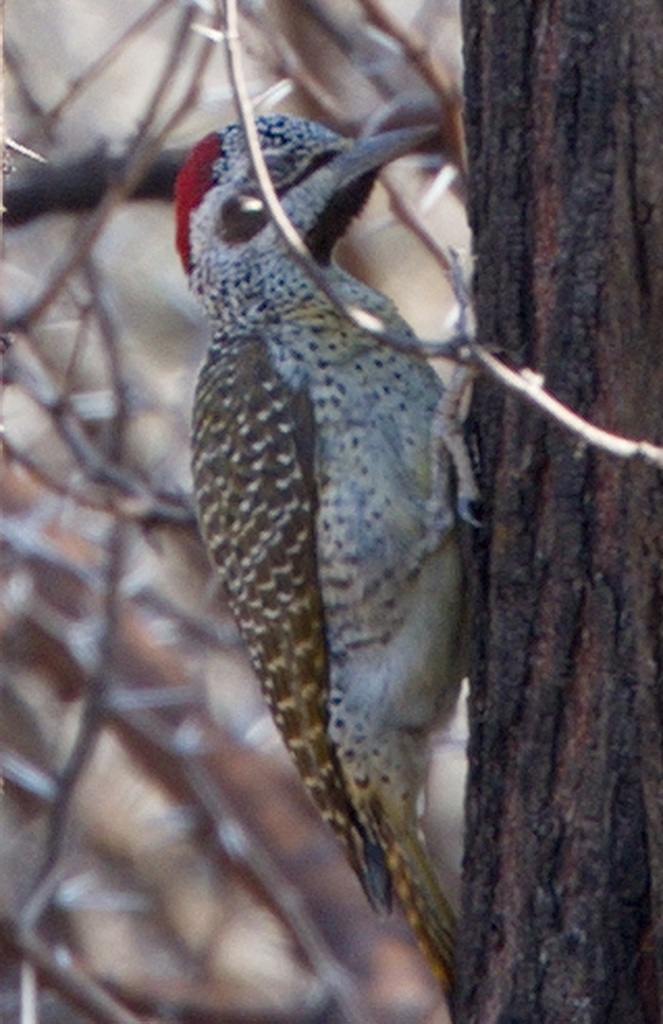
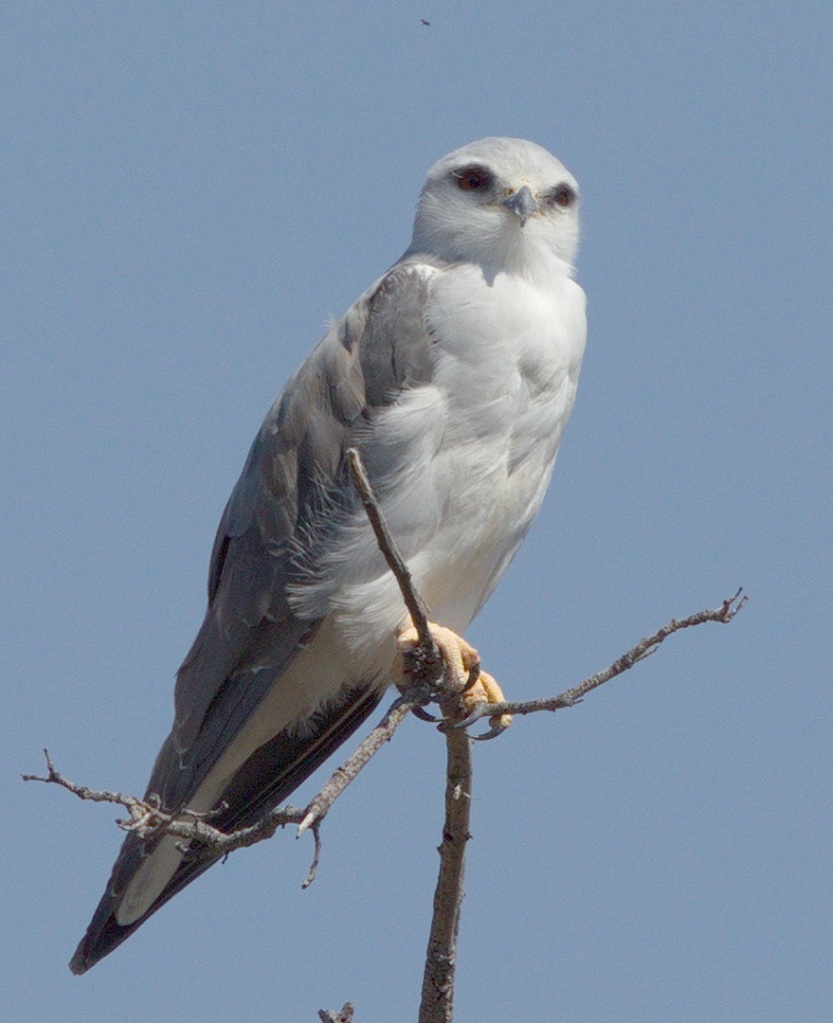
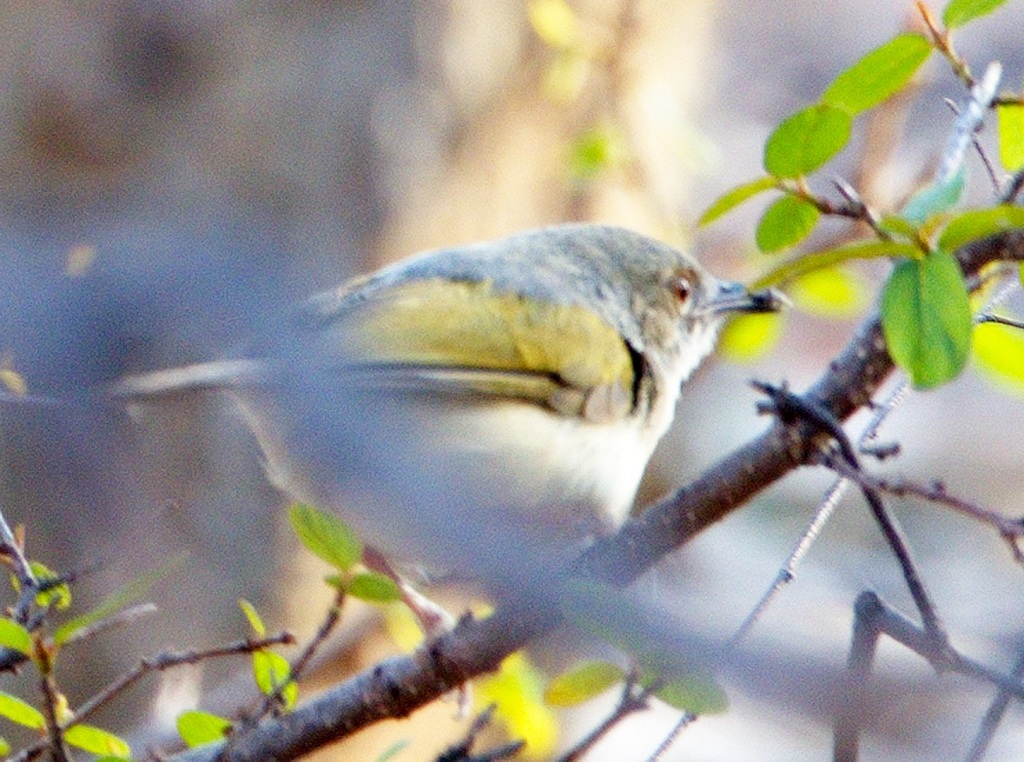
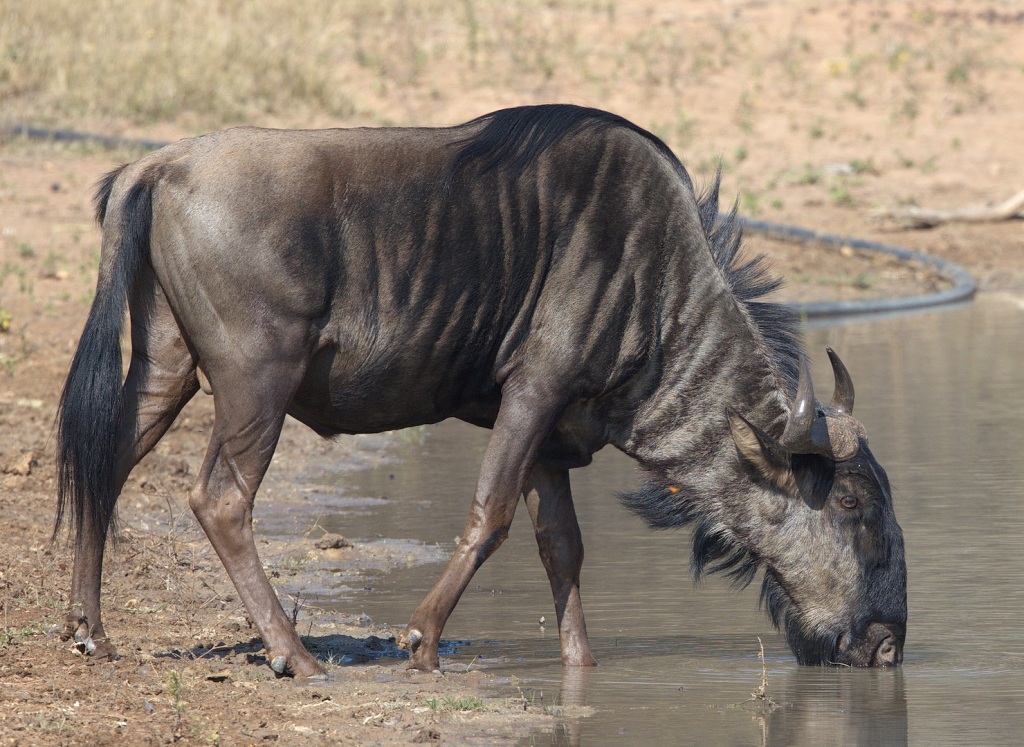
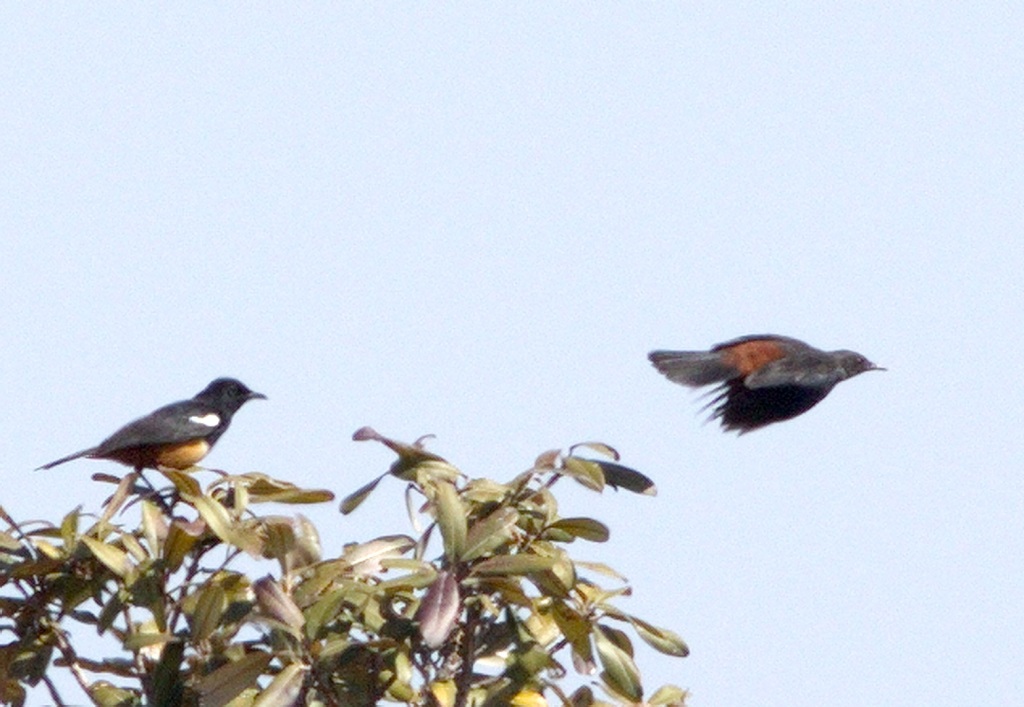
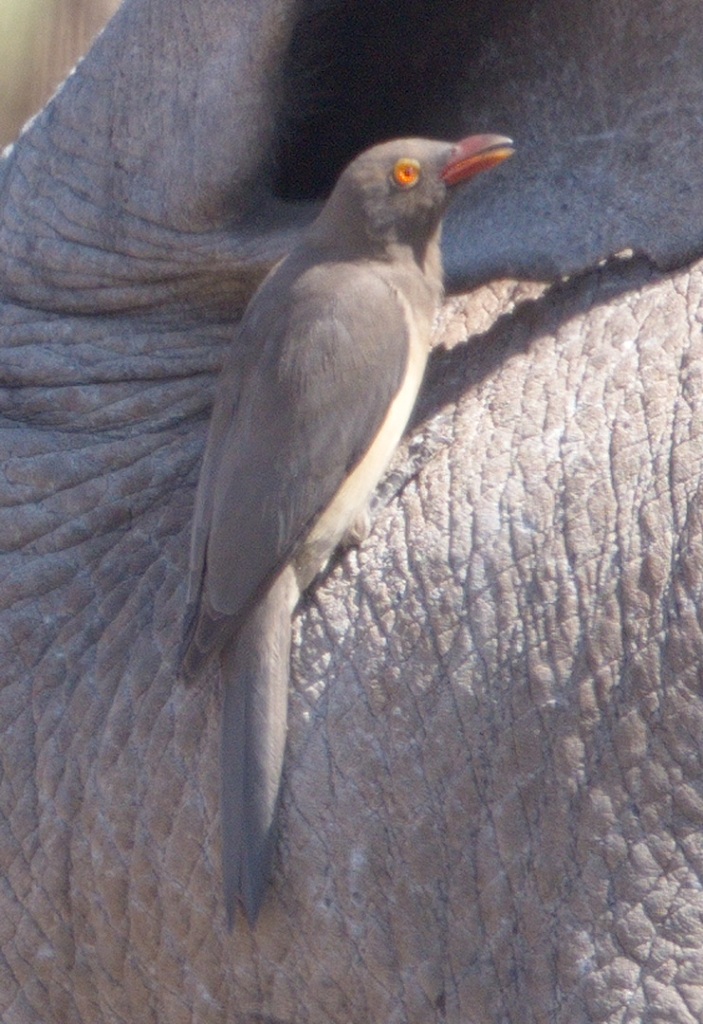

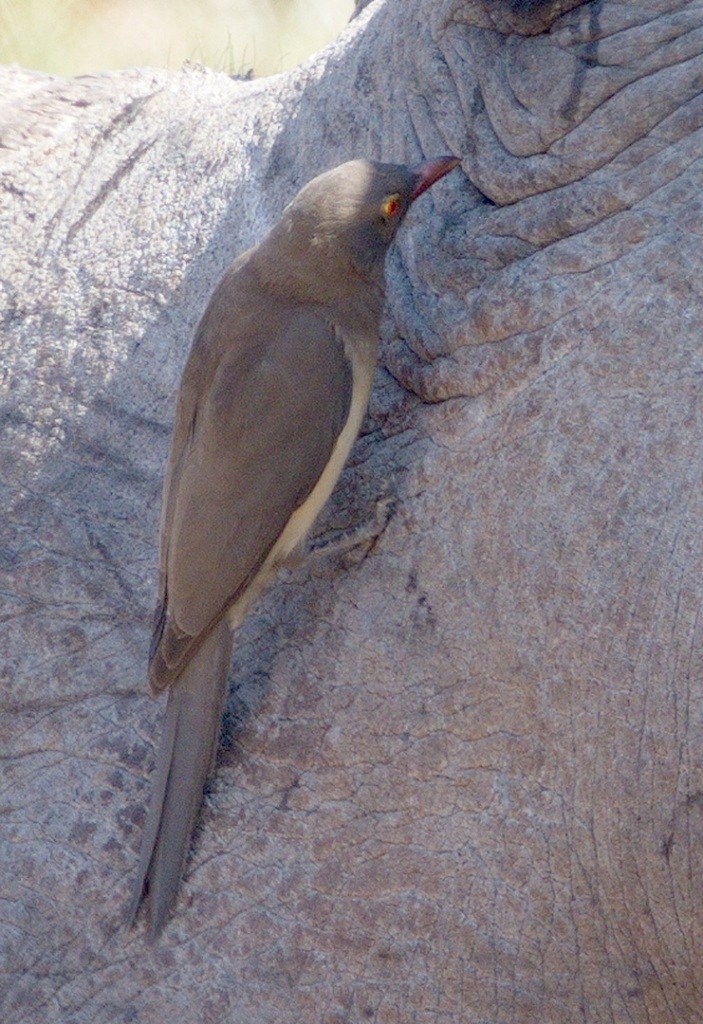
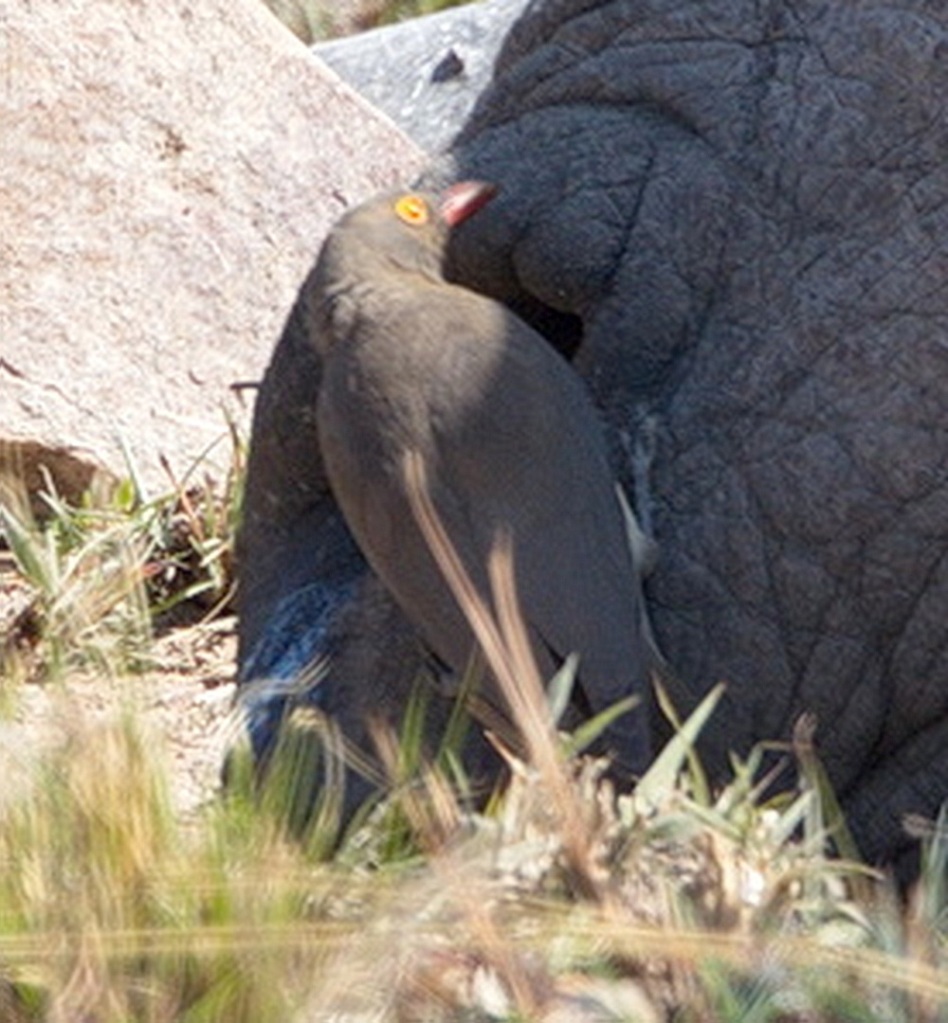

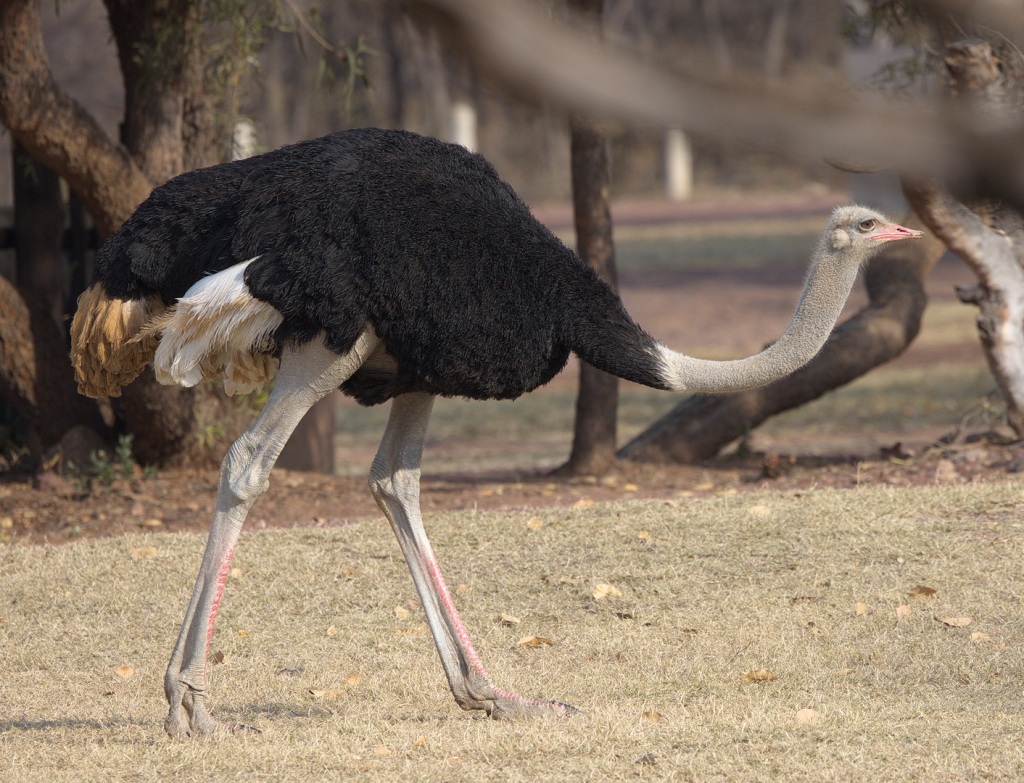


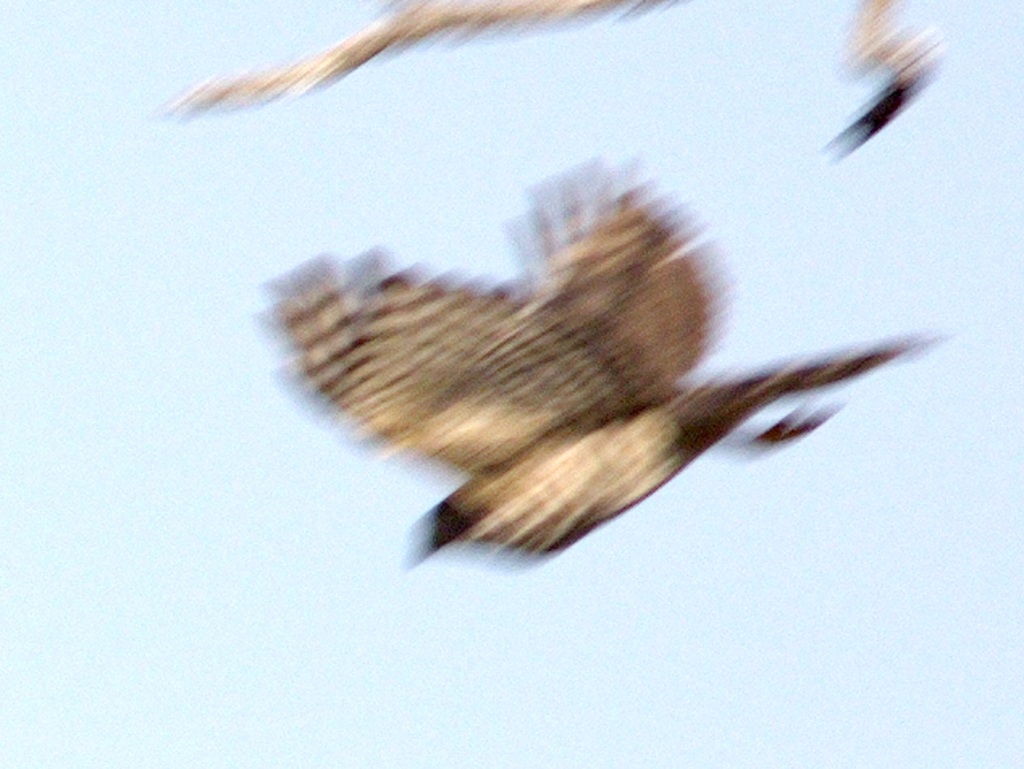



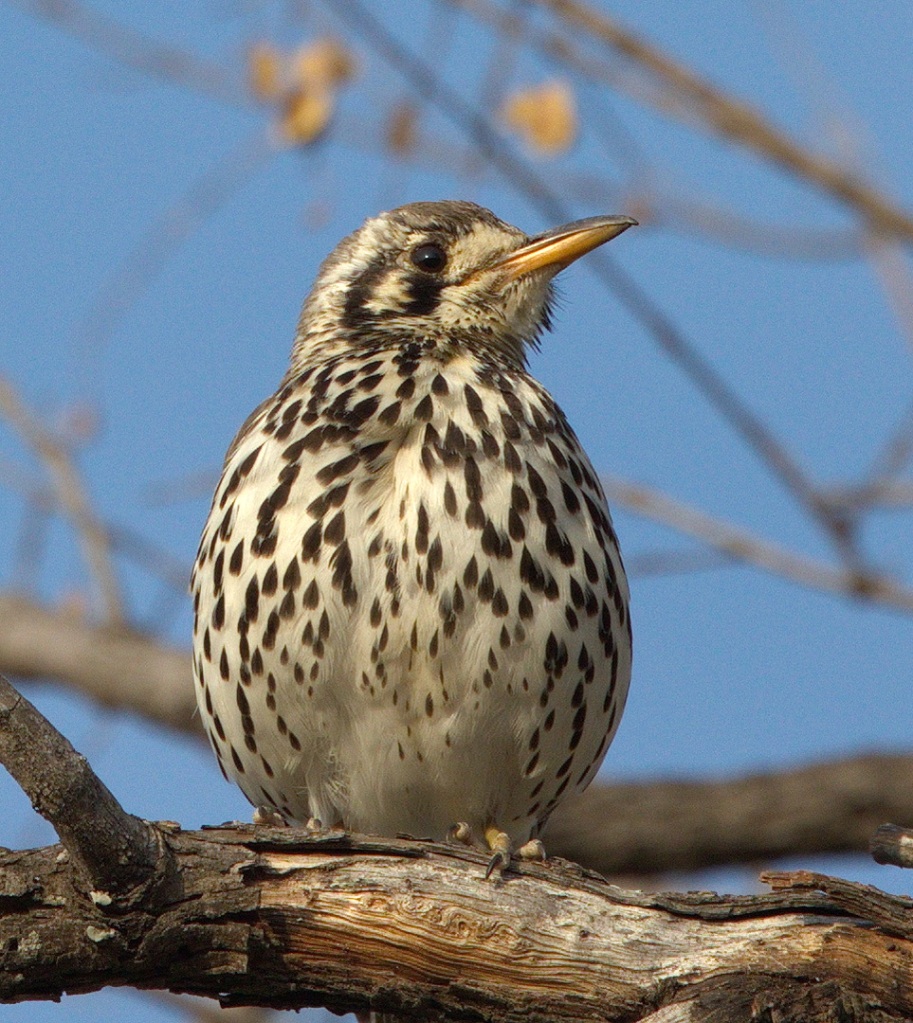
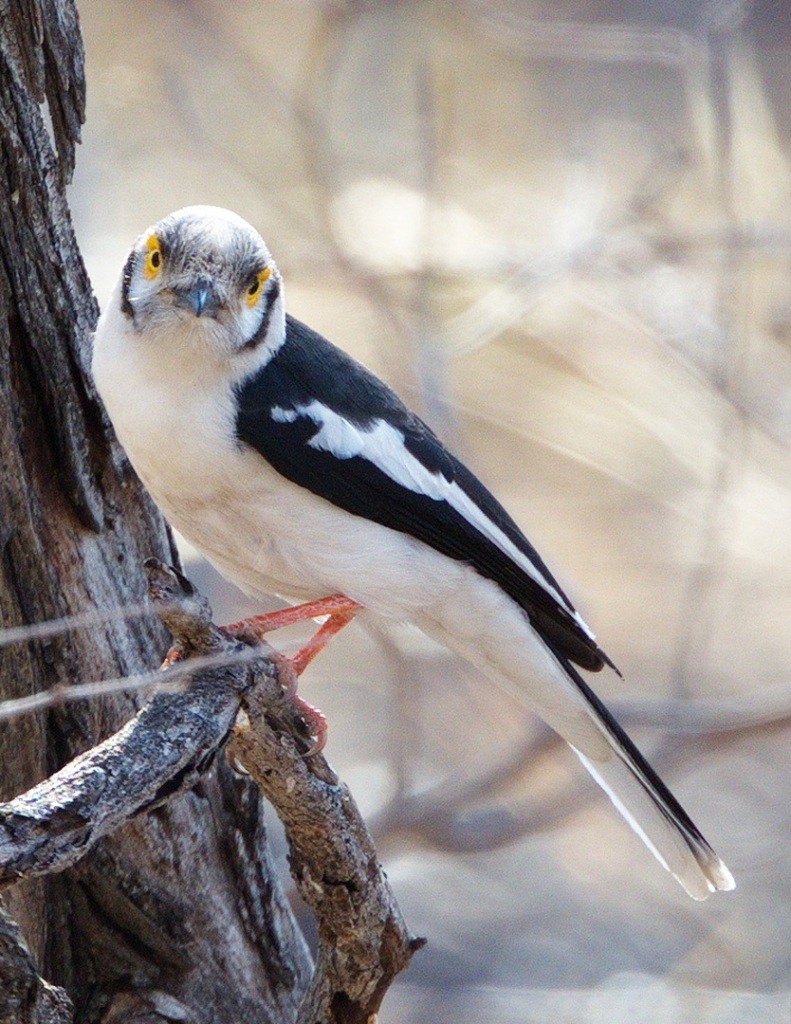
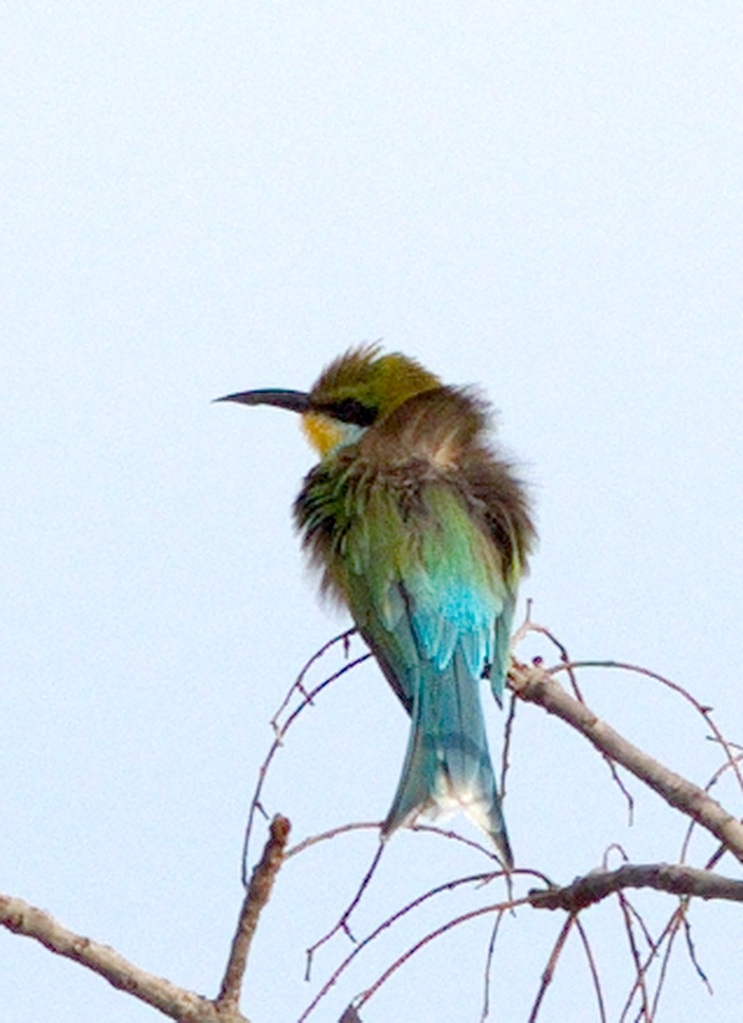
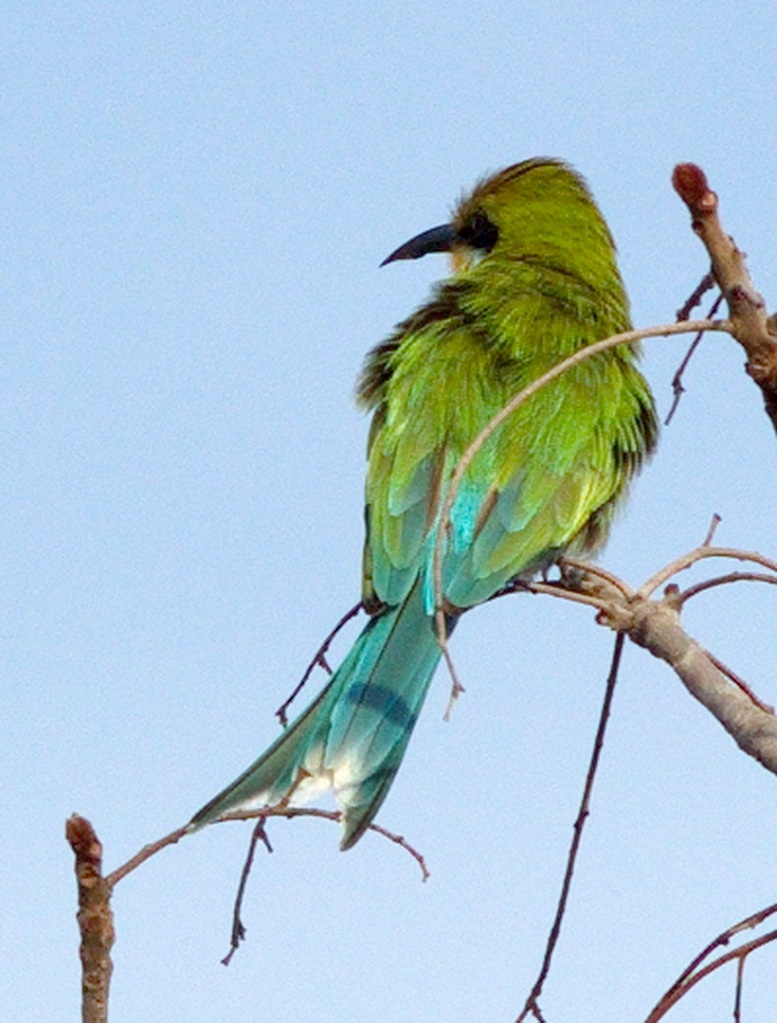
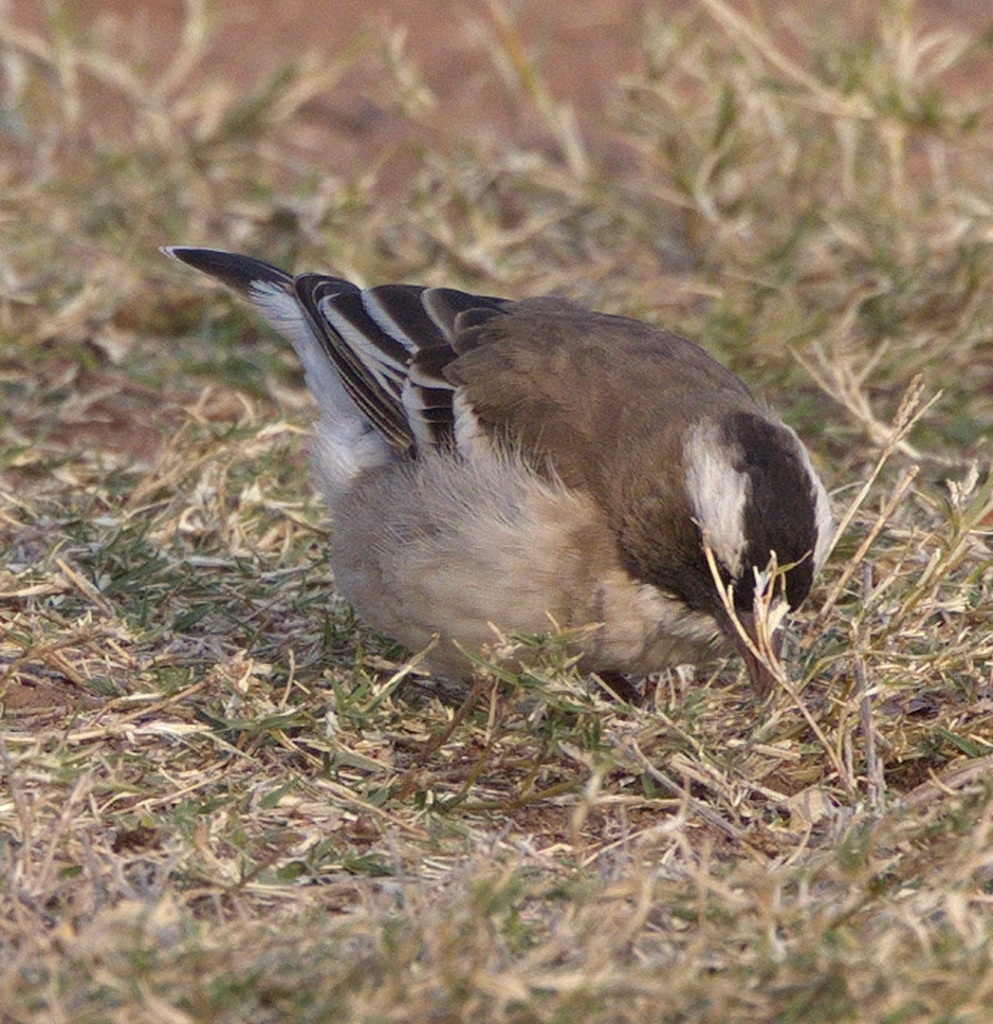
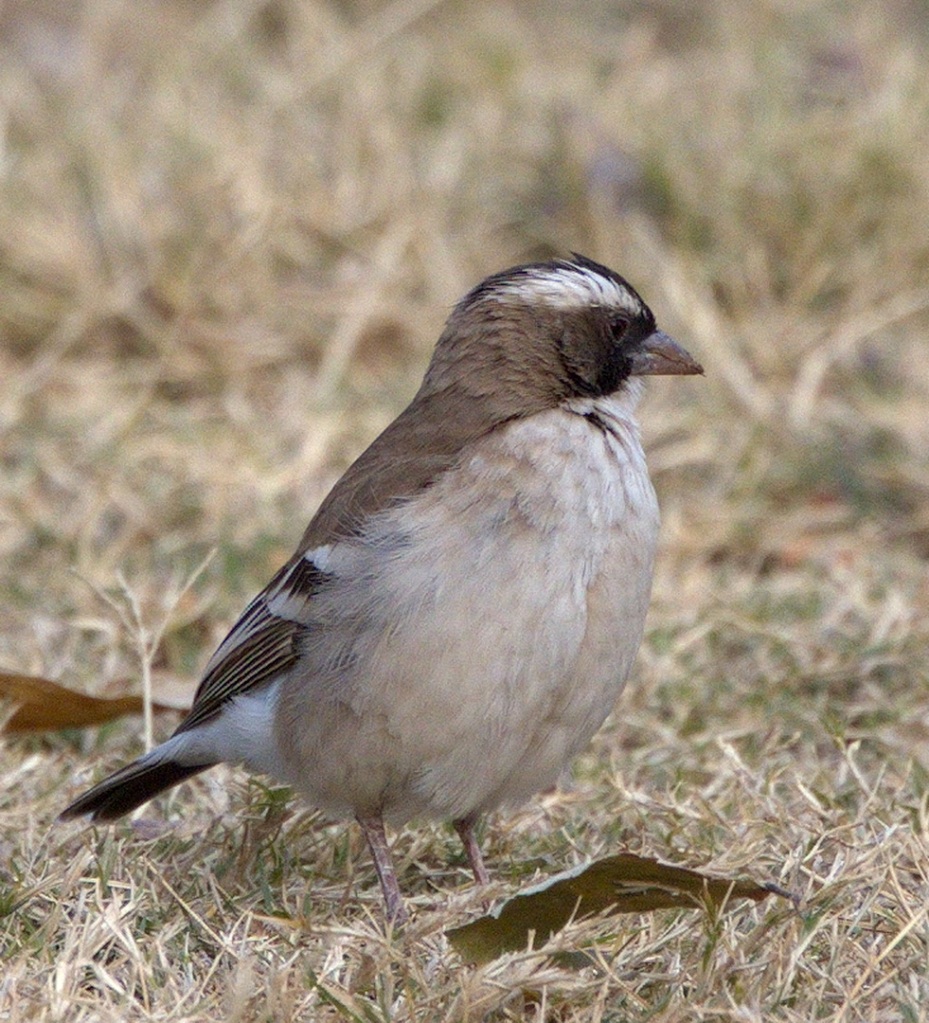
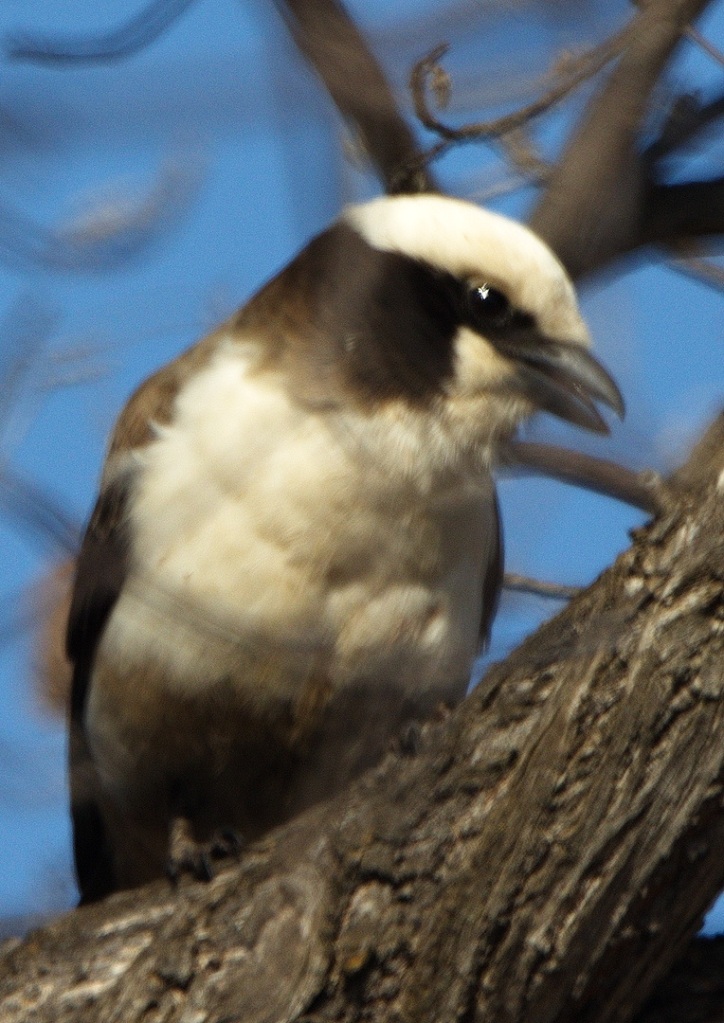
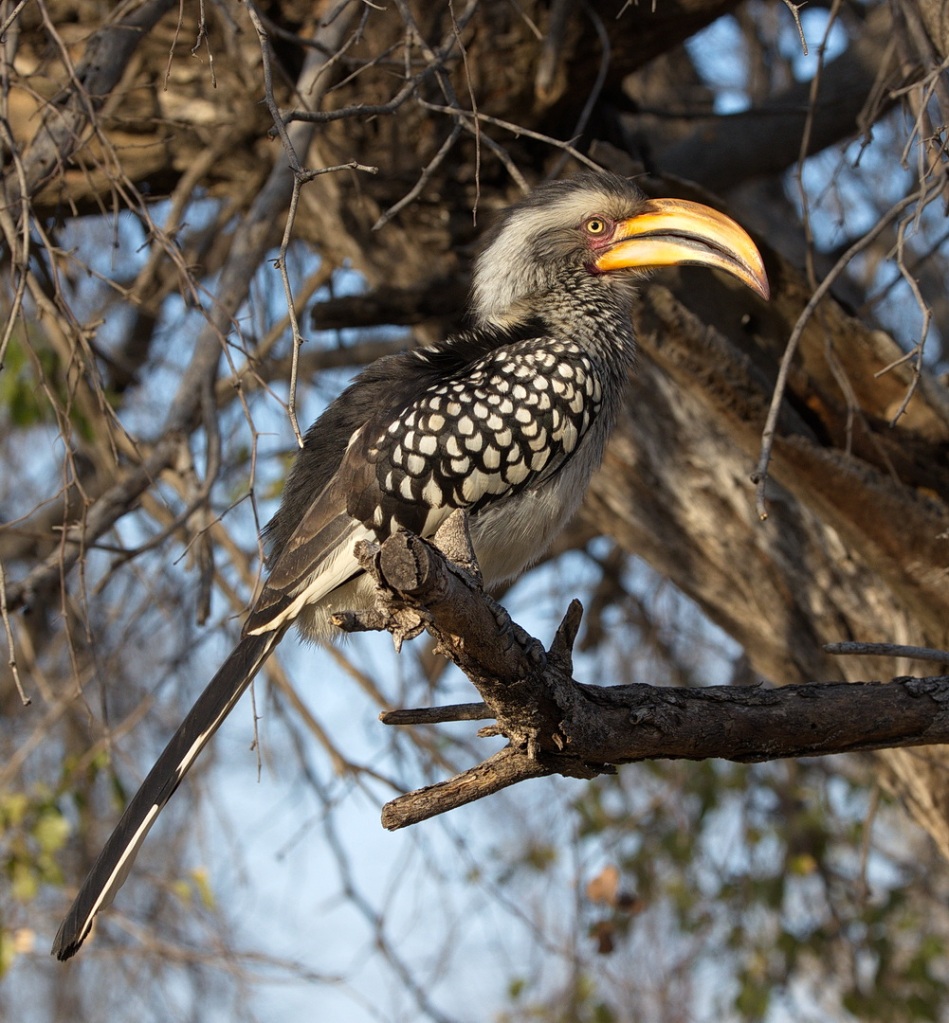
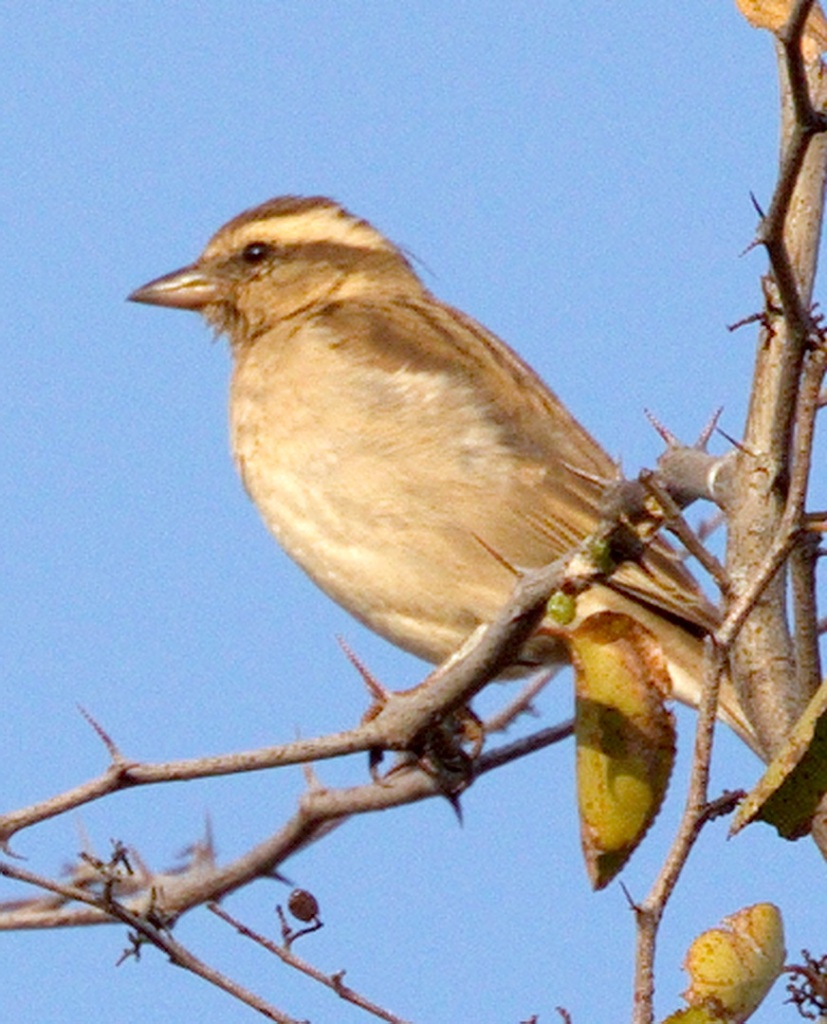

And so ended our time in Marakele. In total we identified 49 bird species. And then we were on our way to Blouberg.
Blouberg
16 to 19 August 2023
Leaving Marakele, the GPS indicated it was a mere 200 kms to Blougberg. It was right of course, but we assumed that was the travel distance. Not so. As the crow flies it is 200 kms.
Arriving later than we intended, we quickly set up camp.
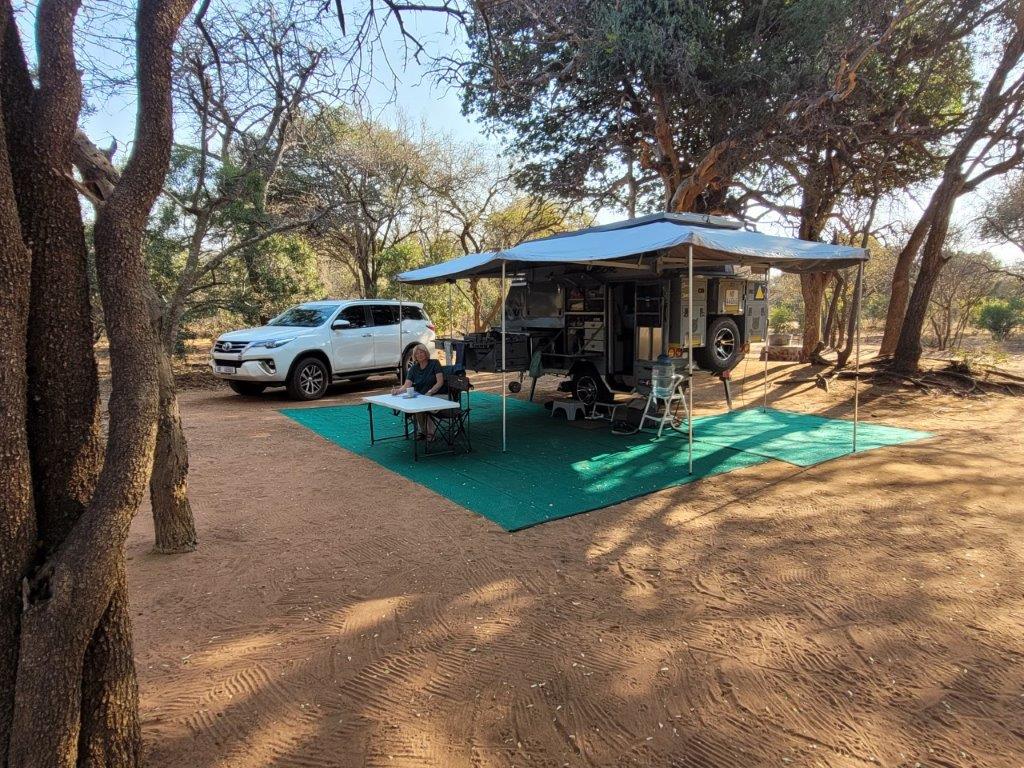
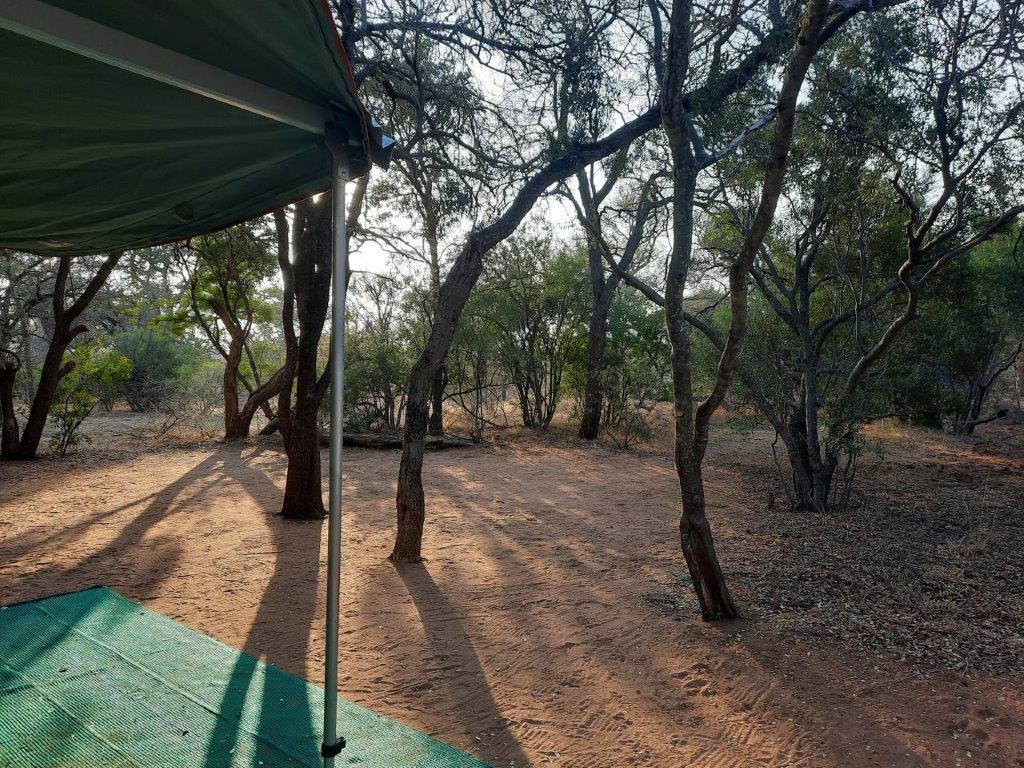


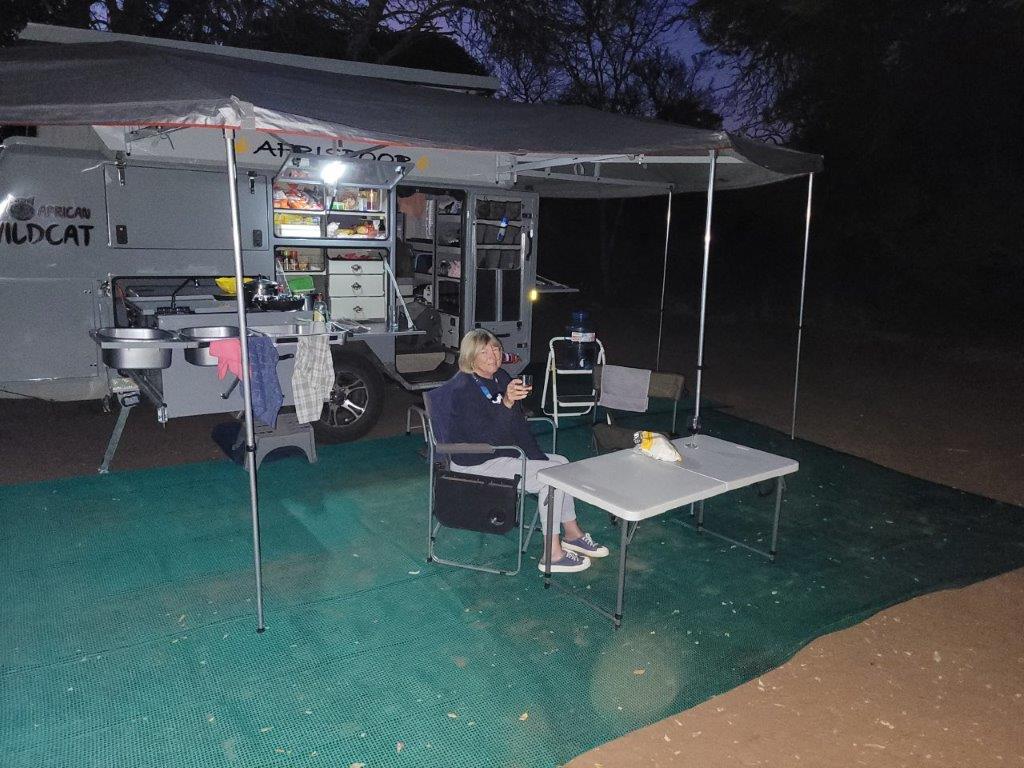
The campsite has six sites. Three close to the ablutions and three privately set away in the bush. The campsites in the bush are huge and could easily cater for at least a party of three caravans. We chose campsite 3 in the bush. The ablutions were fairly basic and could do with a facelift. Sometimes they were quite dark inside and you need to knock to find out if anyone was inside as the doors were always kept closed to keep out the aminals.
Here is a map of the roads you can travel on in Blouberg.
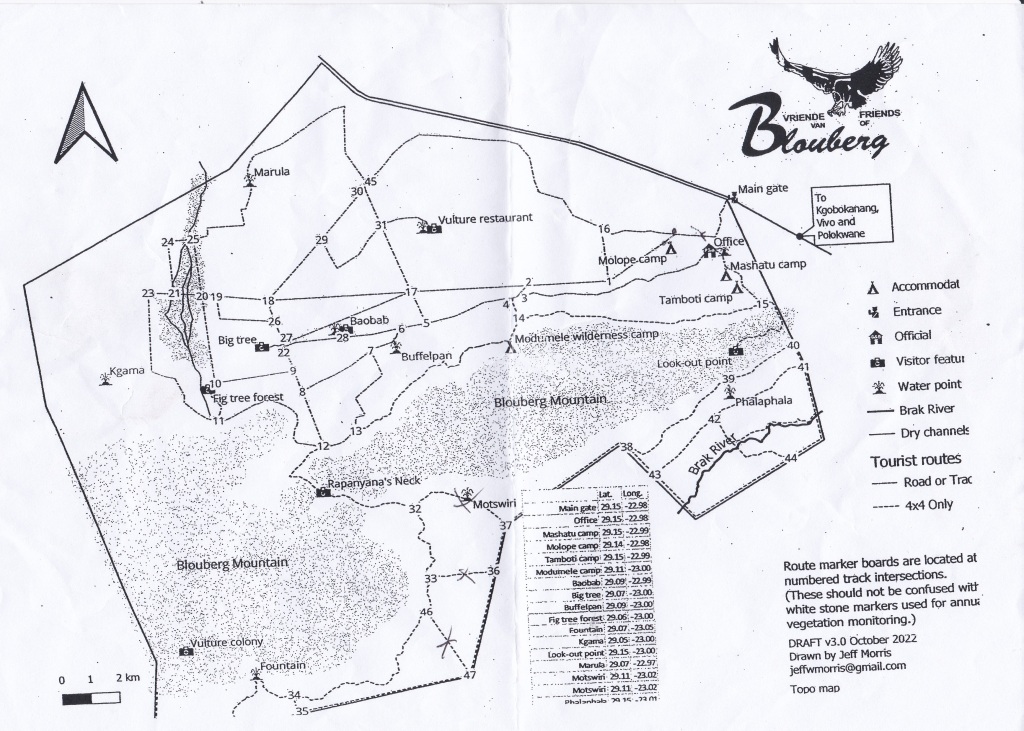
We had two full days in Blouberg. We planned to visit the Vulture Colony (number 34/35 on the map – bottom left) driving along the southern fence line from the office. However, we were told that road was closed due to earlier rain. We had no intention of using the alternative over Rapanyana’s Neck because the last time we went, the road was so rocky that it took us over 2 hours to get there in our 4×4!

There are three other places which, for us, were well worth several visits – The Vulture Restaurant, Buffelpan Hide and the Fig Forest.
Driving around we also found what looked like another “Restaurant” where we found Cape Vultures devouring a Giraffe.

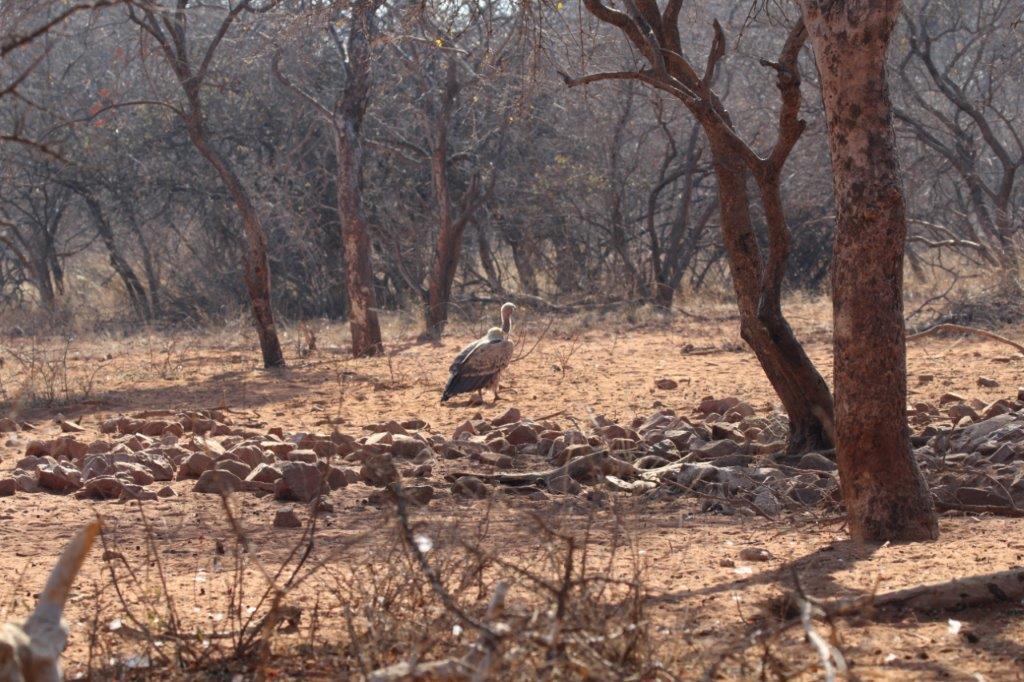
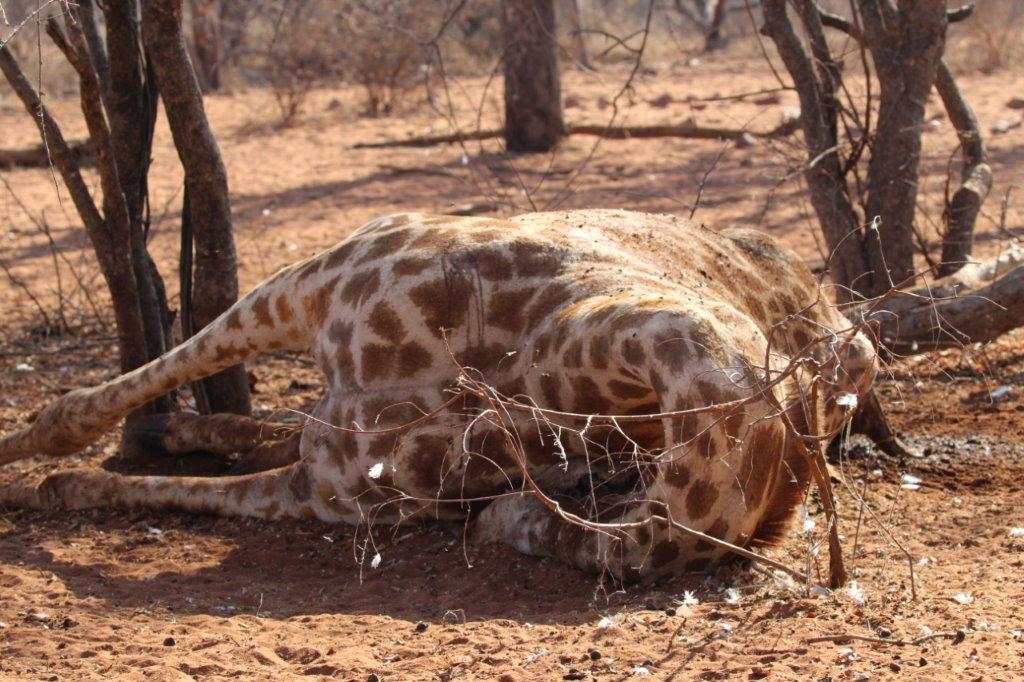
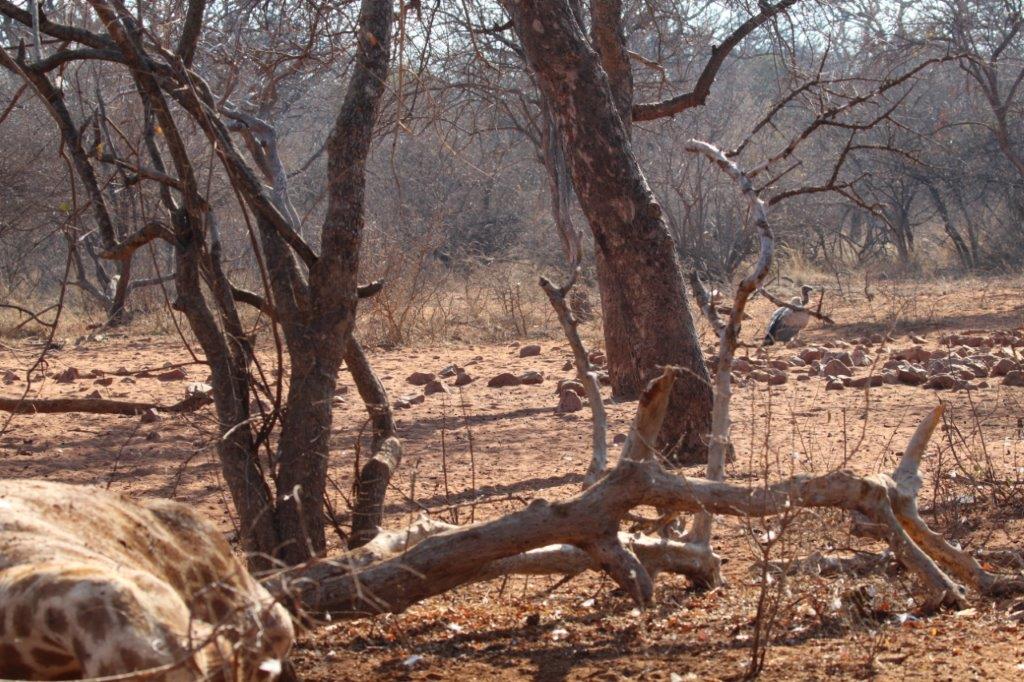
The Vulture Restaurant had numerous old carcasses but no vultures. Methinks, they were waiting for fresher meat. As you can see from the above photos, the reserve was very dry and dusty.
The Baobabs were aplenty – huge and majestic. At one you are allowed out to take photos.



The Fig Forest and the Buffelpan Hide were the standout places to visit.
Buffelpan Hide is a low level hide – almost at water level. The pan level was low at the time we visited.
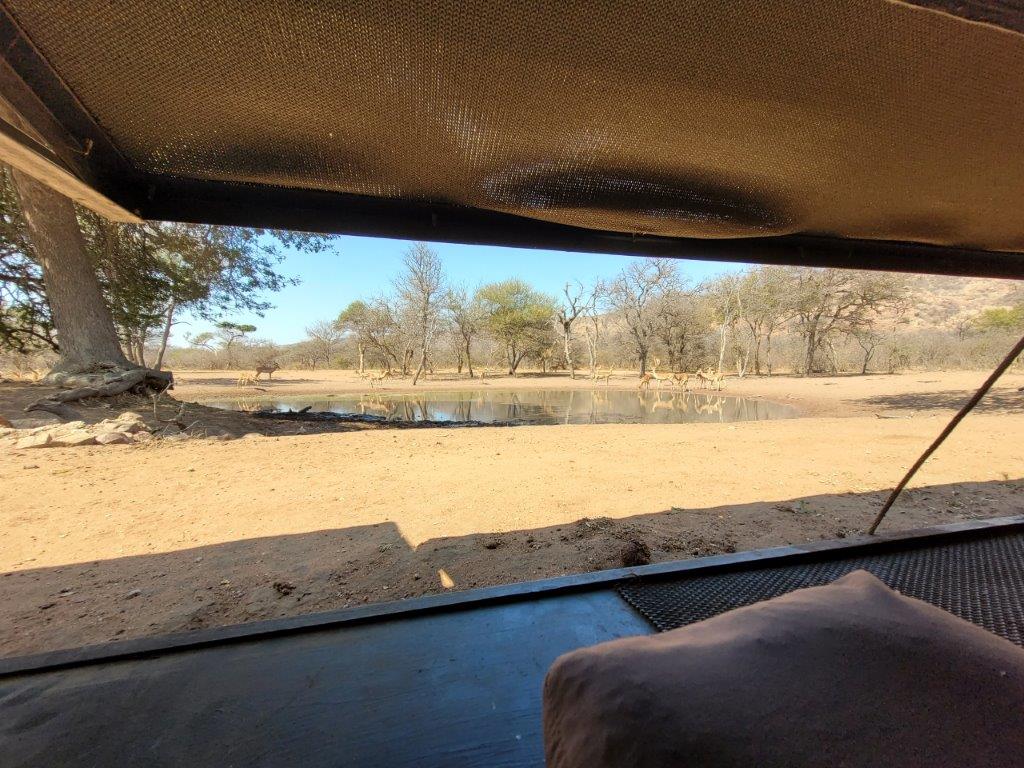
Because the water level was low there were very large catfish easily seen wiggling about.
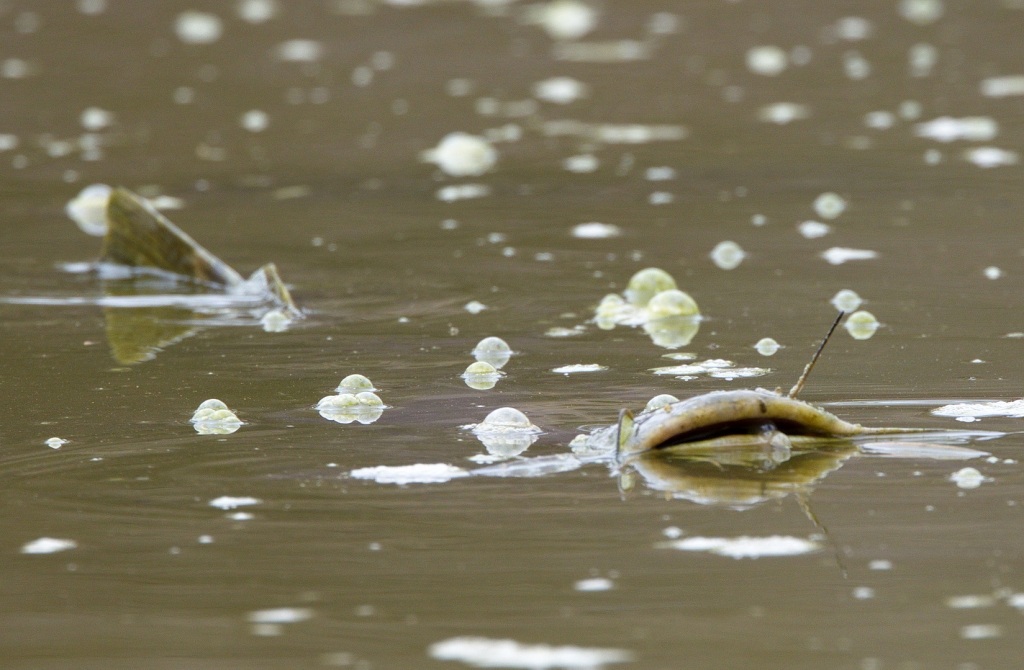


It is a place where there is a lot of activity. Animals come and go all the time.

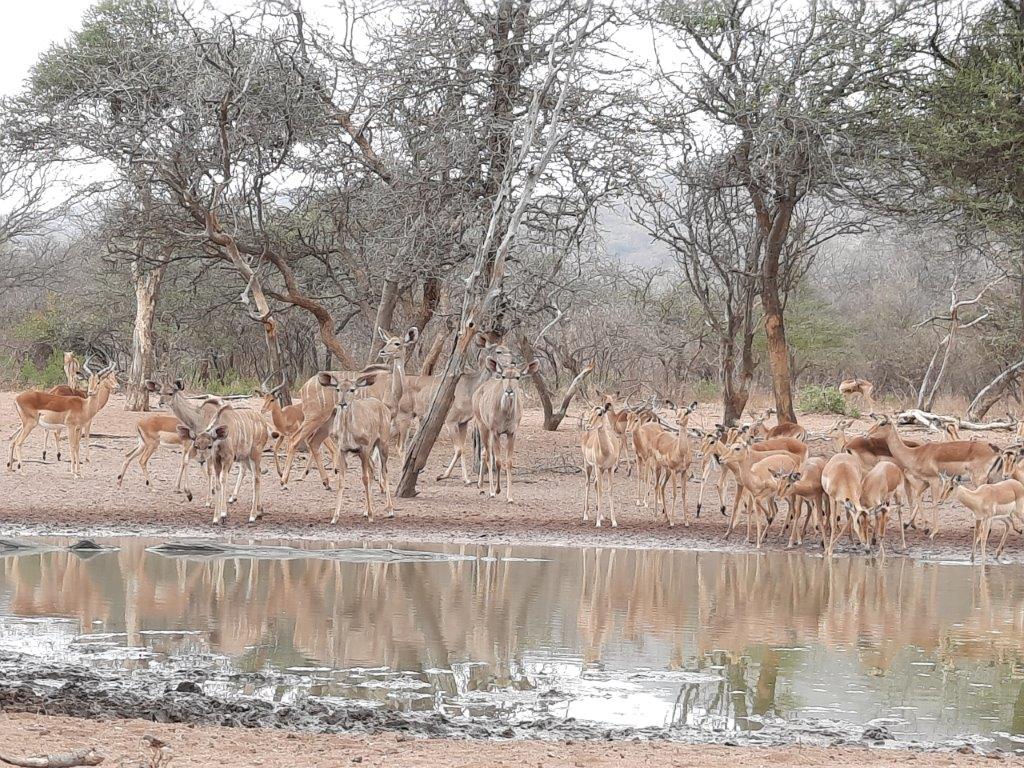
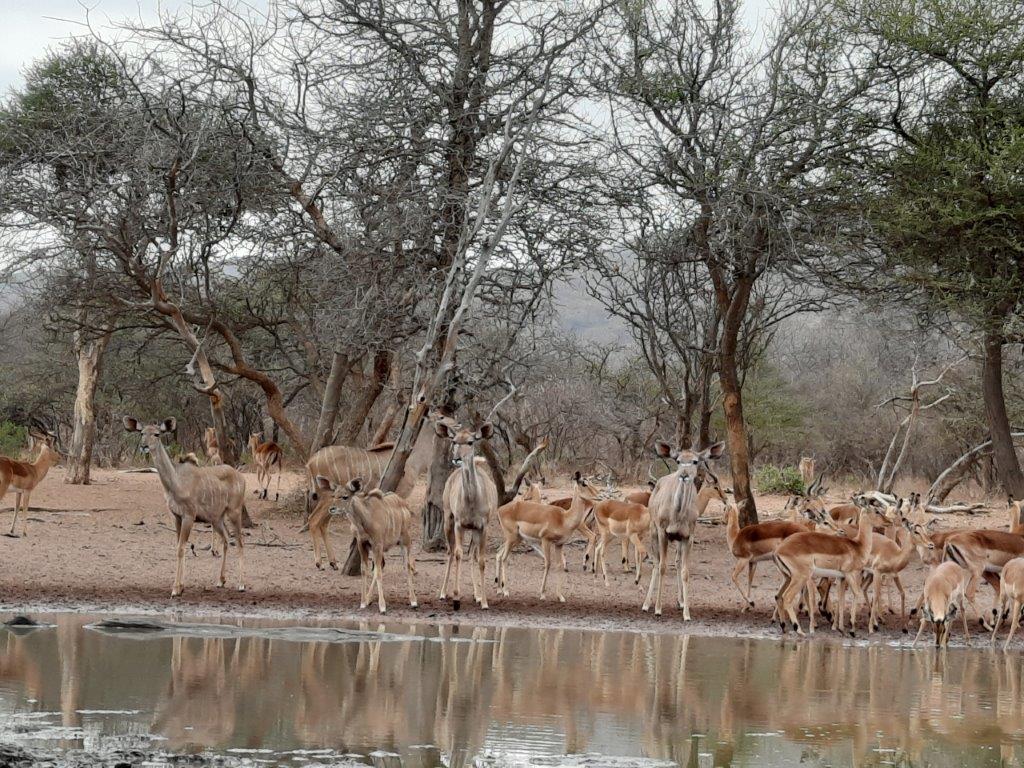
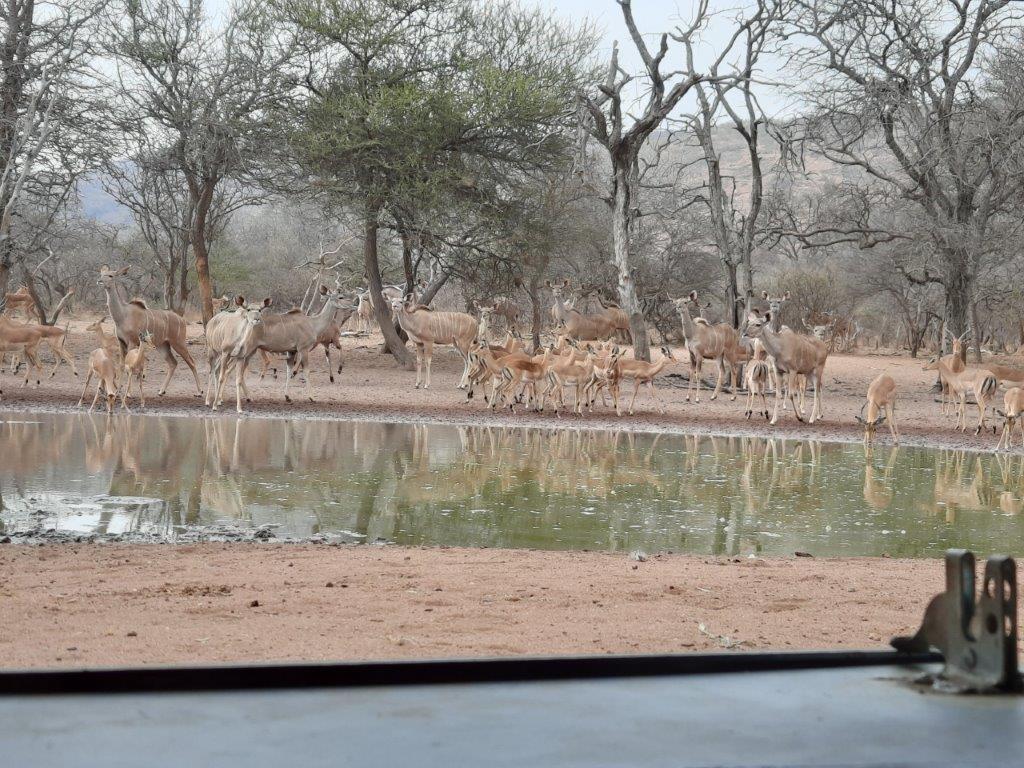

And the Kudu were unusually in numbers. Some with majestic horns. All coming for a drink. The most skittish were the Wildebees and Zebras.
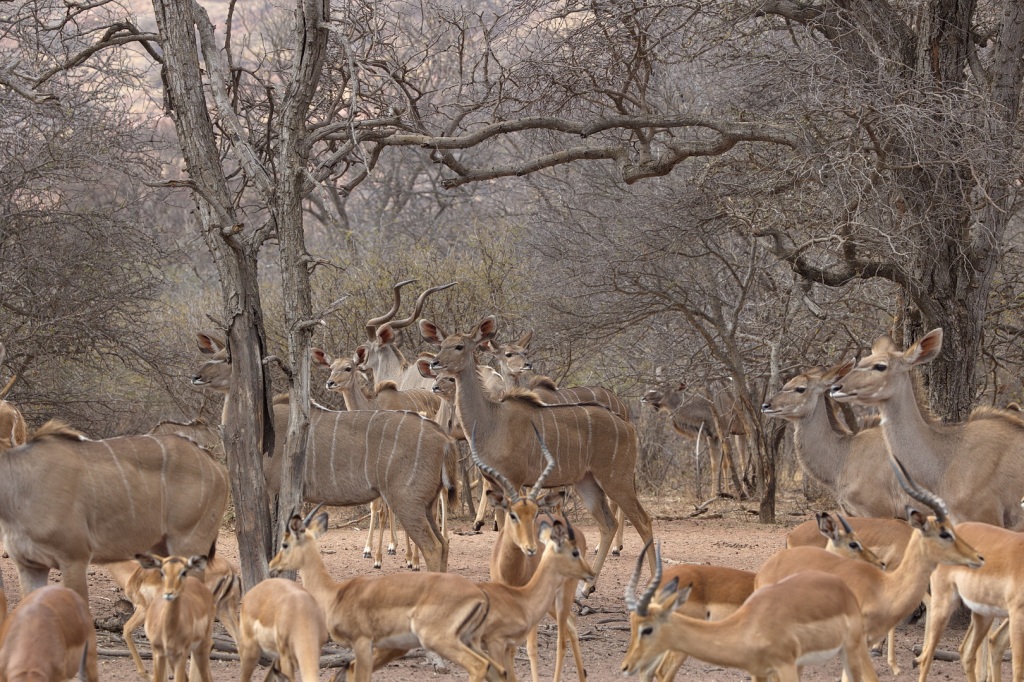


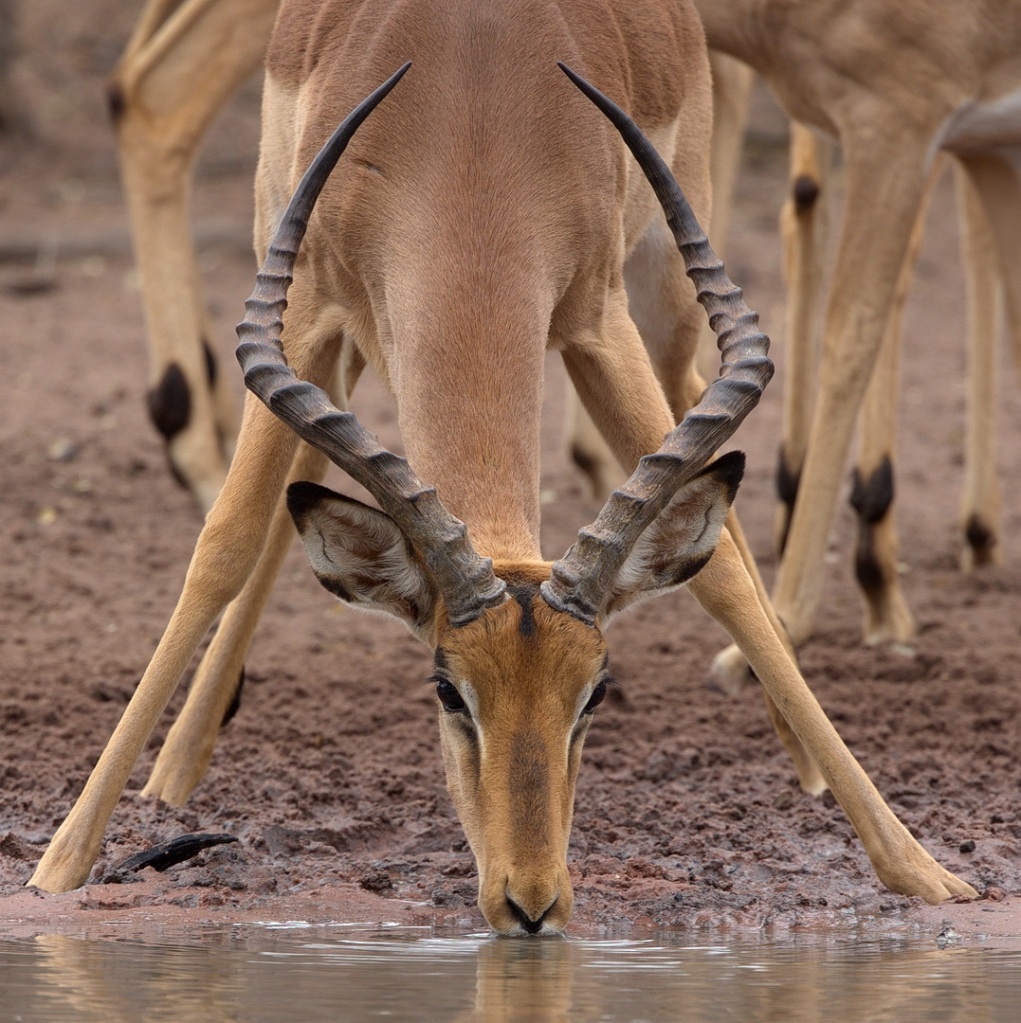

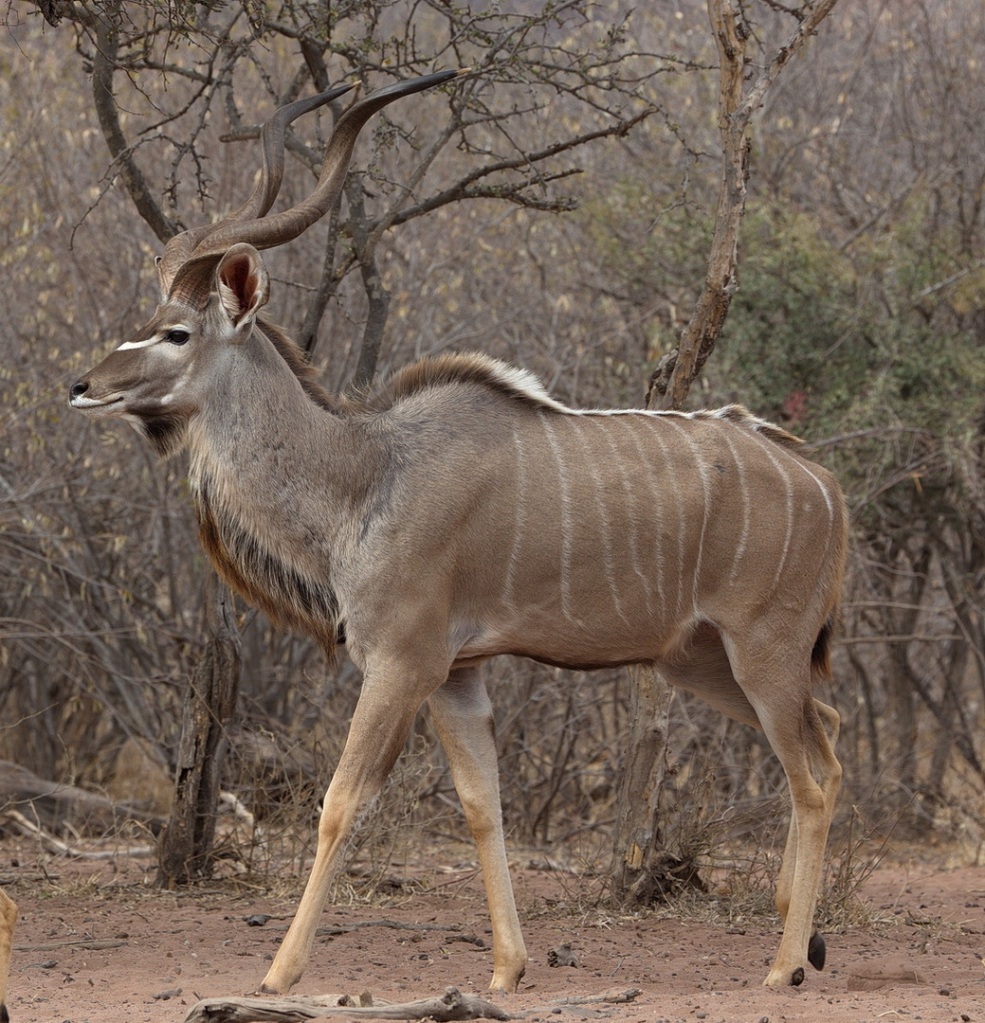
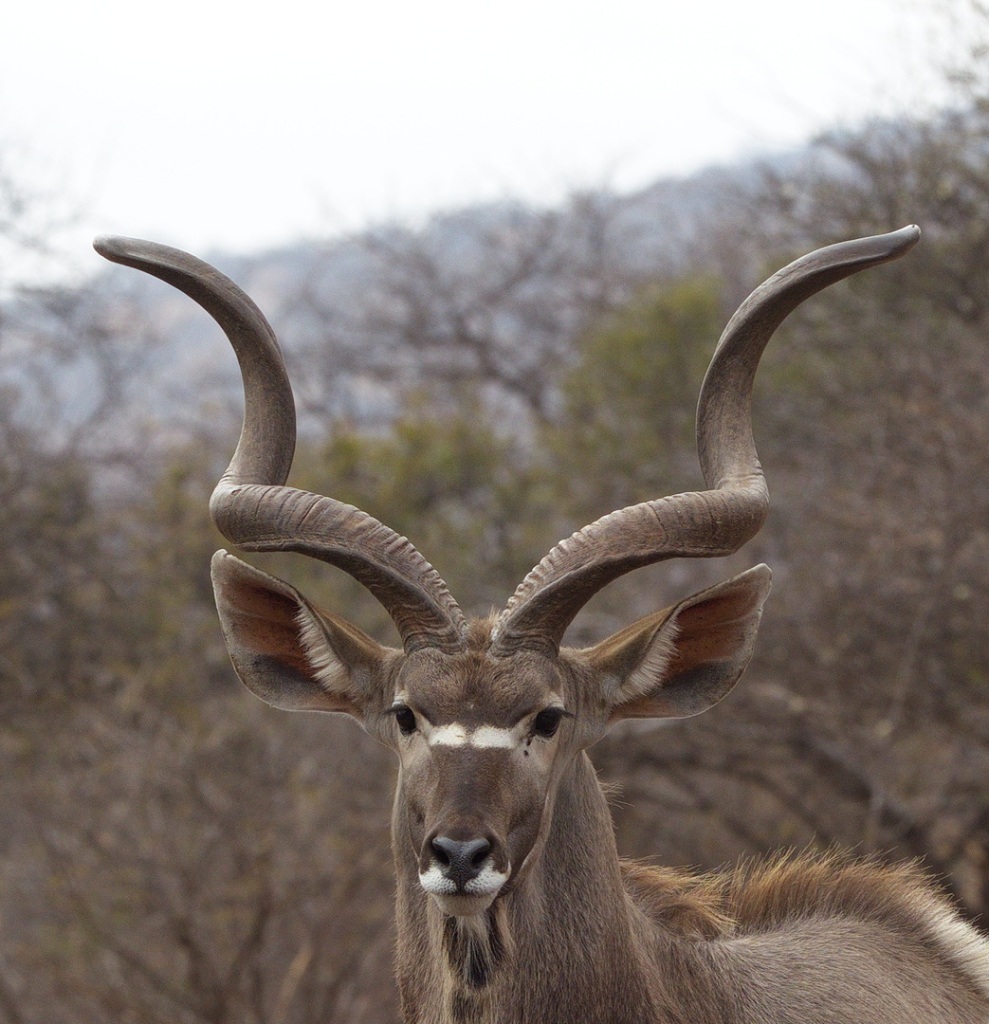

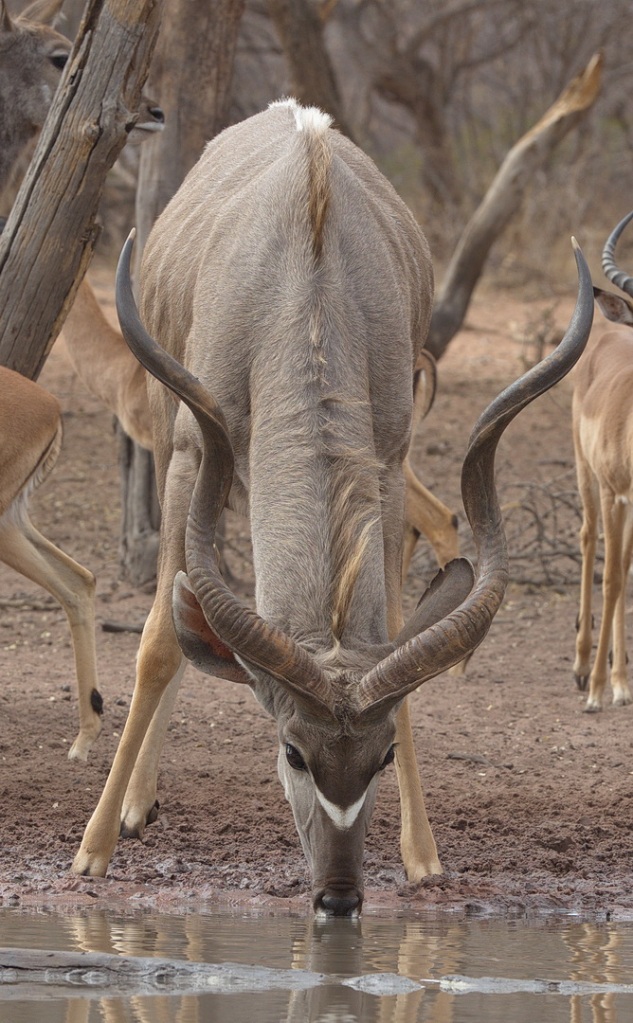

Like the last time we visited, Mountain Reedbucks – with their shaggy coats – also came to drink. Sadly one was blind in one eye, and another had a snare around its body. (We made management aware of the snare). Here are some photos of the Mountain Reedbucks.

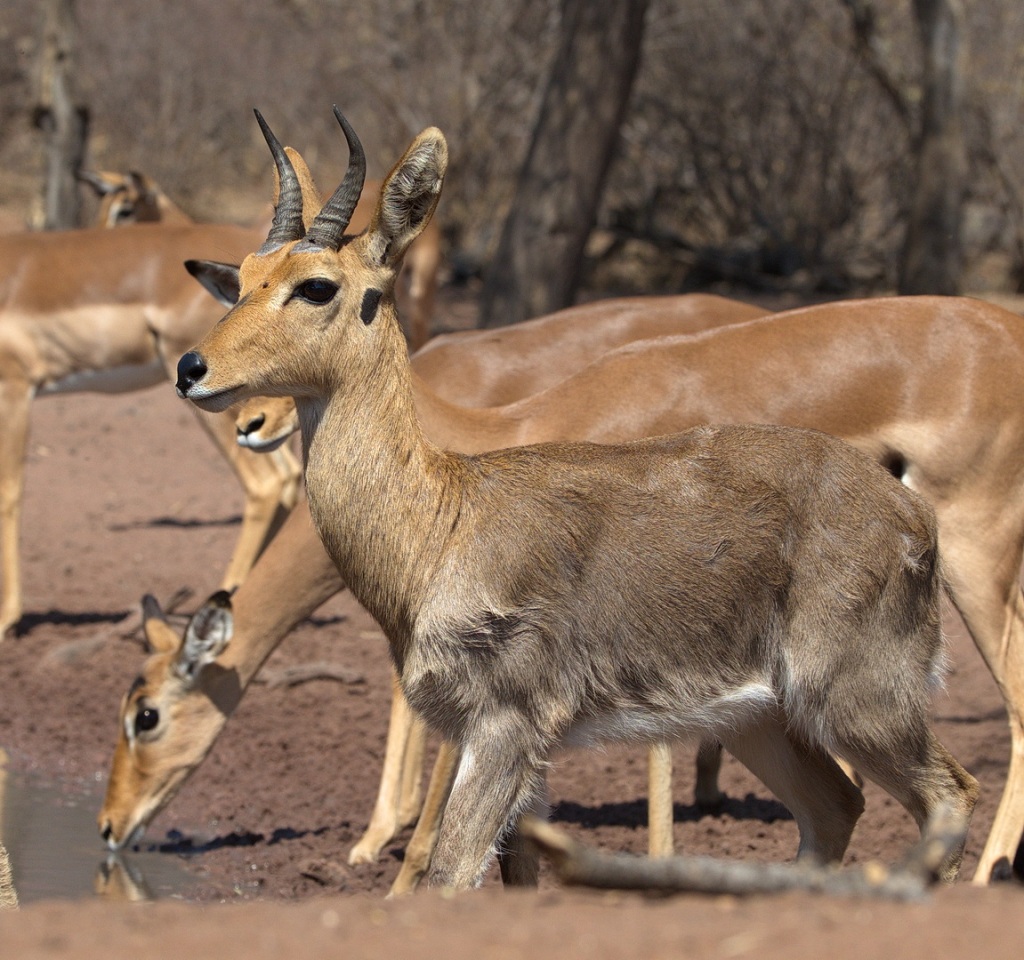
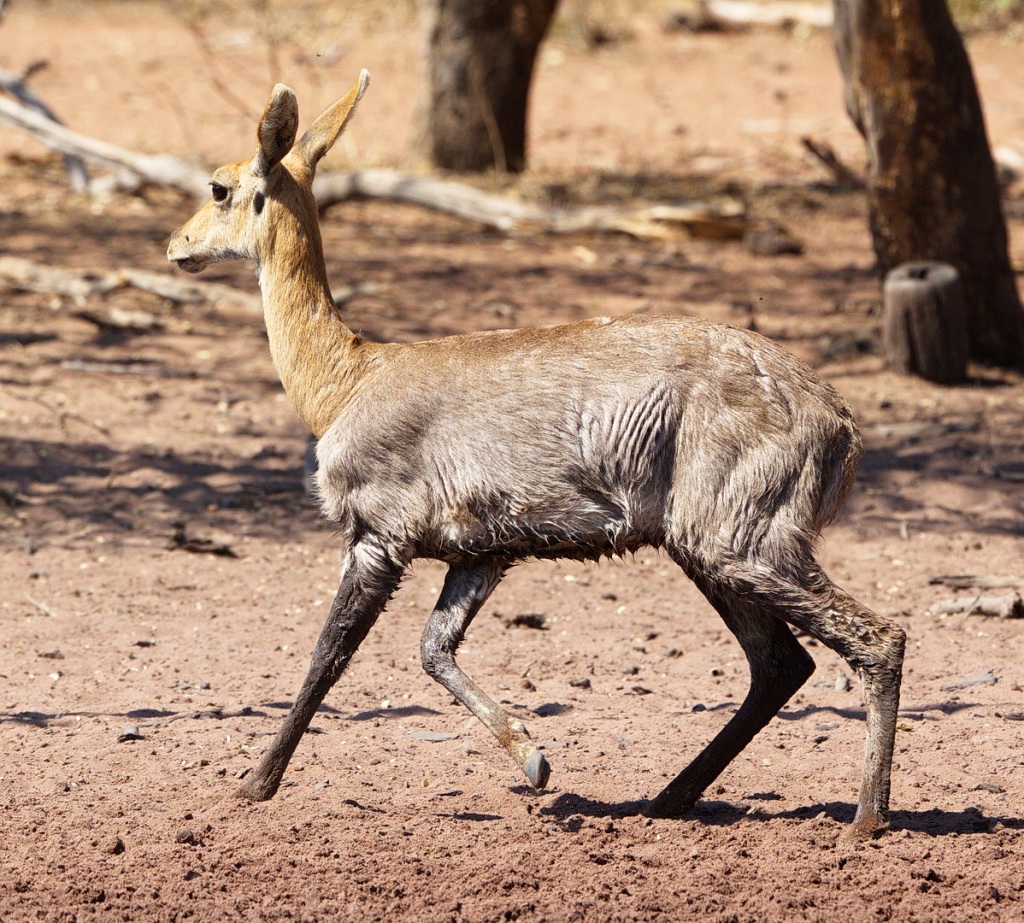
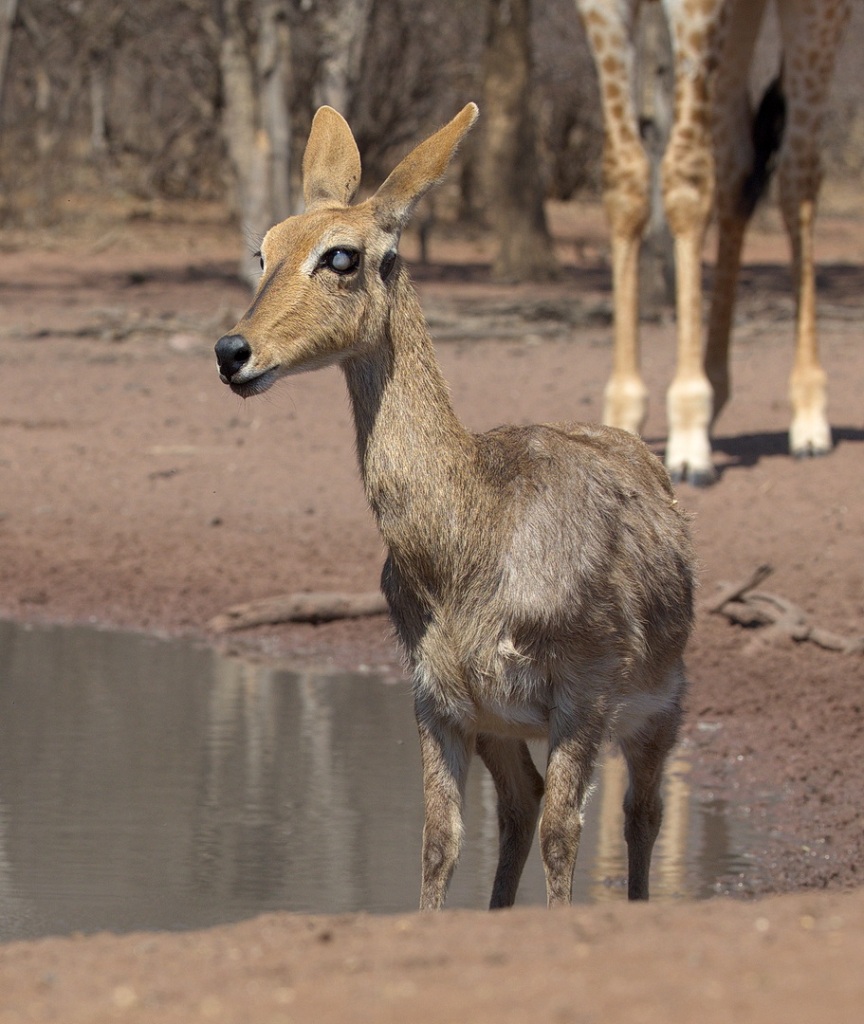
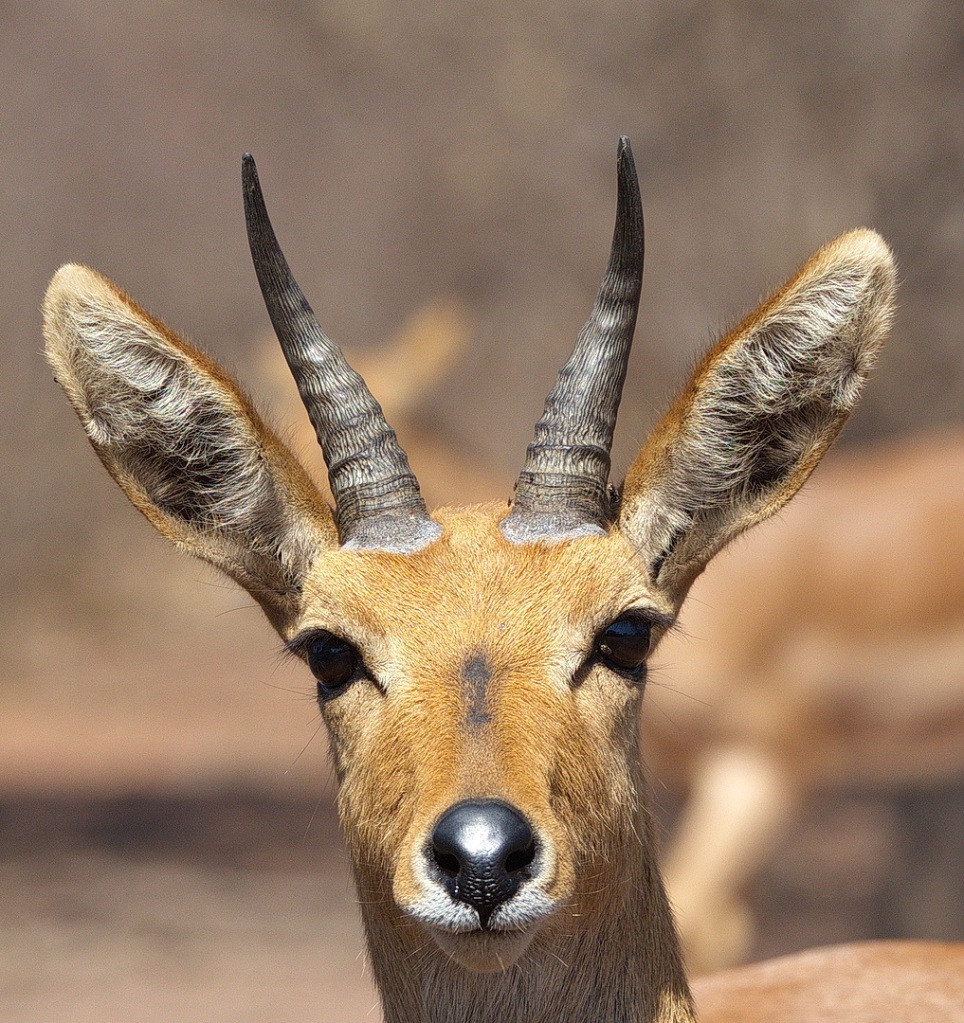
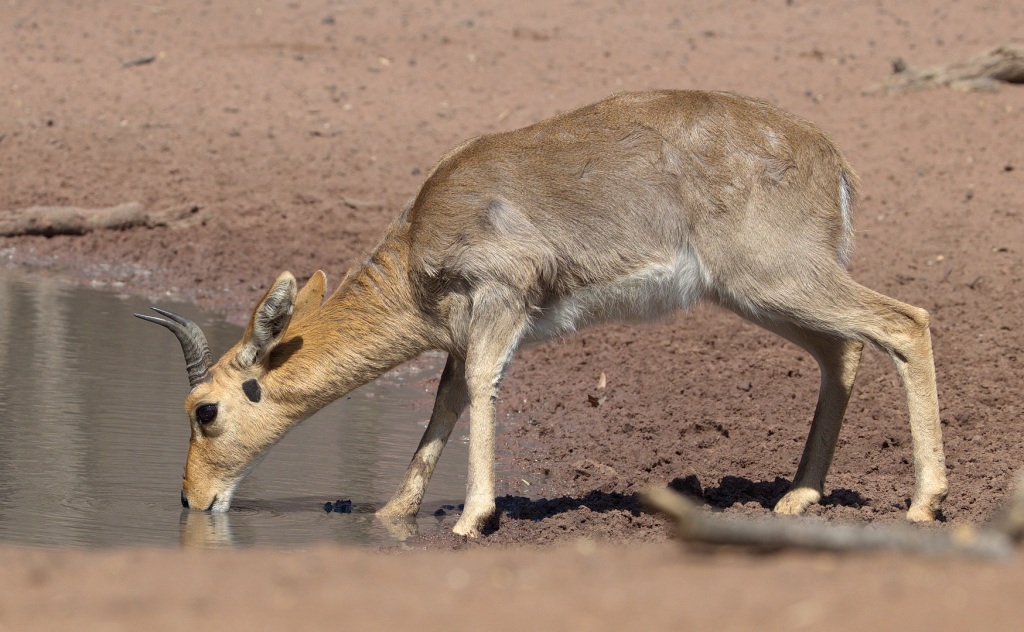
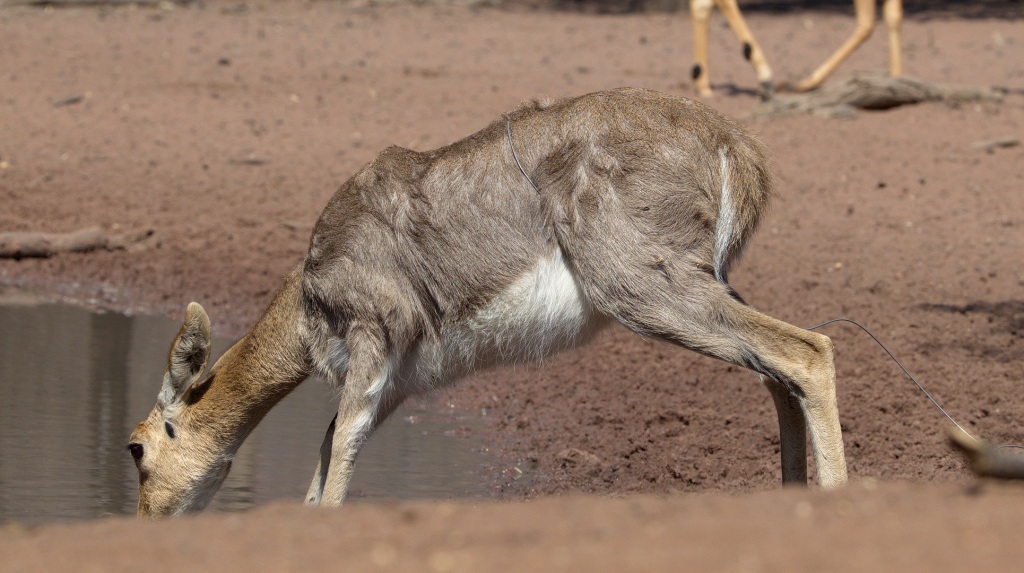
And then there were the birds:
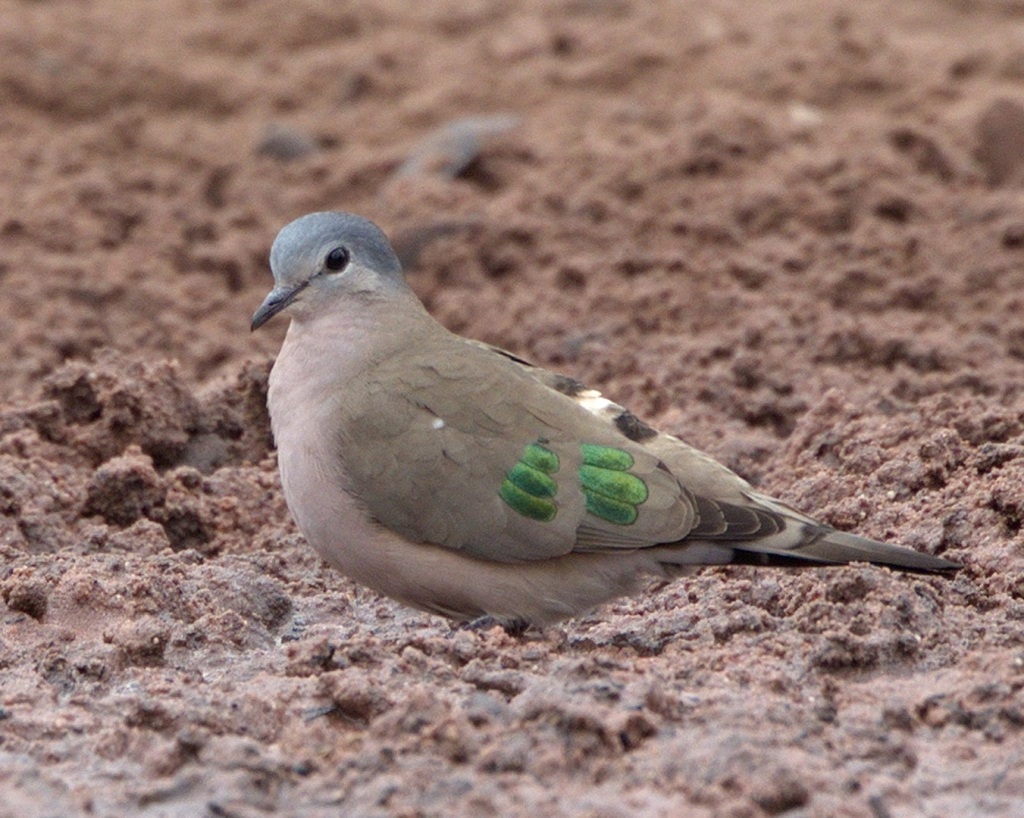

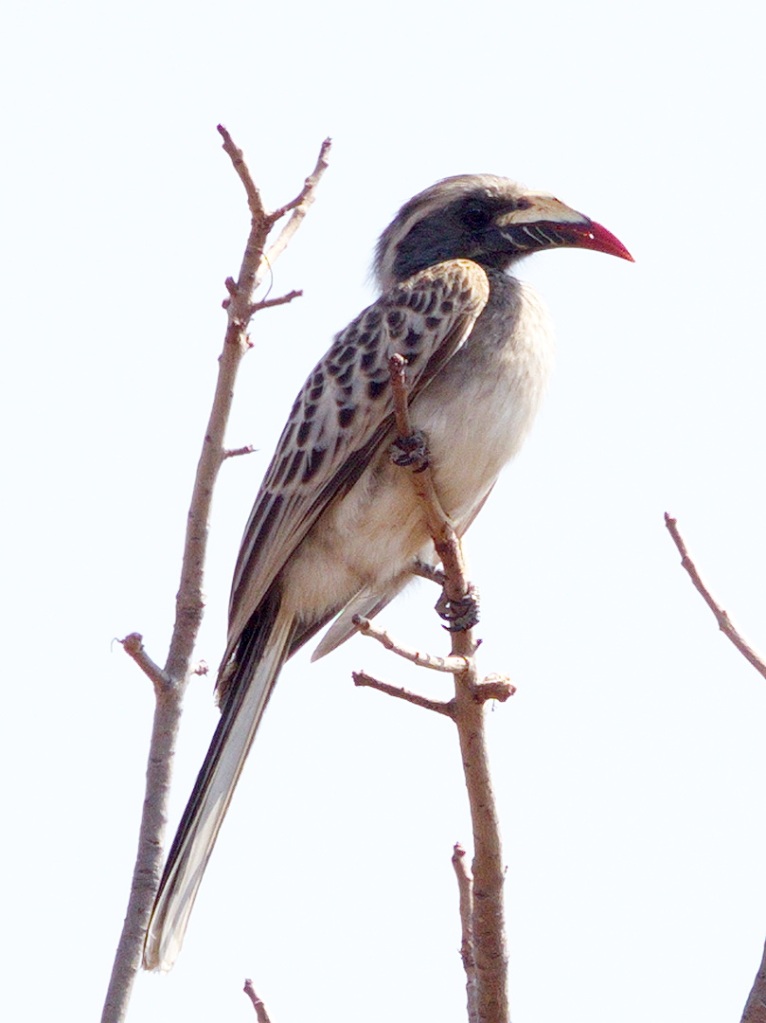
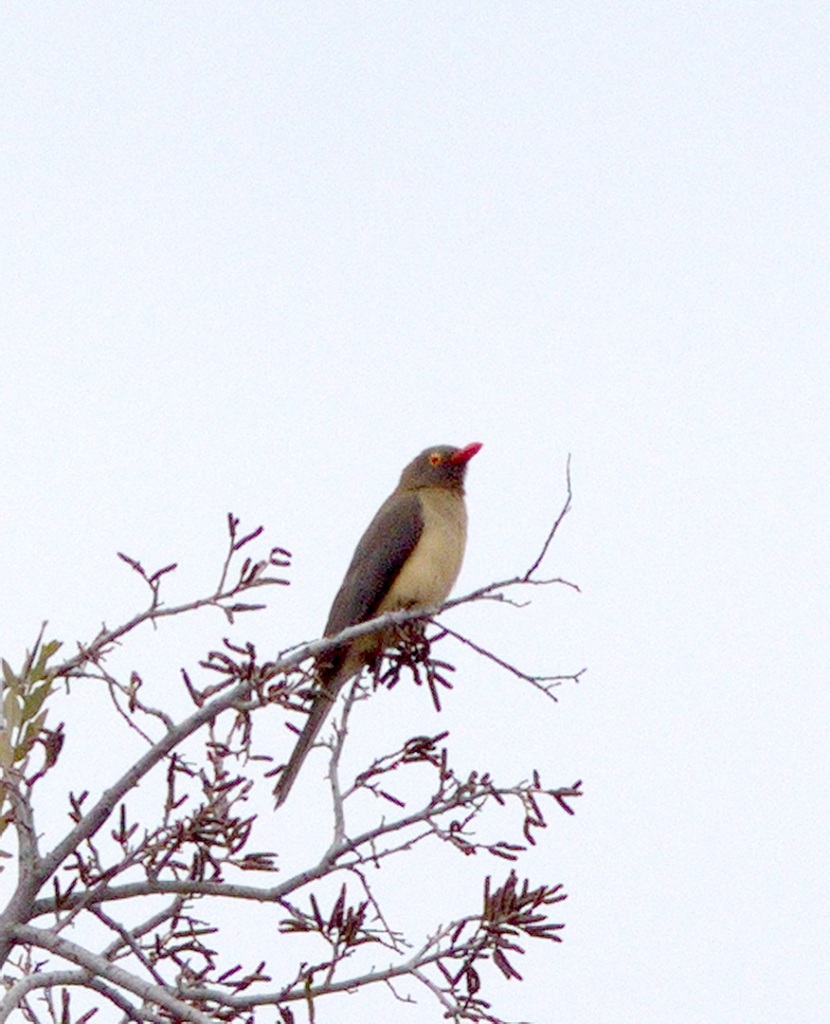
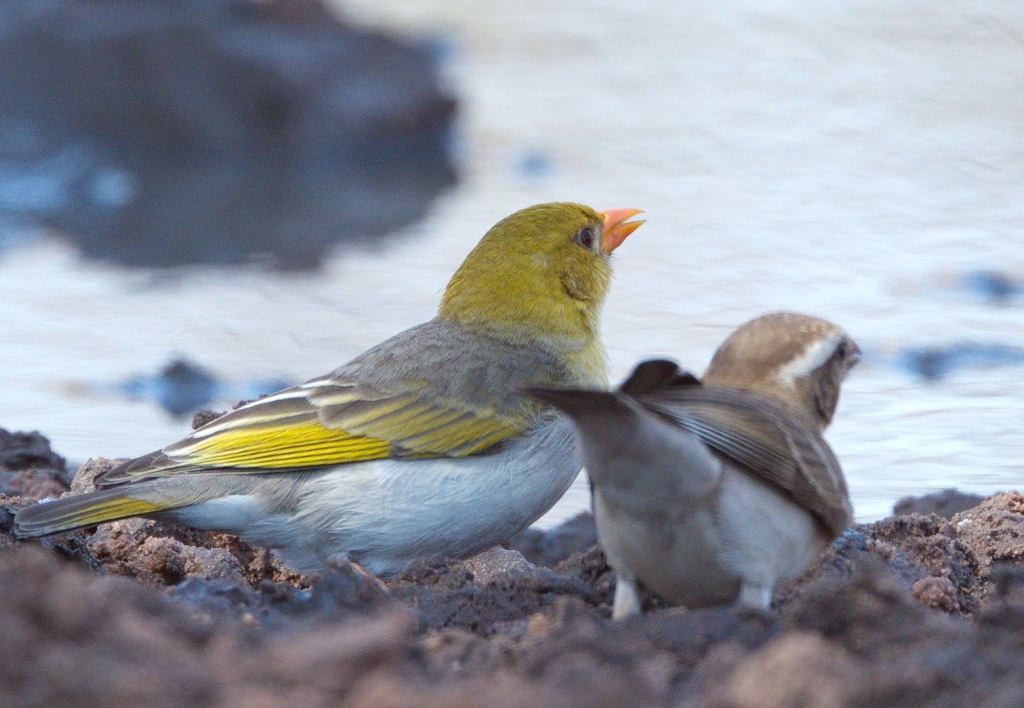
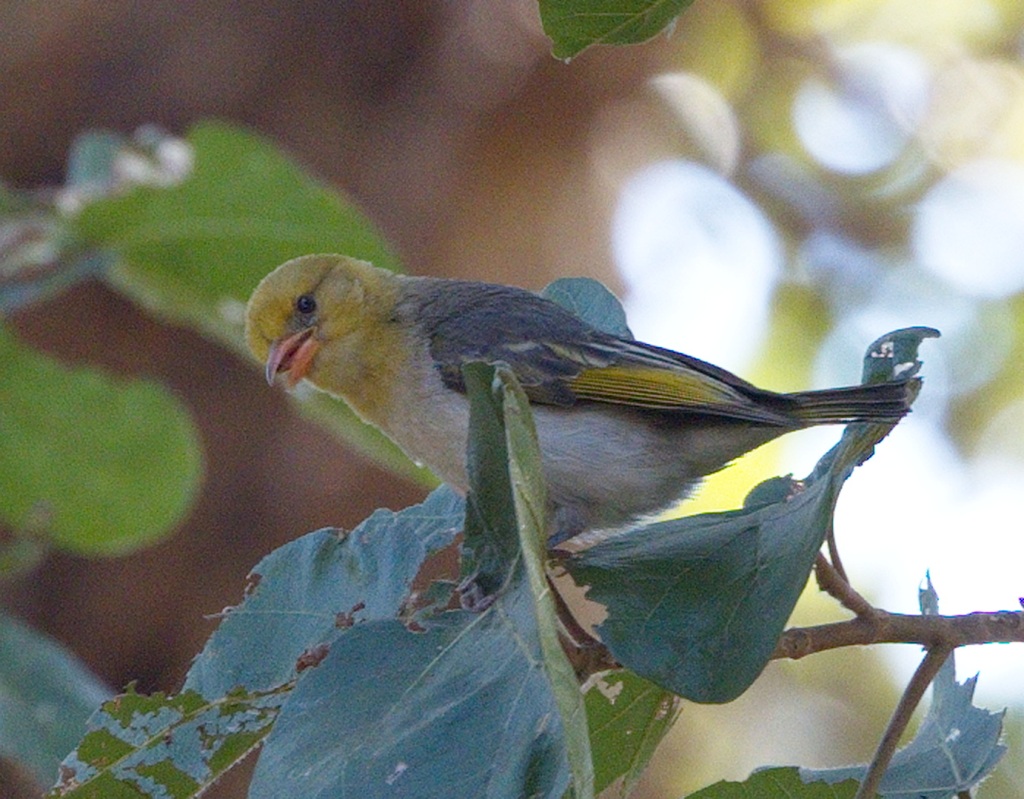

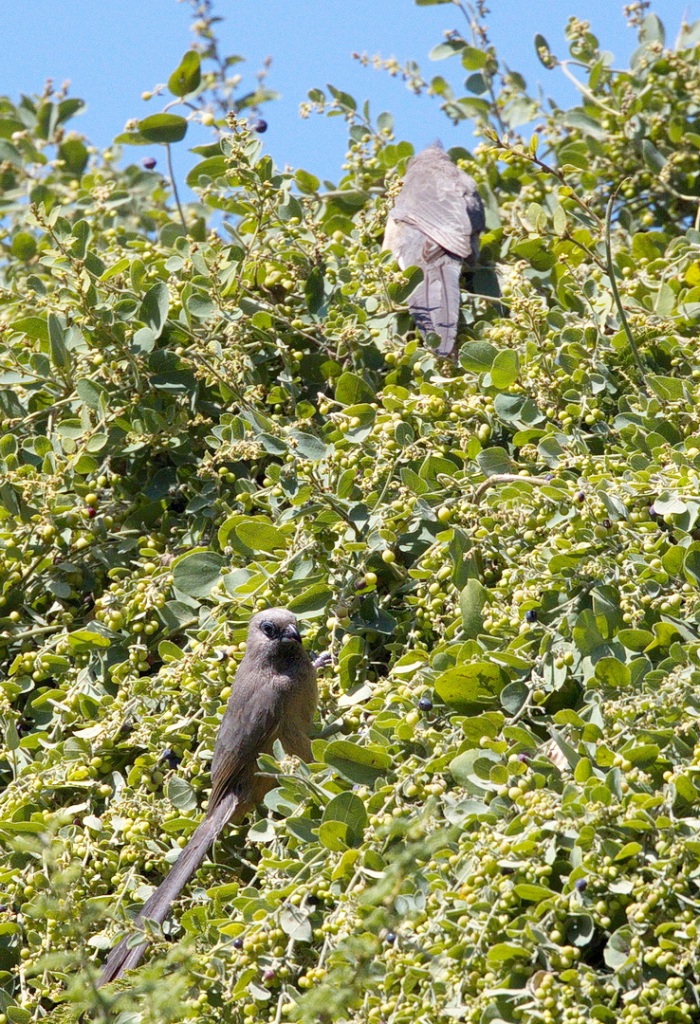
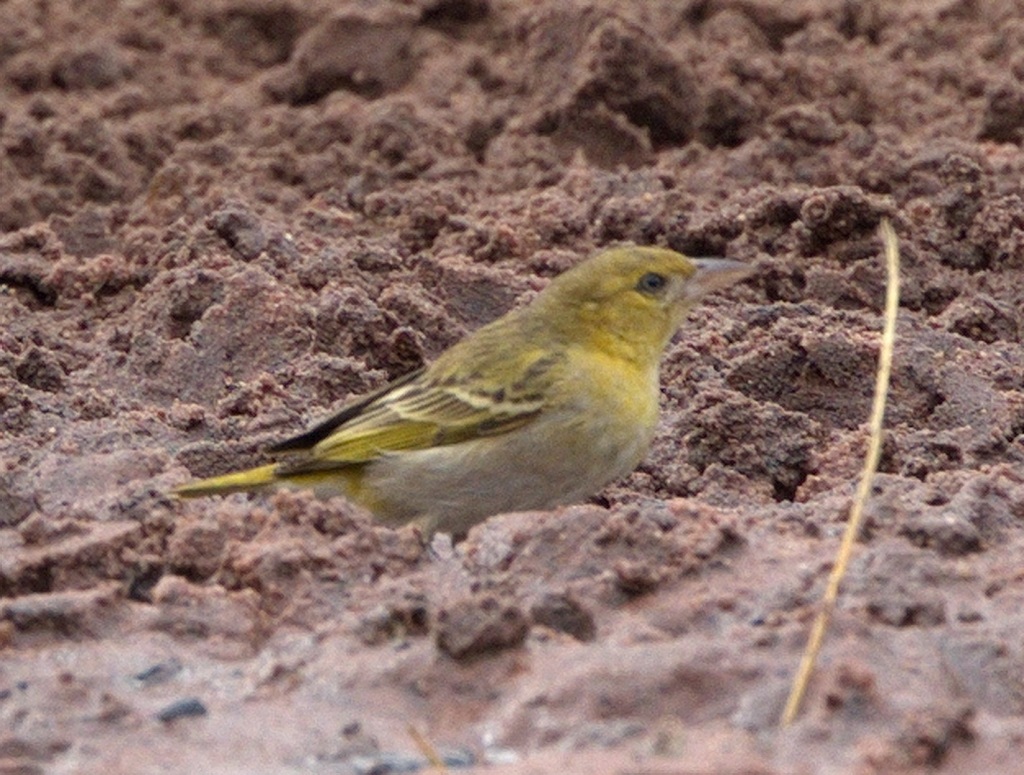
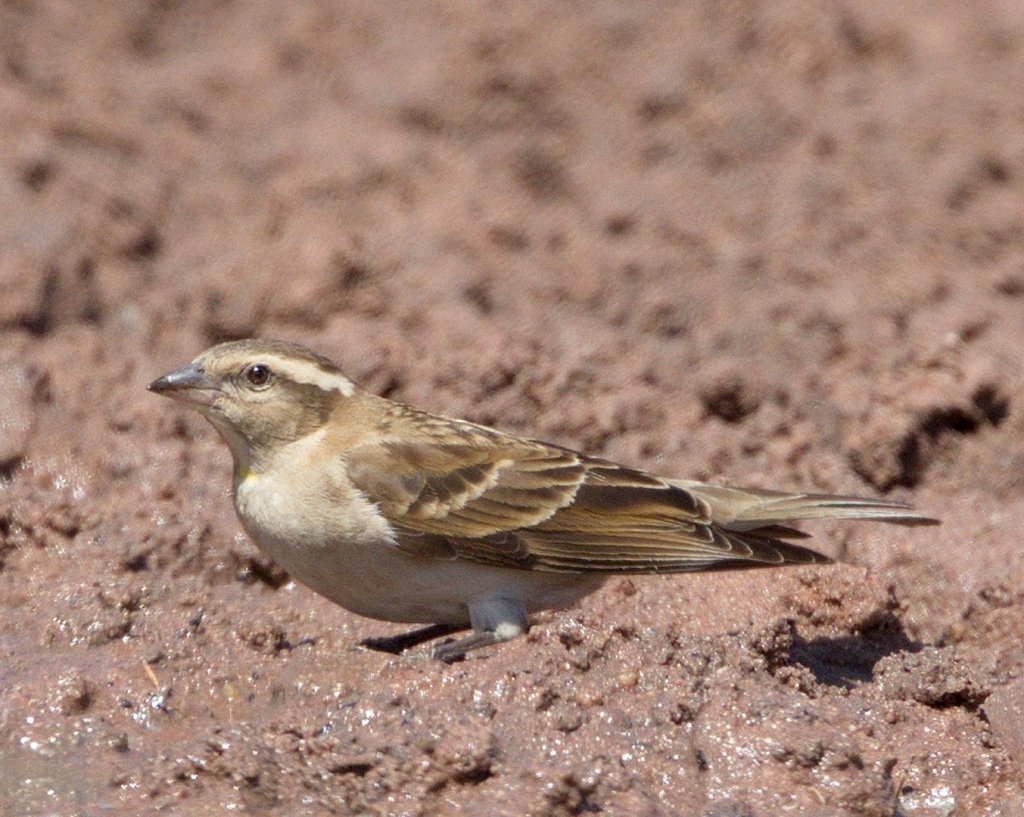

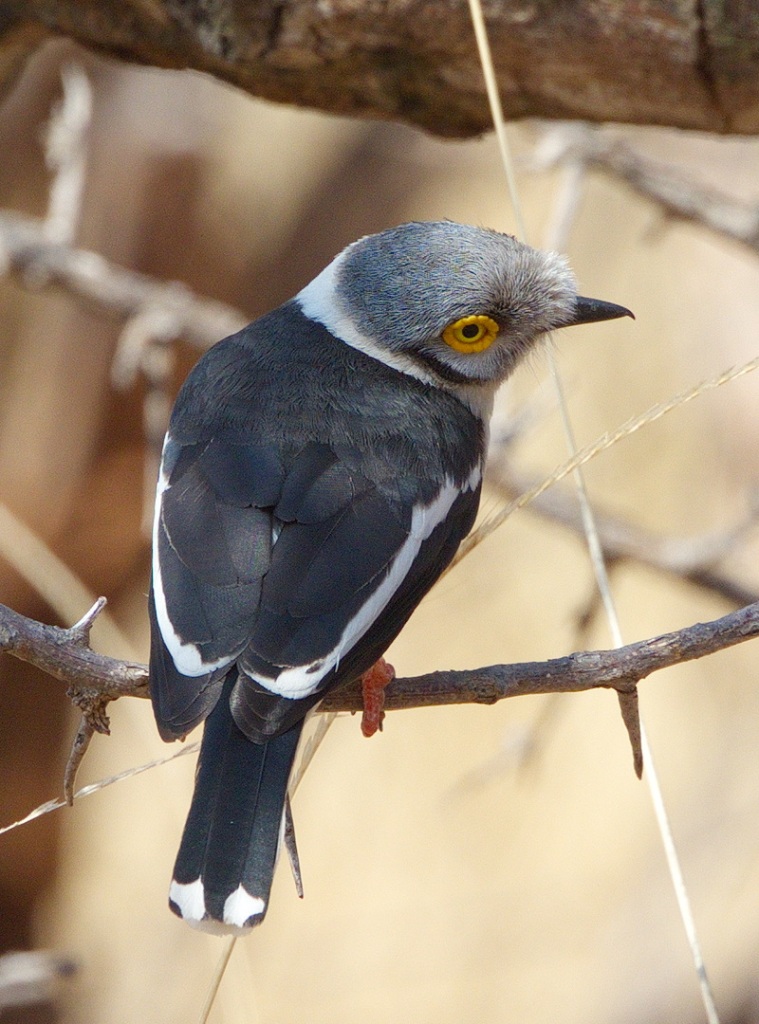
And the best for last – The Fig Tree Forest. It is not a big area but the bird life was great.
You are permitted to walk around the trail – easily done in 5 minutes but we took over an hour.
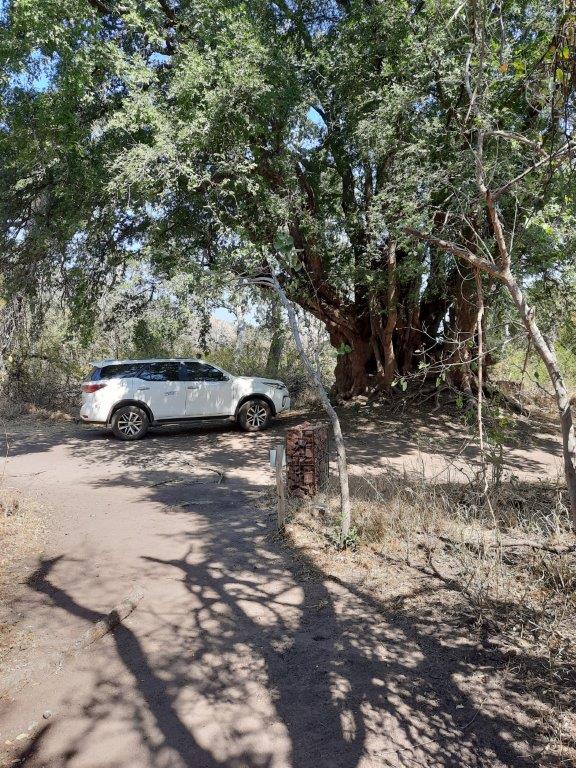
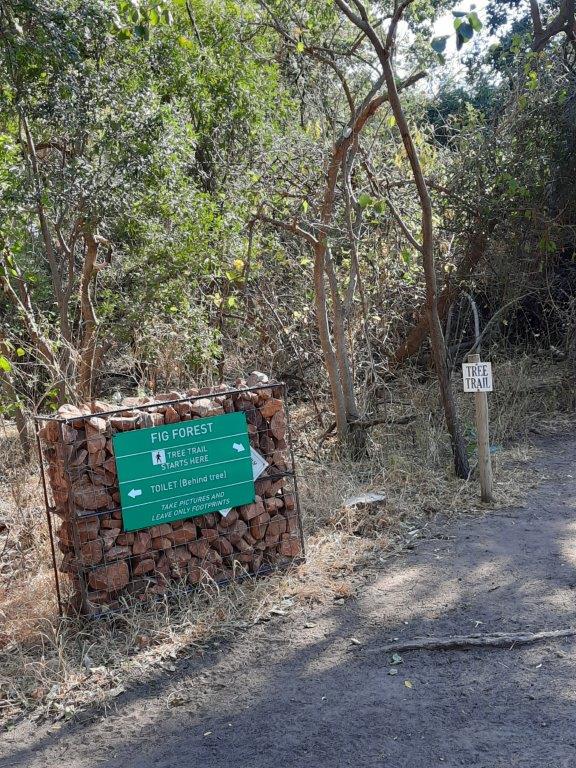



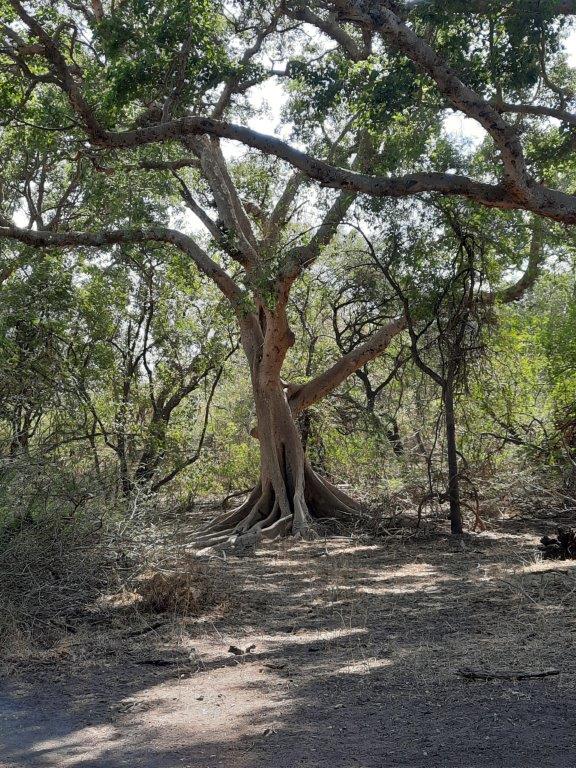
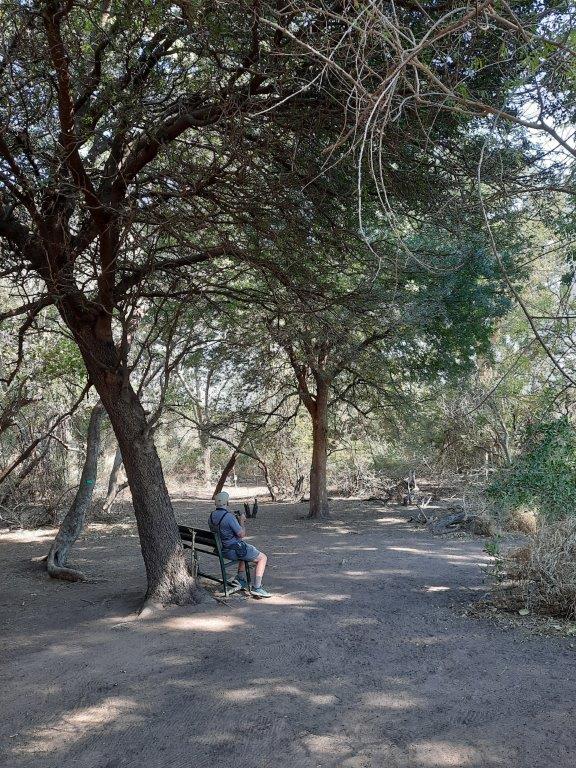

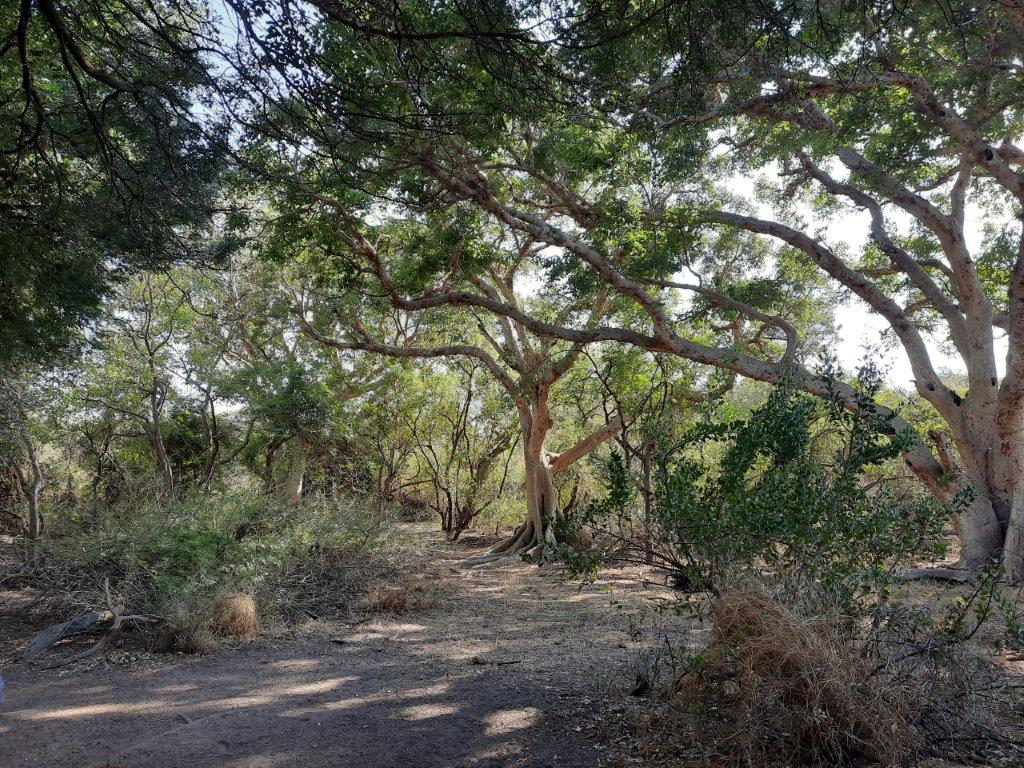

Such a variety of birds were seen in the bush, trees and on the ground. There were Robins, Robin-Chats (even an RCRC bird – Red-capped Robin-Chat which we thought unusual), Waxbills, Honeyguides, Bulbuls, Greenbuls, Green Woodhoopoes, Scimitarbills, Doves, Orioles, Pytilia, Kingfisher, Guineafowl, Mousebirds, Thrushes, Puffbacks, Weavers and more. It reminded us of a KZN coastal forest.
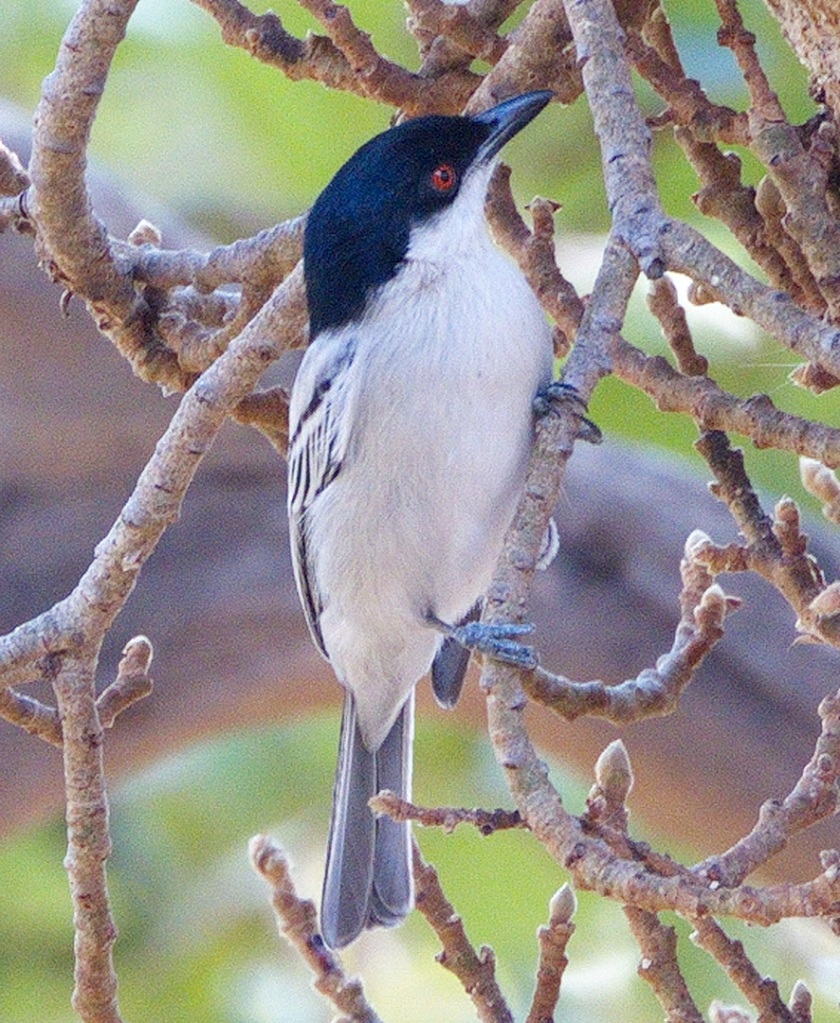
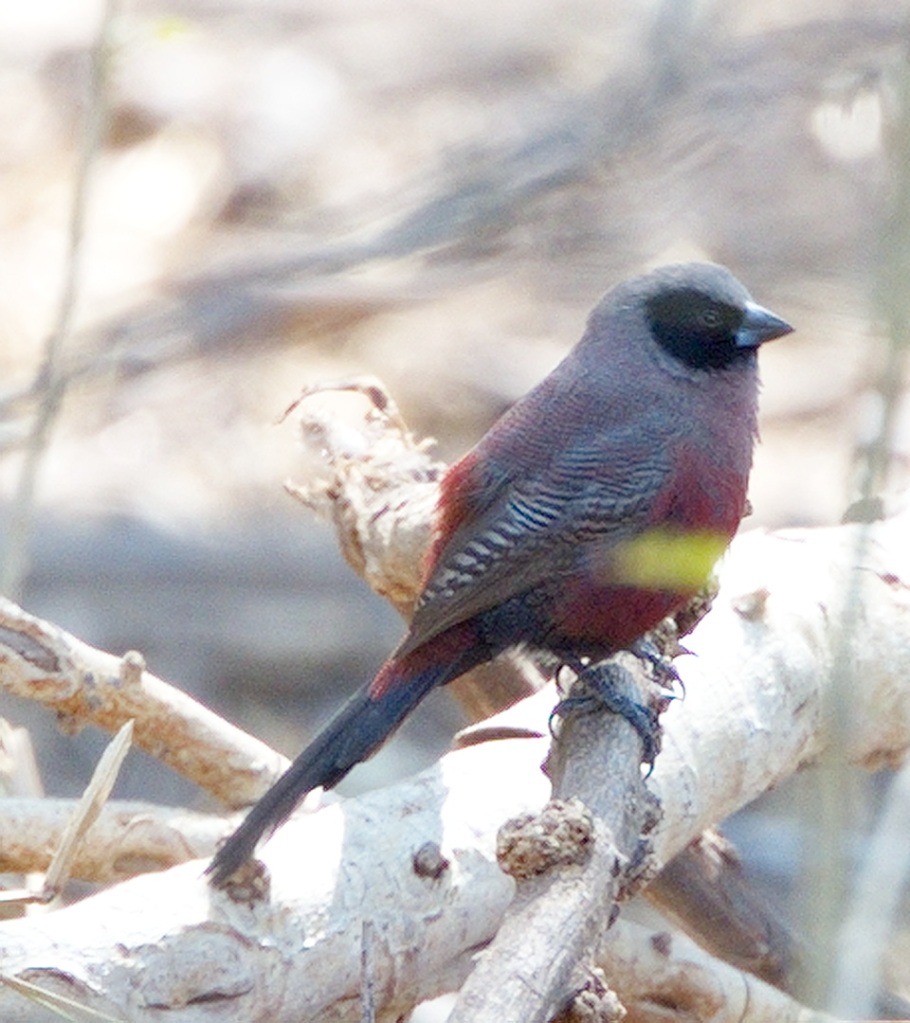
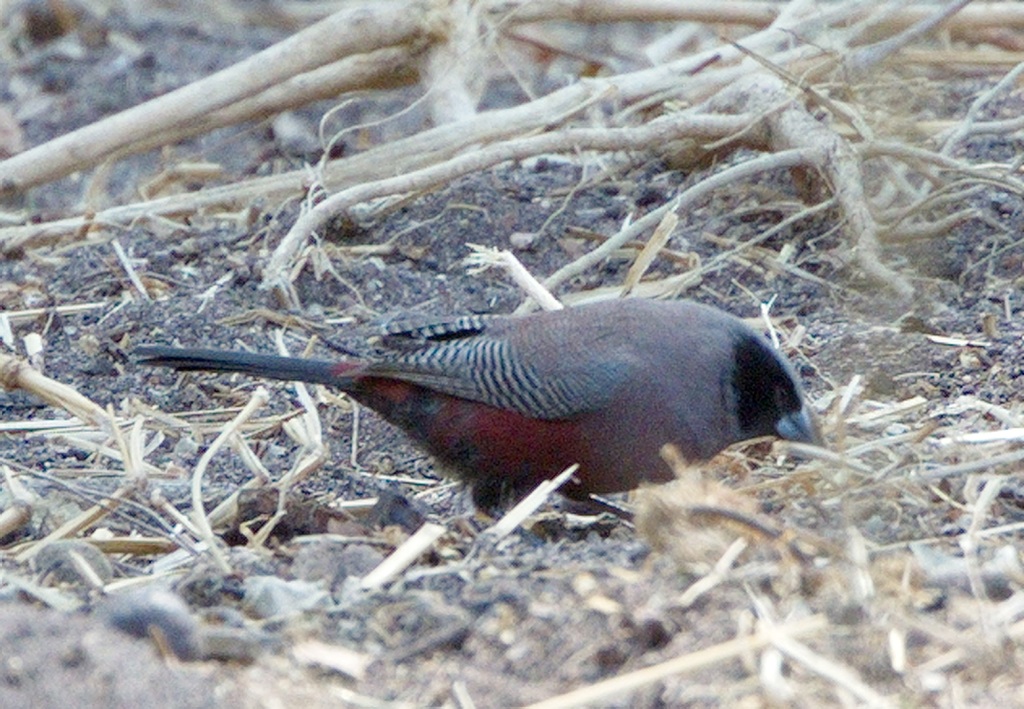
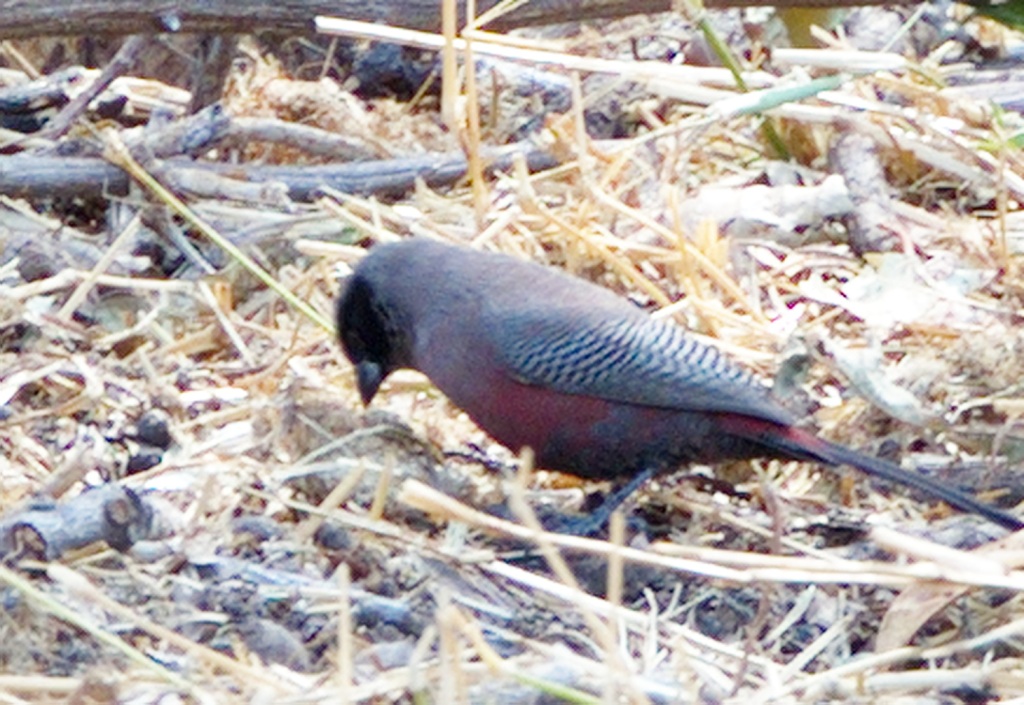
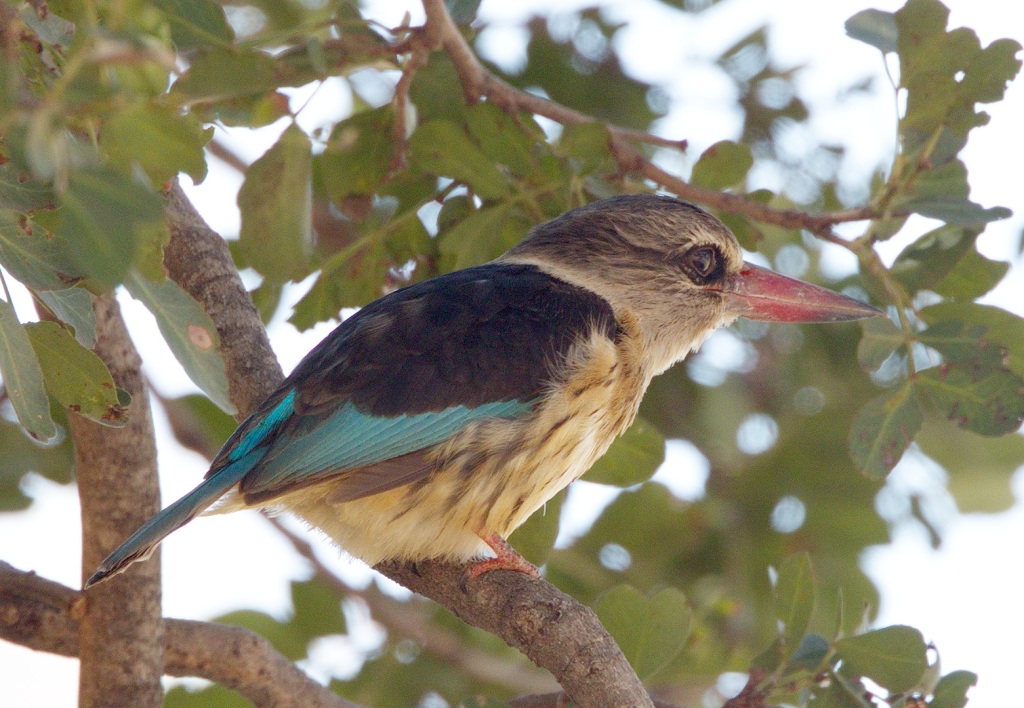

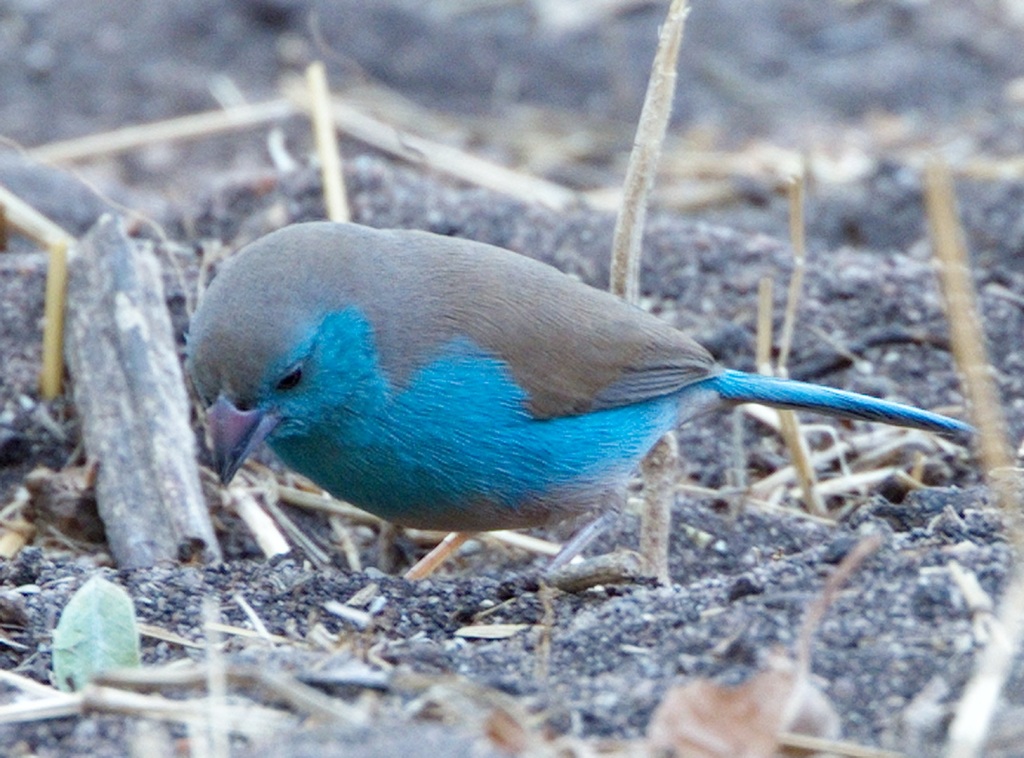

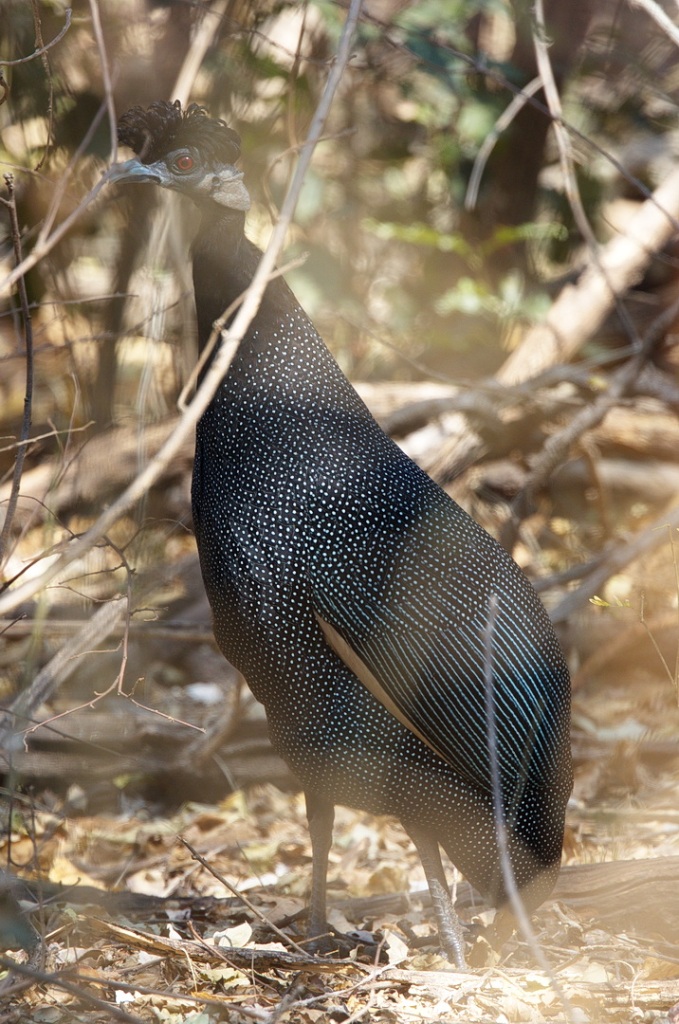
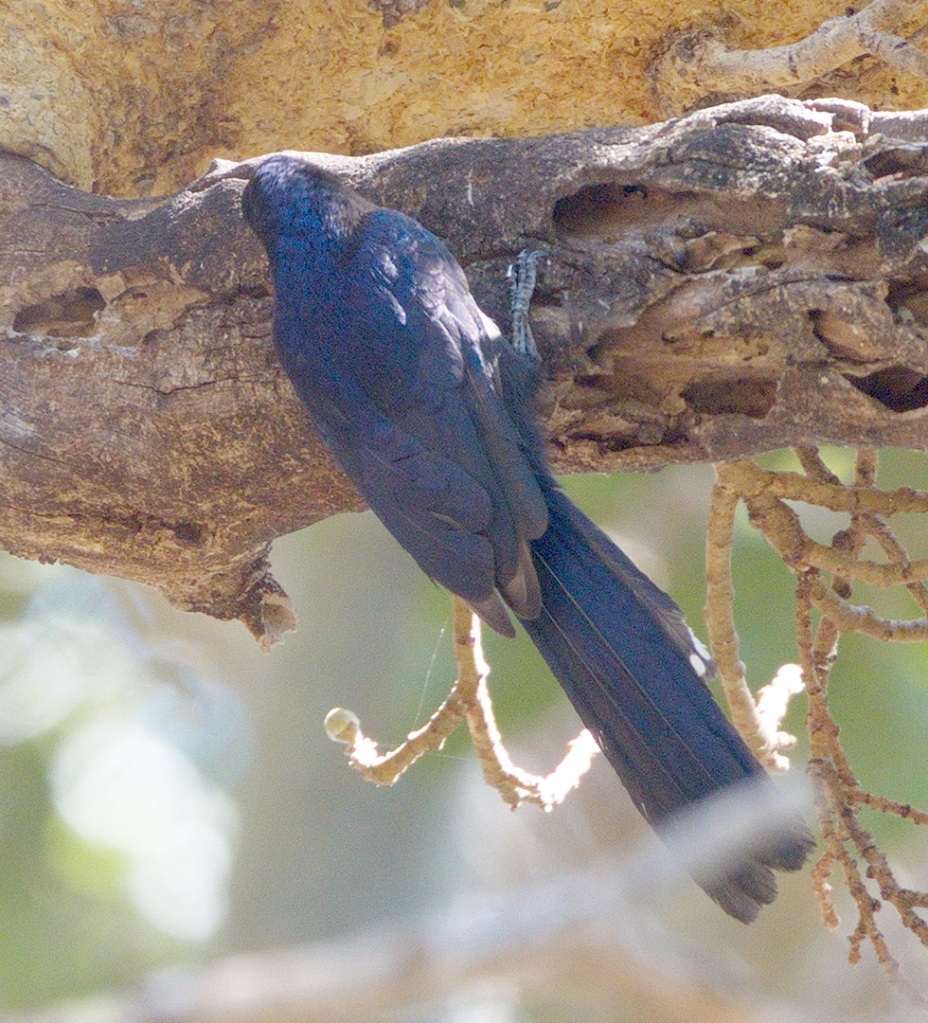
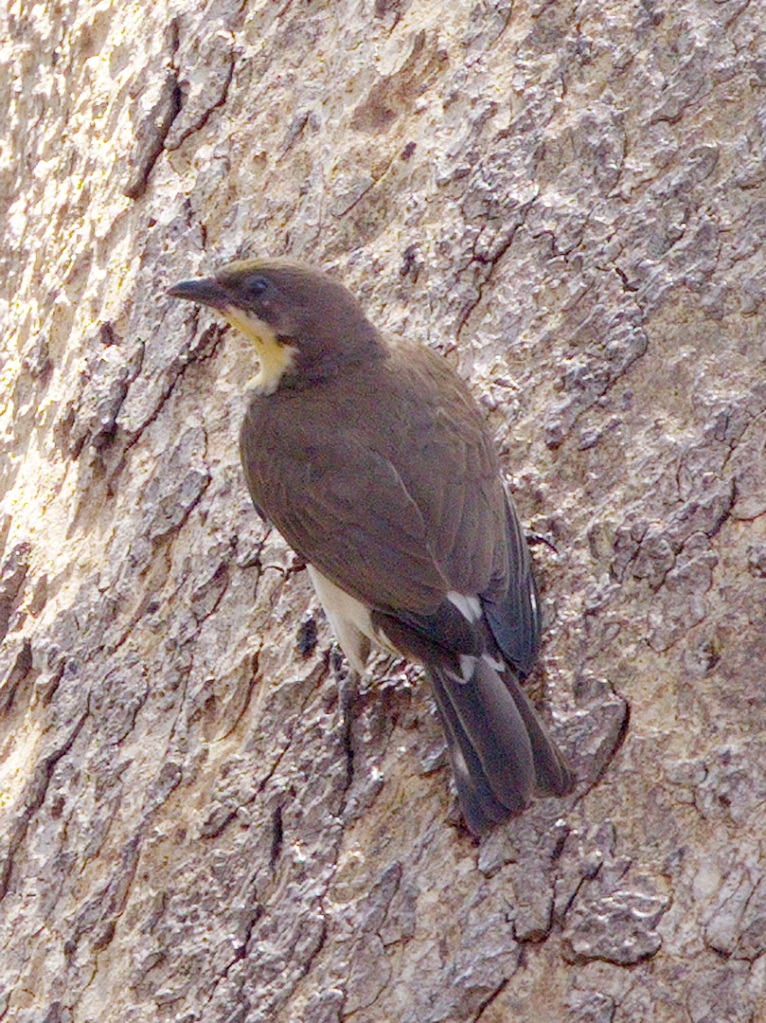
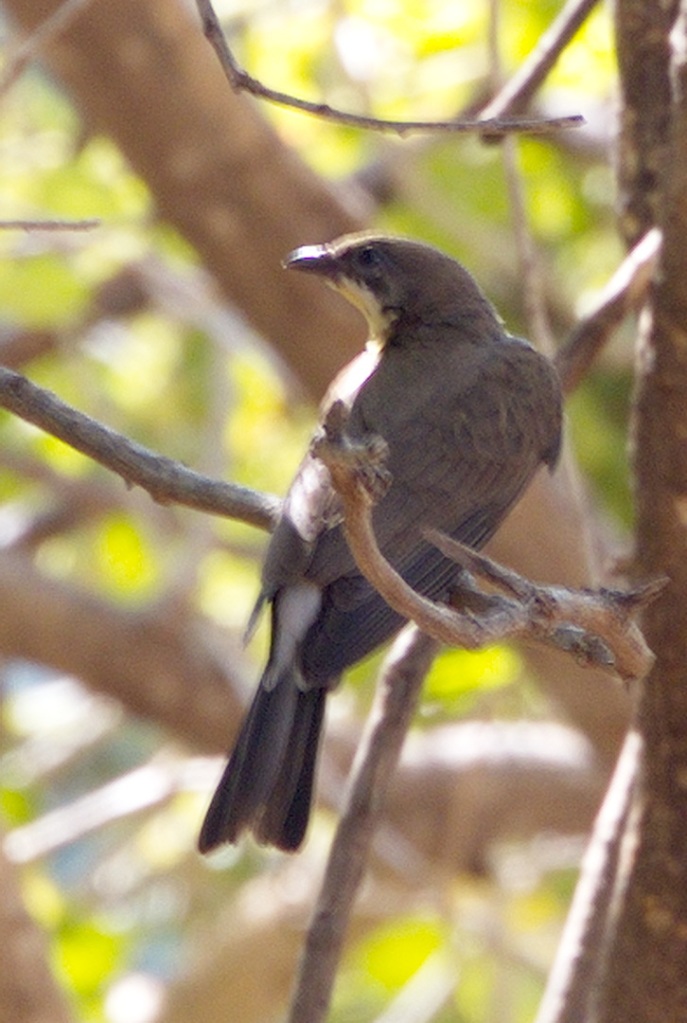



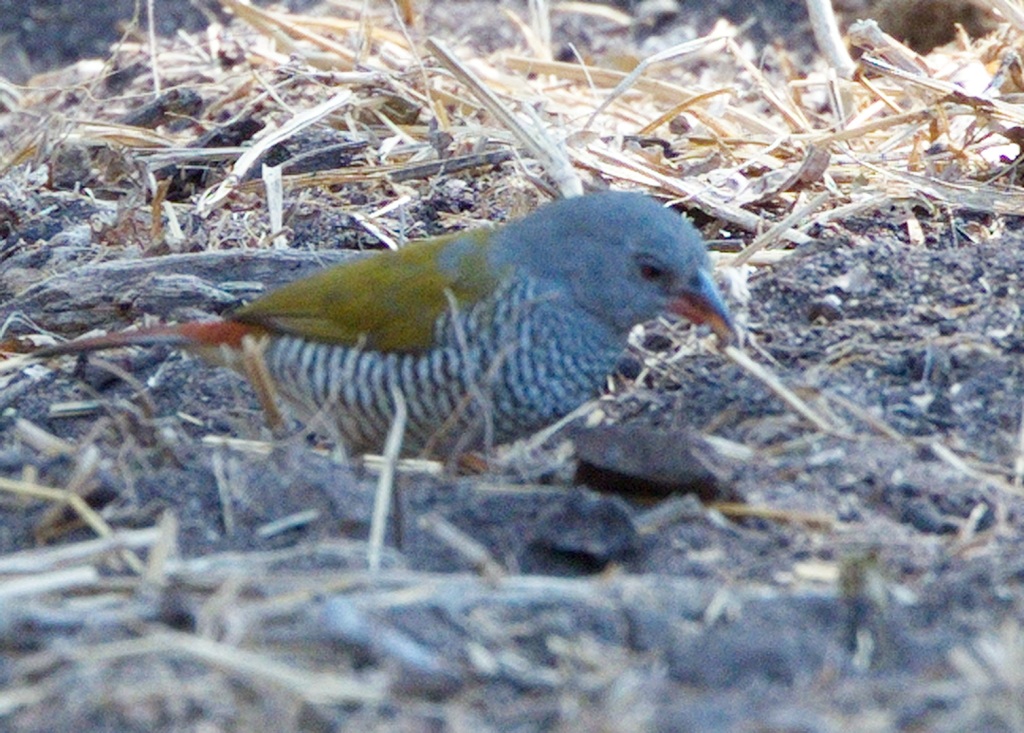
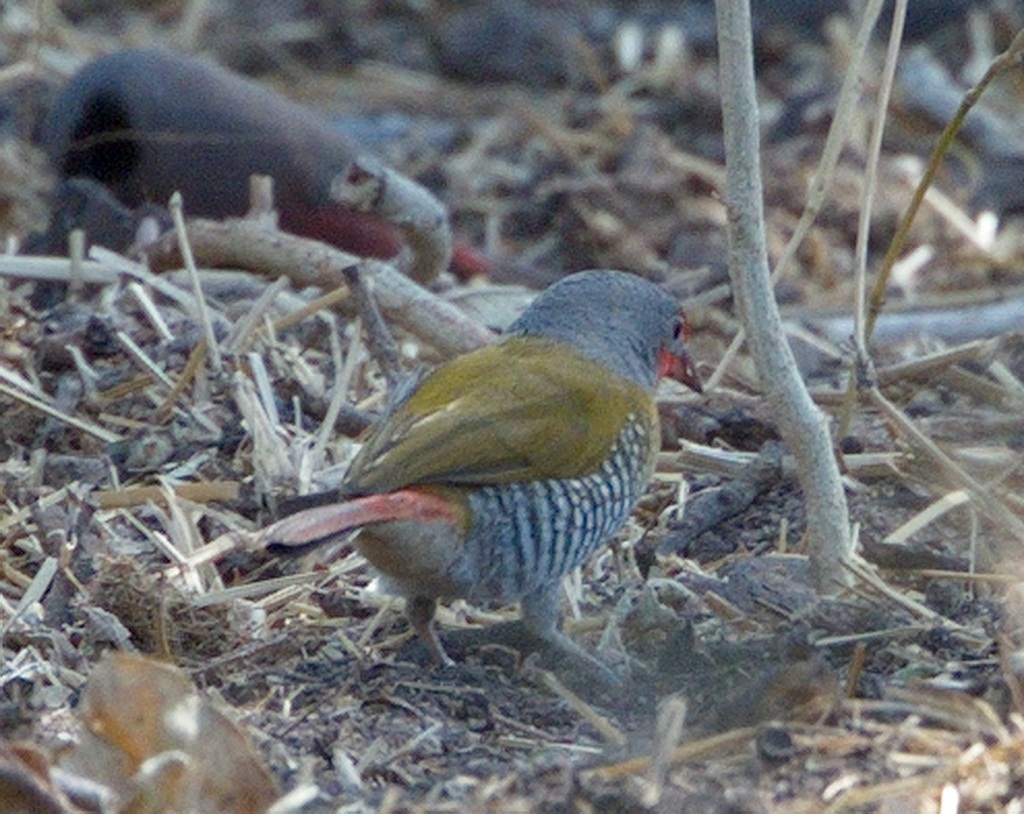
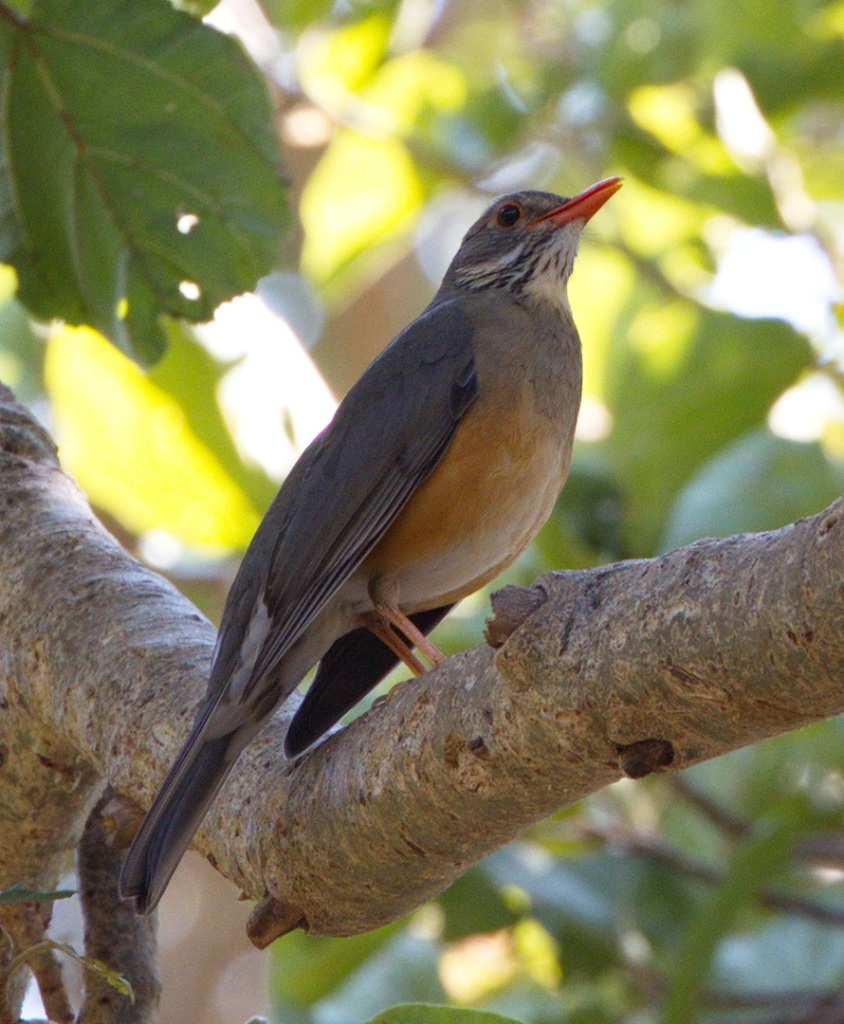


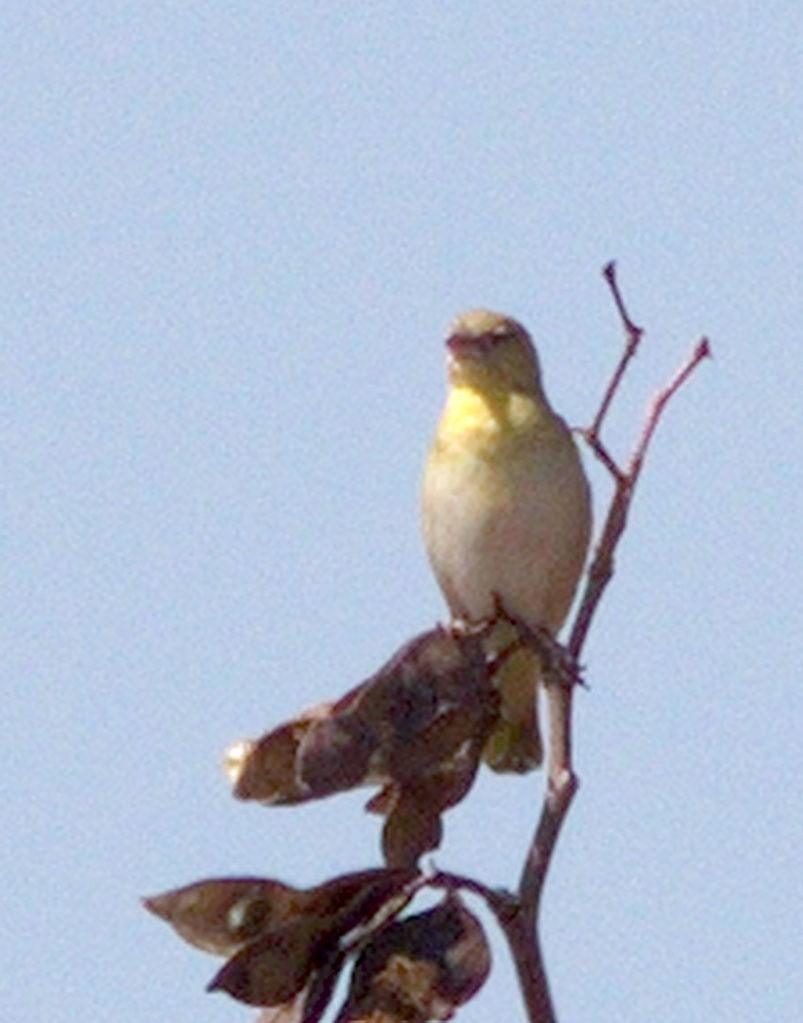

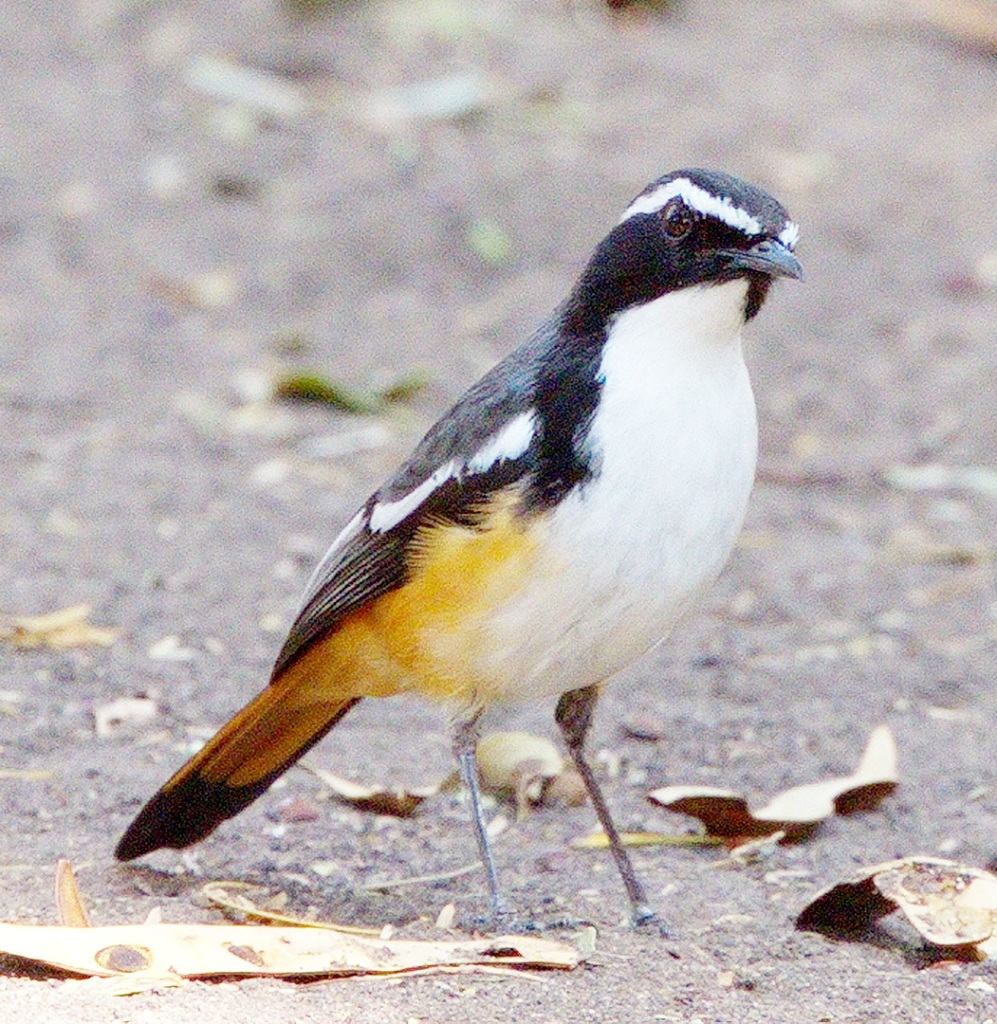
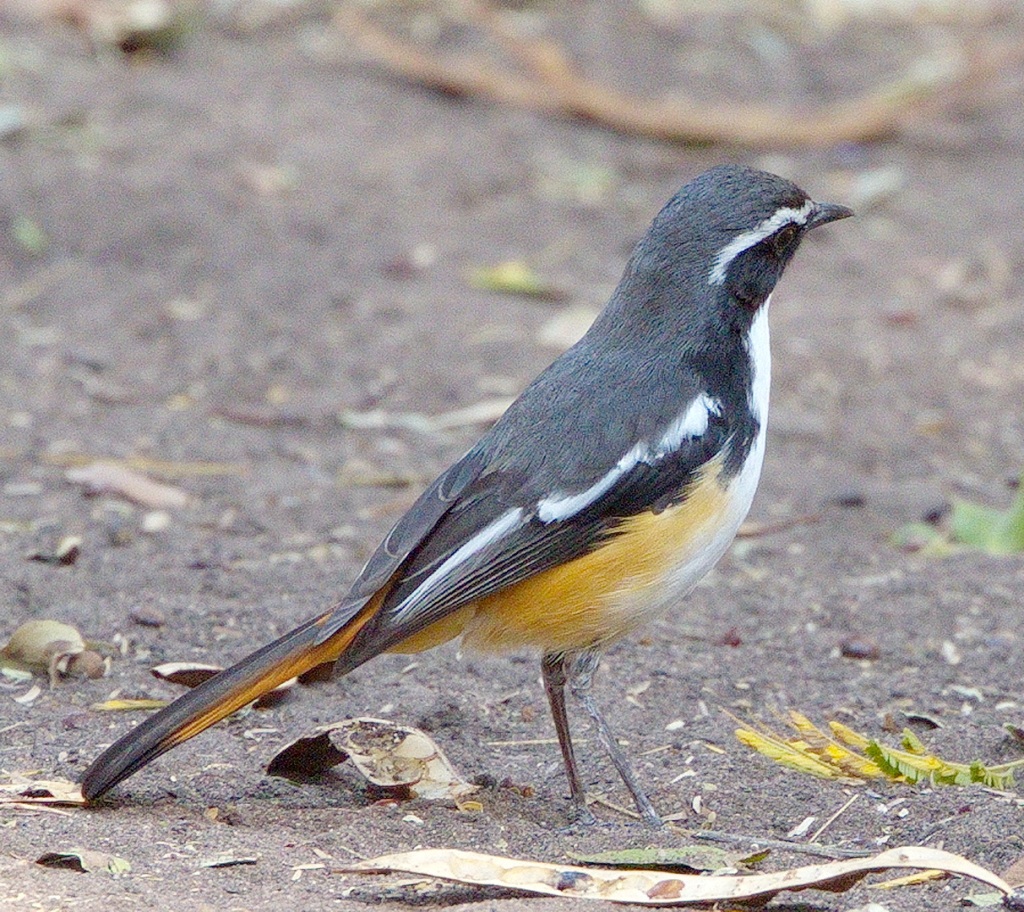
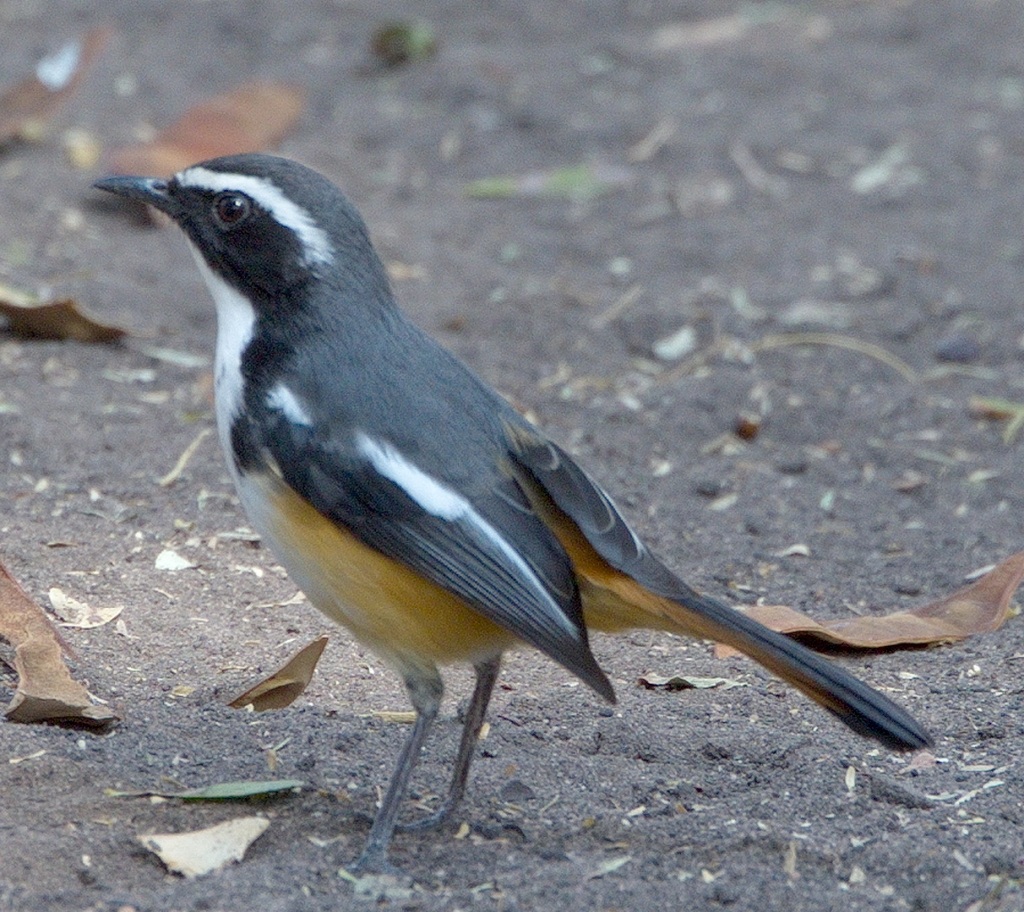

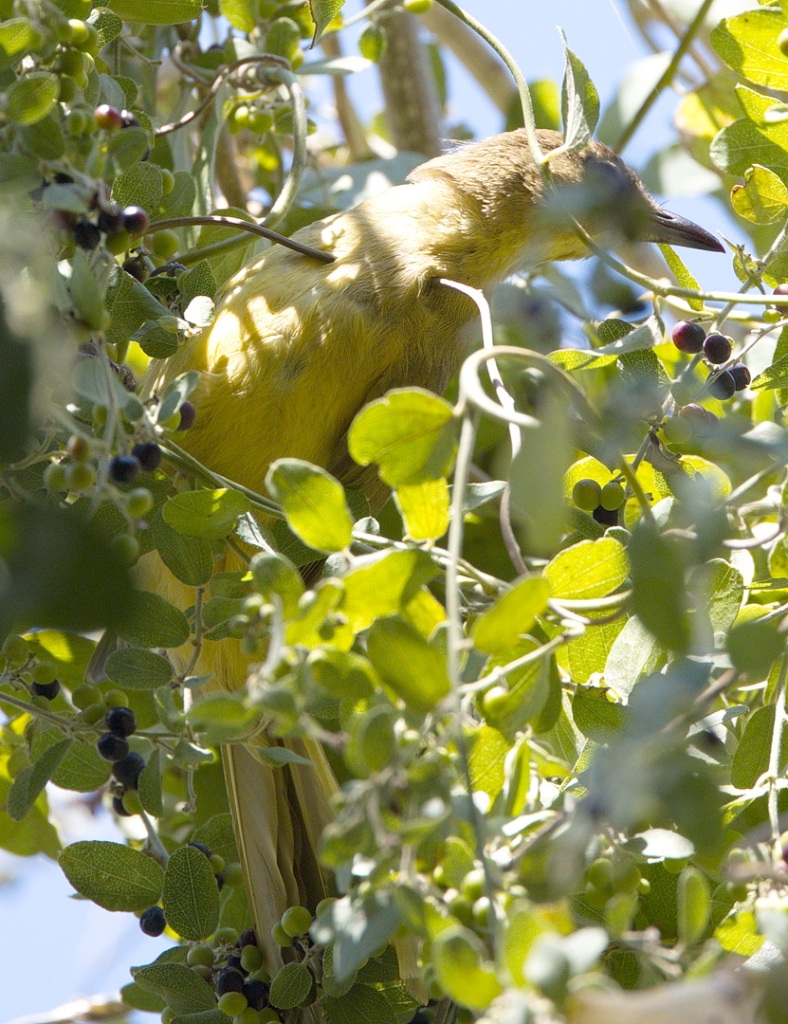
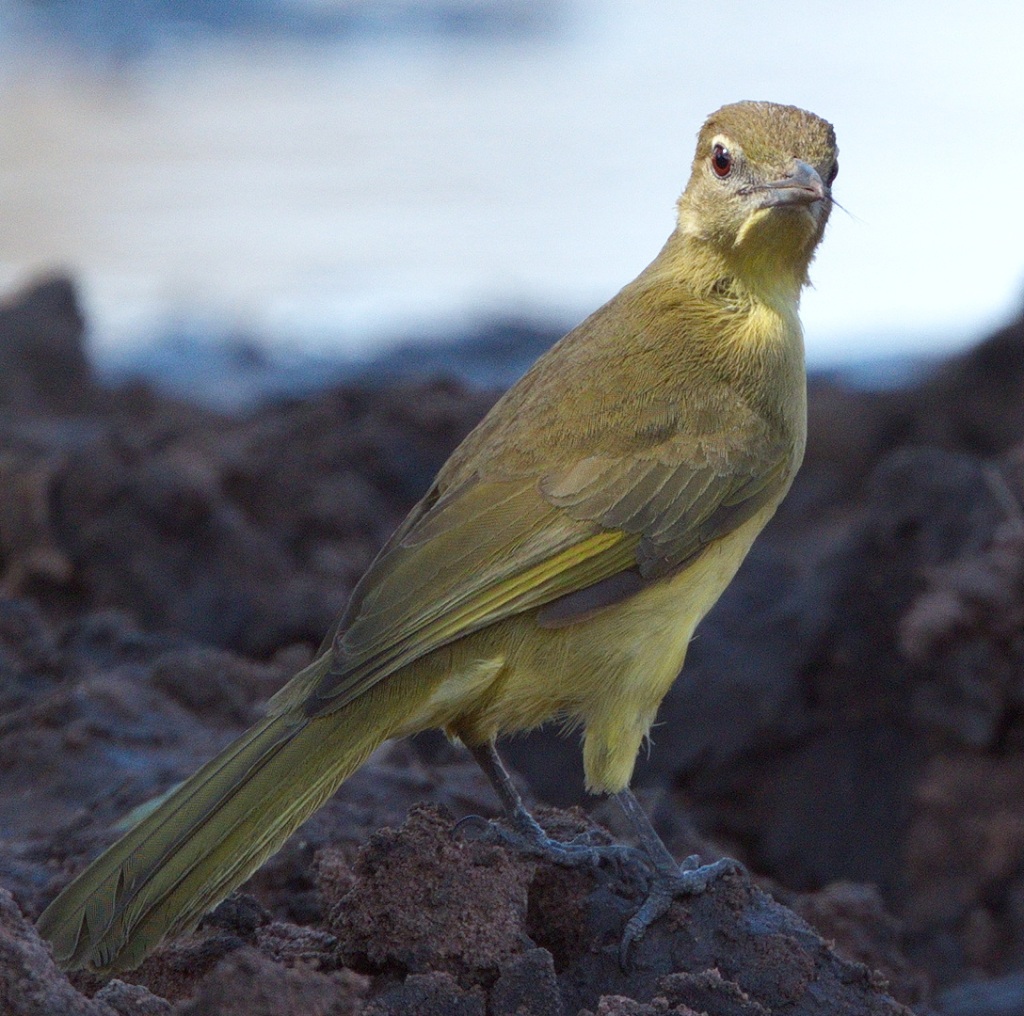
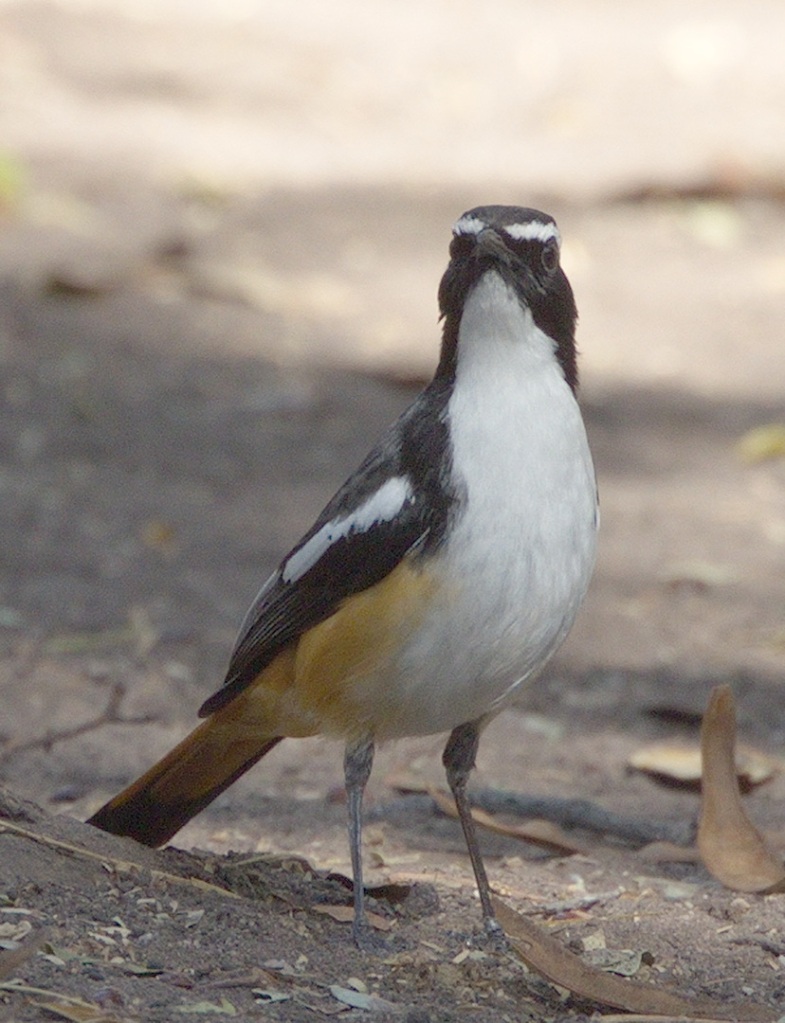
We would willingly go back here just for the Hide and the Fig Forest.
And then it was time to leave. As I was driving out of the campsite, Sally stopped me. And there on our left were a family of Retz’s Helmetshrikes. What a way to go!
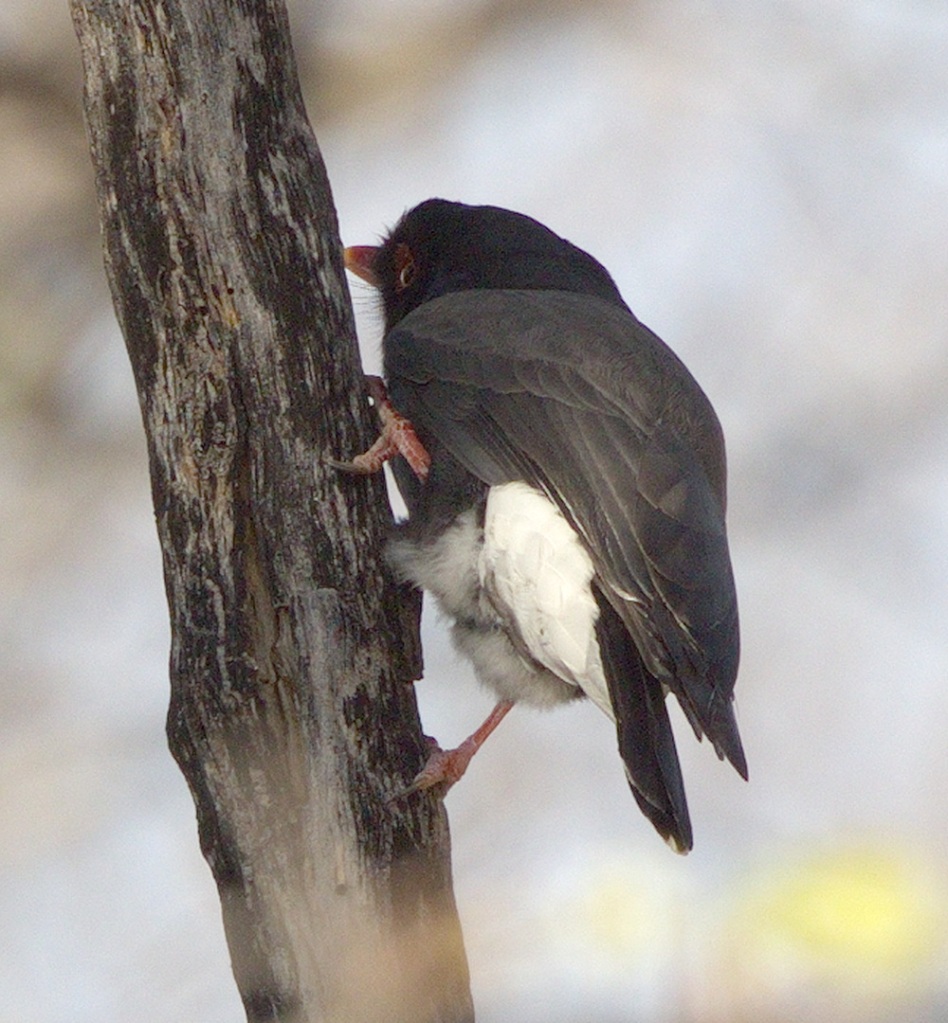
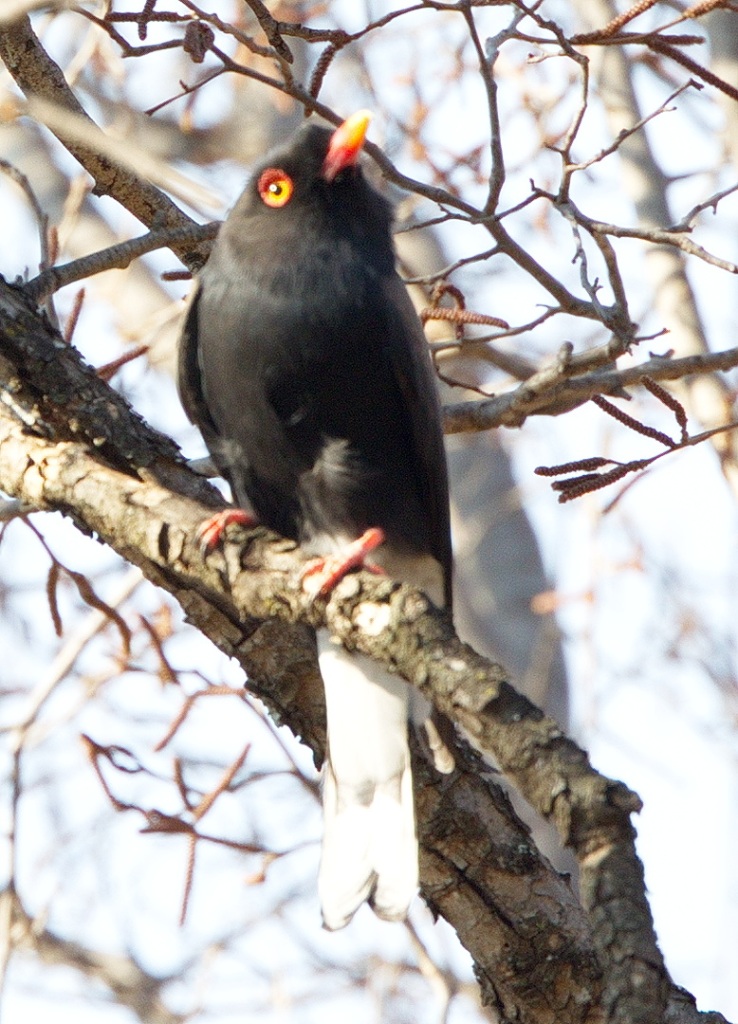

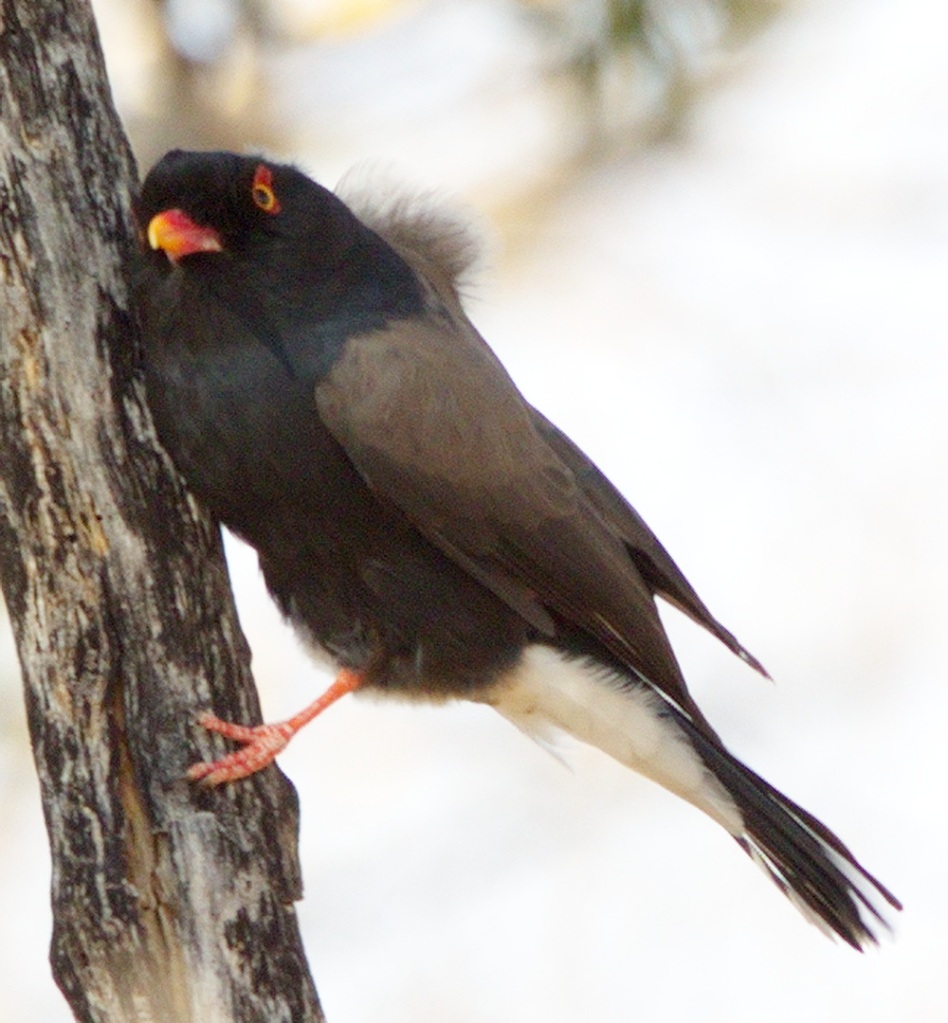
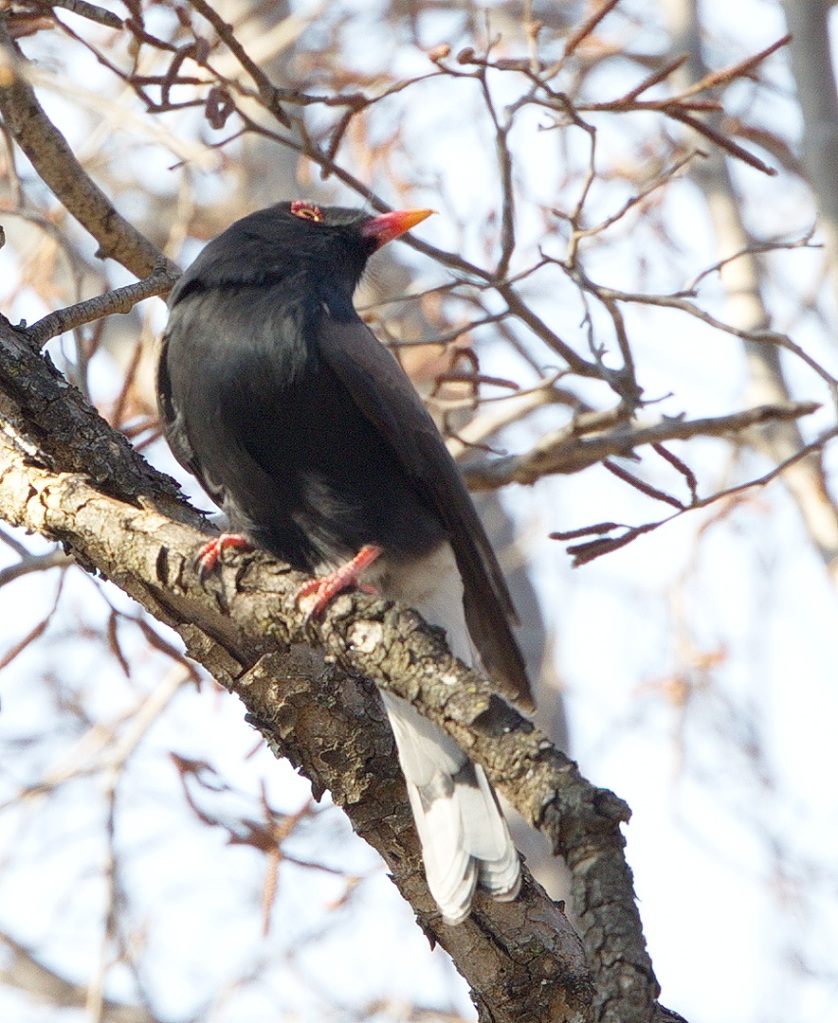
In all we identified 61 different bird species during our time at Blouberg.
And so ends Part 1.
Part 2 will start with our time in Mapungubwe.
Paul and Sally Bartho
